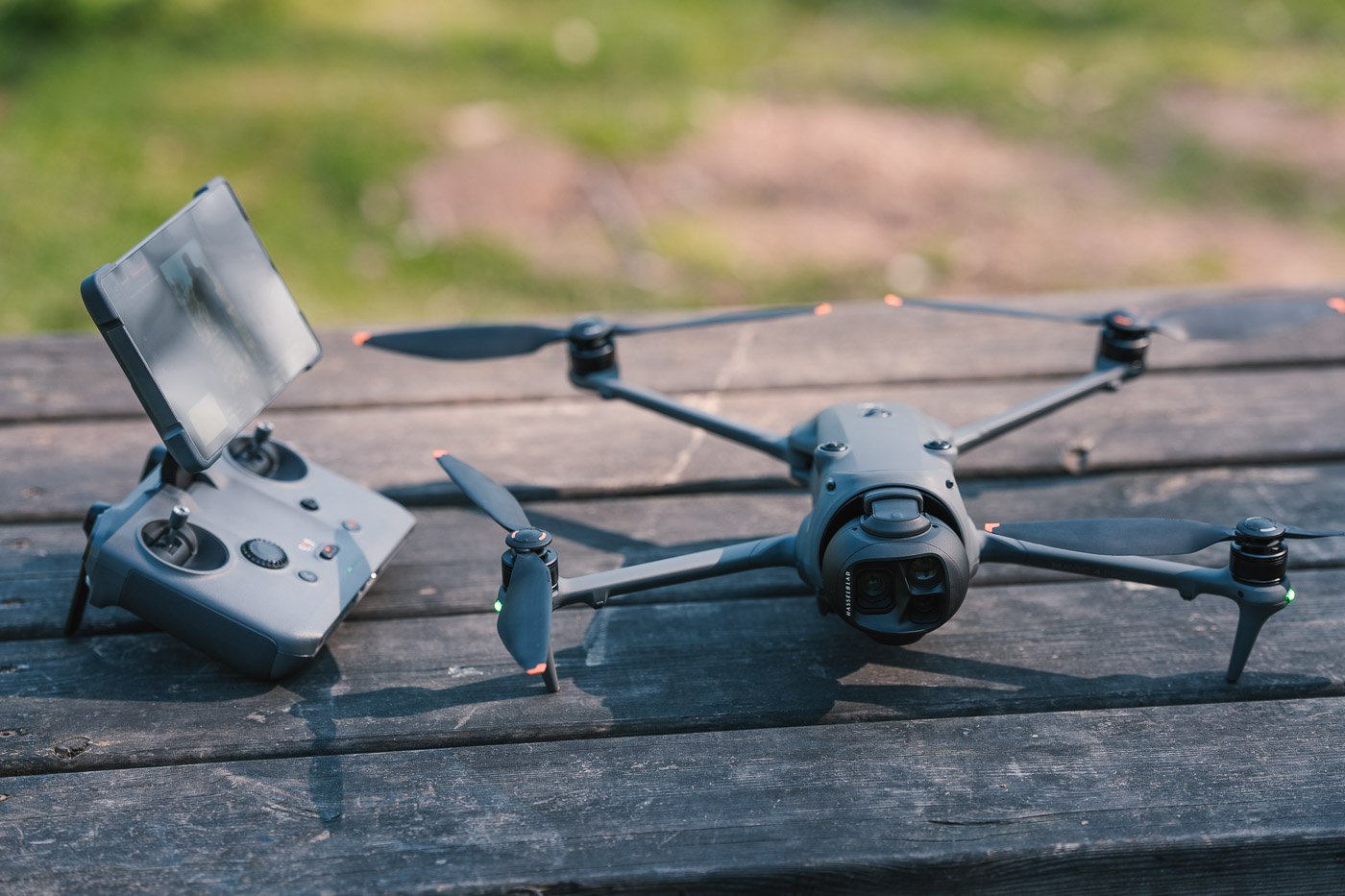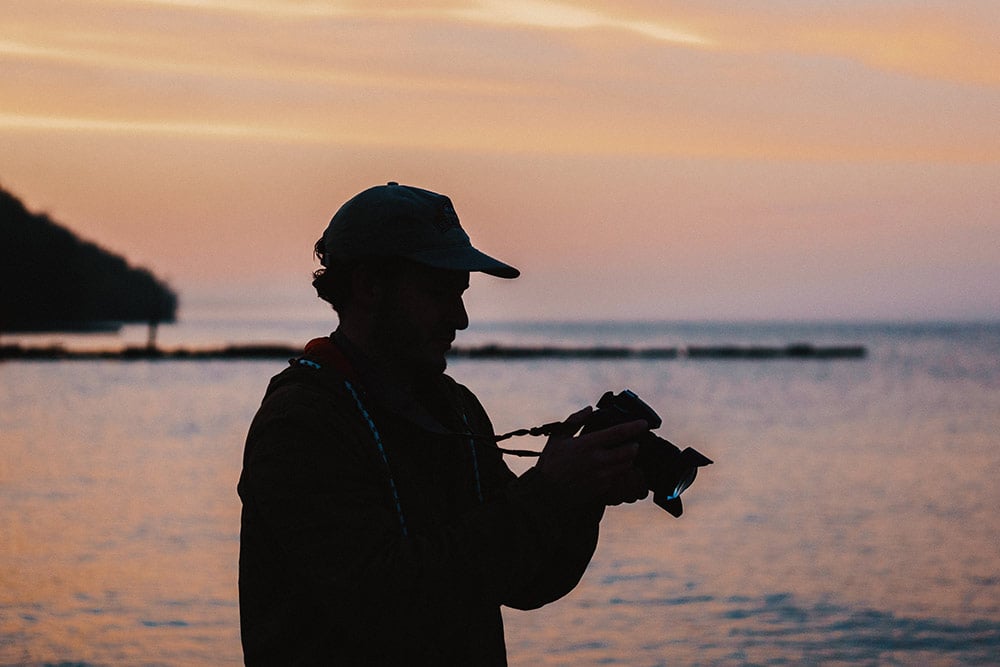In May 2025, DJI introduced the Mavic 4 Pro, marking a major return to the high-end “prosumer” drone market. After a year focused on more compact models like the Mini 4K and Air 3S, the Chinese tech giant now sets its sights on creators seeking cinema-grade footage in a portable form factor.
The Mavic 4 Pro stands out with a host of advanced features designed to push the boundaries of aerial videography. Its triple-lens system is headlined by a Hasselblad 4/3” sensor capable of capturing stunning 100 MP stills. Other highlights include a 360° rotating gimbal for dynamic camera movements, support for vertical video, and 6K video recording at up to 60 fps. DJI also adds a LiDAR sensor for enhanced obstacle detection and precision in low-light conditions, along with an impressive 51 minutes of flight time—among the best in its class.
But technical specs only tell part of the story. We spent several weeks putting the Mavic 4 Pro to the test in real-world shooting conditions. Here’s our in-depth review of DJI’s most ambitious consumer drone to date.
Sommaire
- Introducing the DJI Mavic 4 Pro
- Handling and Ergonomics
- Major New Features of the DJI Mavic 4 Pro
- Flight Performance of the DJI Mavic 4 Pro
- Photo Image Quality of the DJI Mavic 4 Pro
- Video Performance of the DJI Mavic 4 Pro
- ActiveTrack 360 and Smart Modes
- Battery Life and Connectivity
- DJI Mavic 4 Pro: A Fully-Featured Photo and Video Drone
Introducing the DJI Mavic 4 Pro
With the Mavic 4 Pro, DJI thoroughly updates its flagship drone. As the successor to the Mavic 3 Pro, this new model represents a significant evolution, aiming to push the limits of what a “consumer” drone can offer in terms of video (and photo).
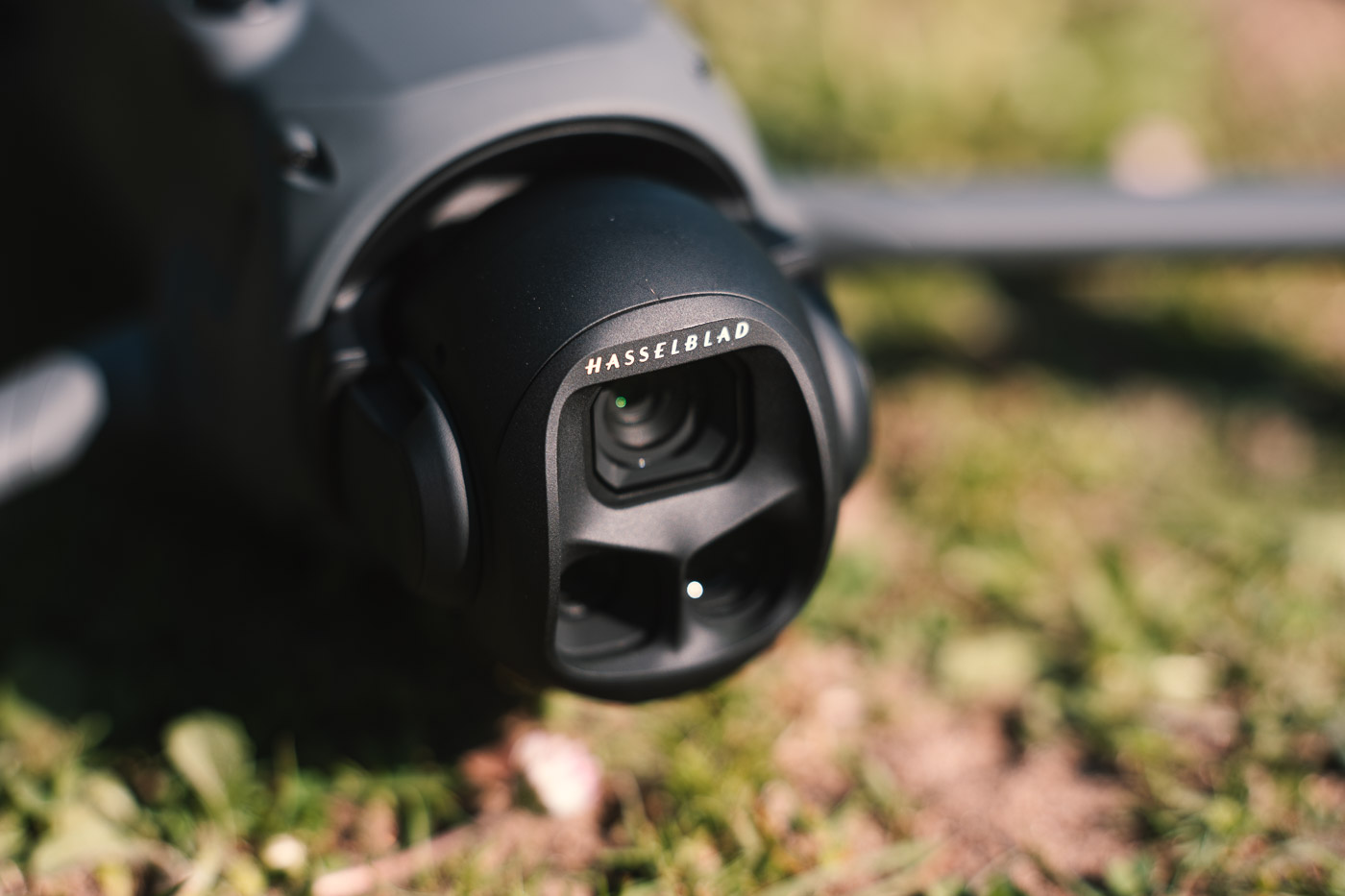

The Mavic Pro models represent the brand’s high-end range, but are still aimed at a fairly broad audience, unlike other, more professional – and more expensive – drones like the DJI Inspire 3 with interchangeable lenses and equipped with a Zenmuse X9-8K Air full-frame gimbal. The Mavic 4 Pro comes in two versions: one with 64 GB and the other with 512 GB of internal storage – also offering some additional options, such as 4:2:2 10-bit All-Intra format.
First observation: the triple-camera setup from the Mavic 3 Pro is retained, but significantly upgraded. The main 4/3 sensor now reaches 100 megapixels, still Hasselblad-branded, with a variable aperture from f/2 to f/11.
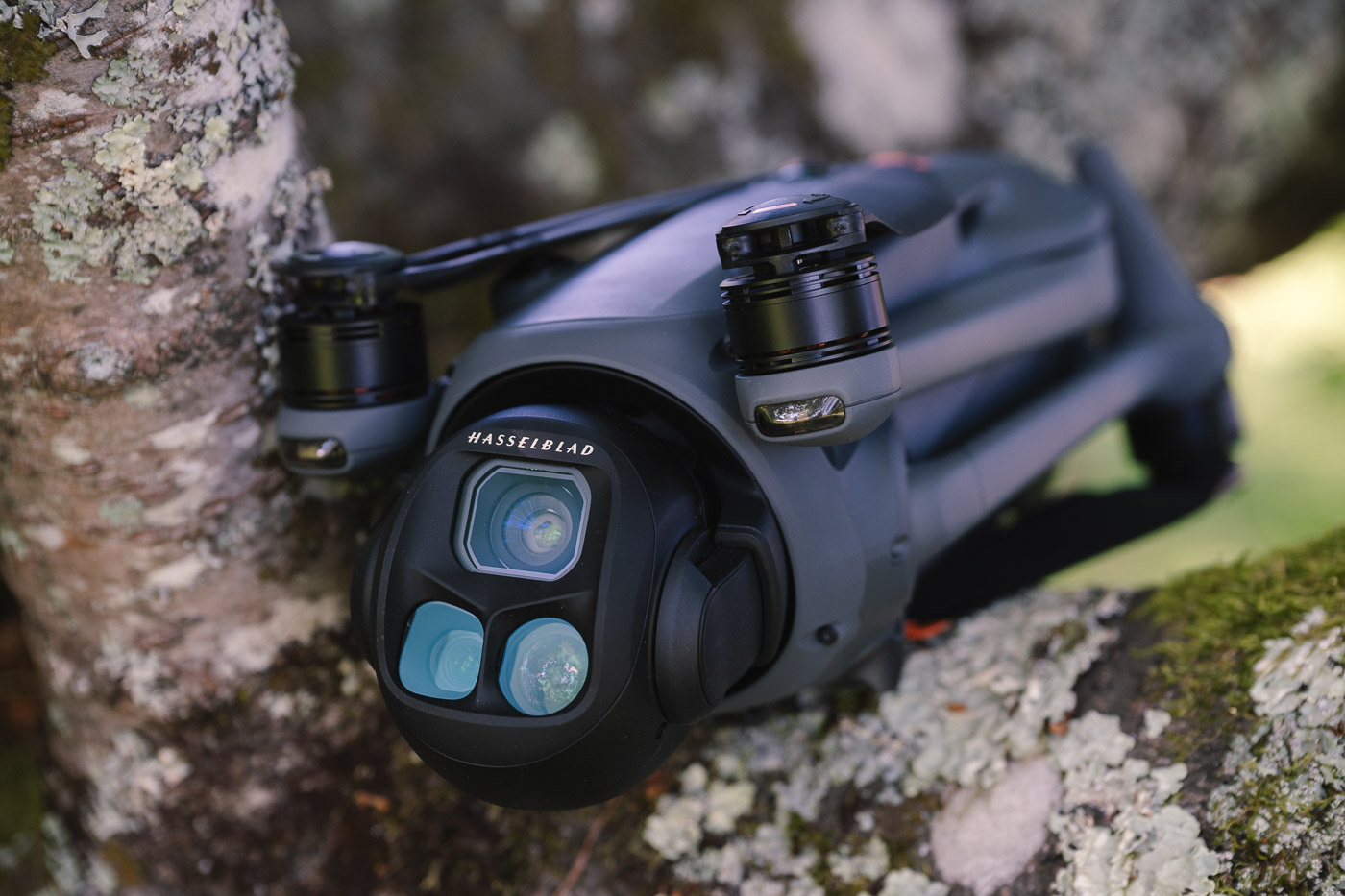

It is now accompanied by two telephoto lenses with larger sensors (48 and 50 MP), offering greater flexibility. This triple setup enables varied focal lengths — 28 mm, 70 mm, and 168 mm — without relying on a single zoom lens, an approach inspired by high-end mobile photography.
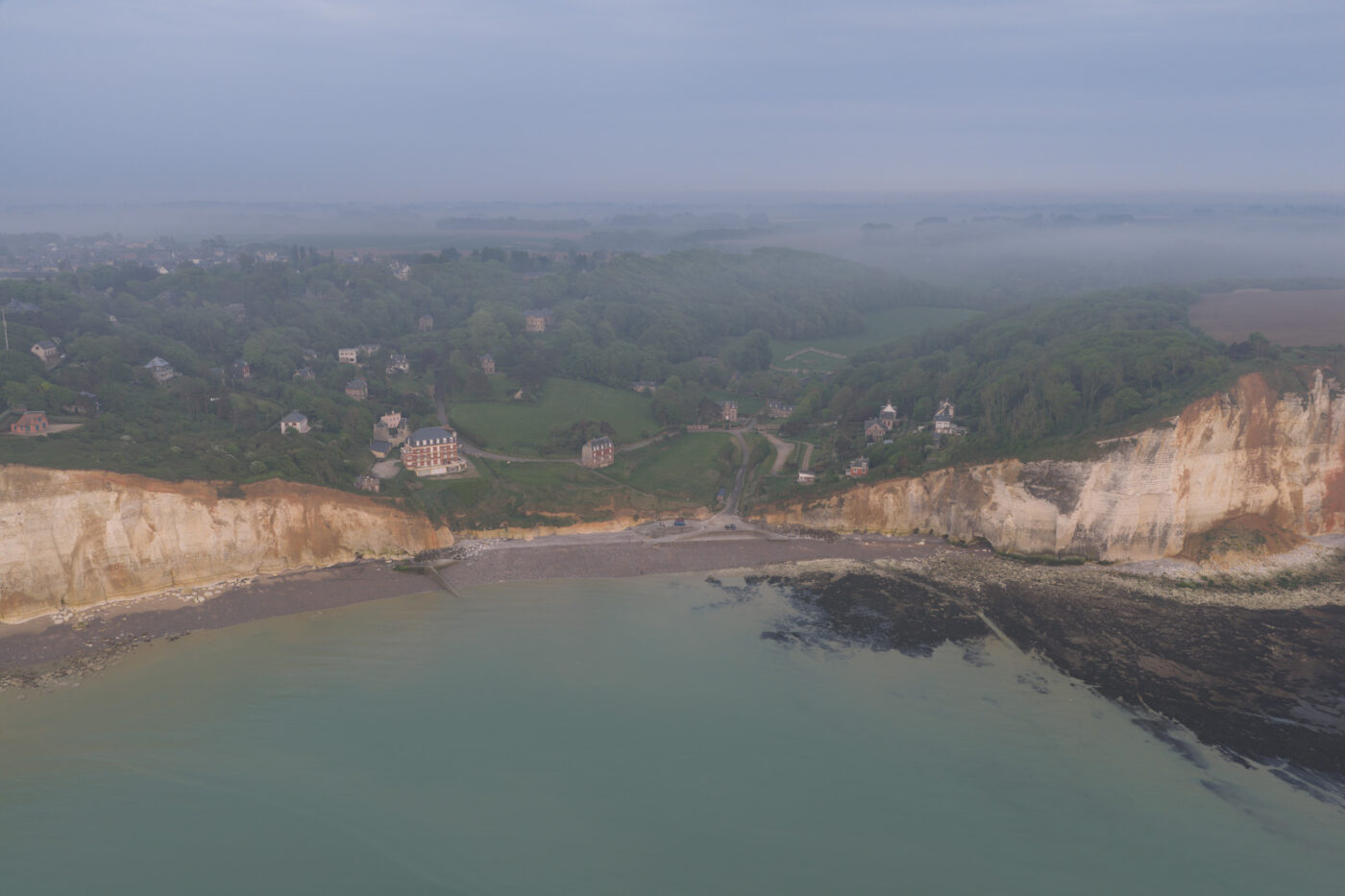



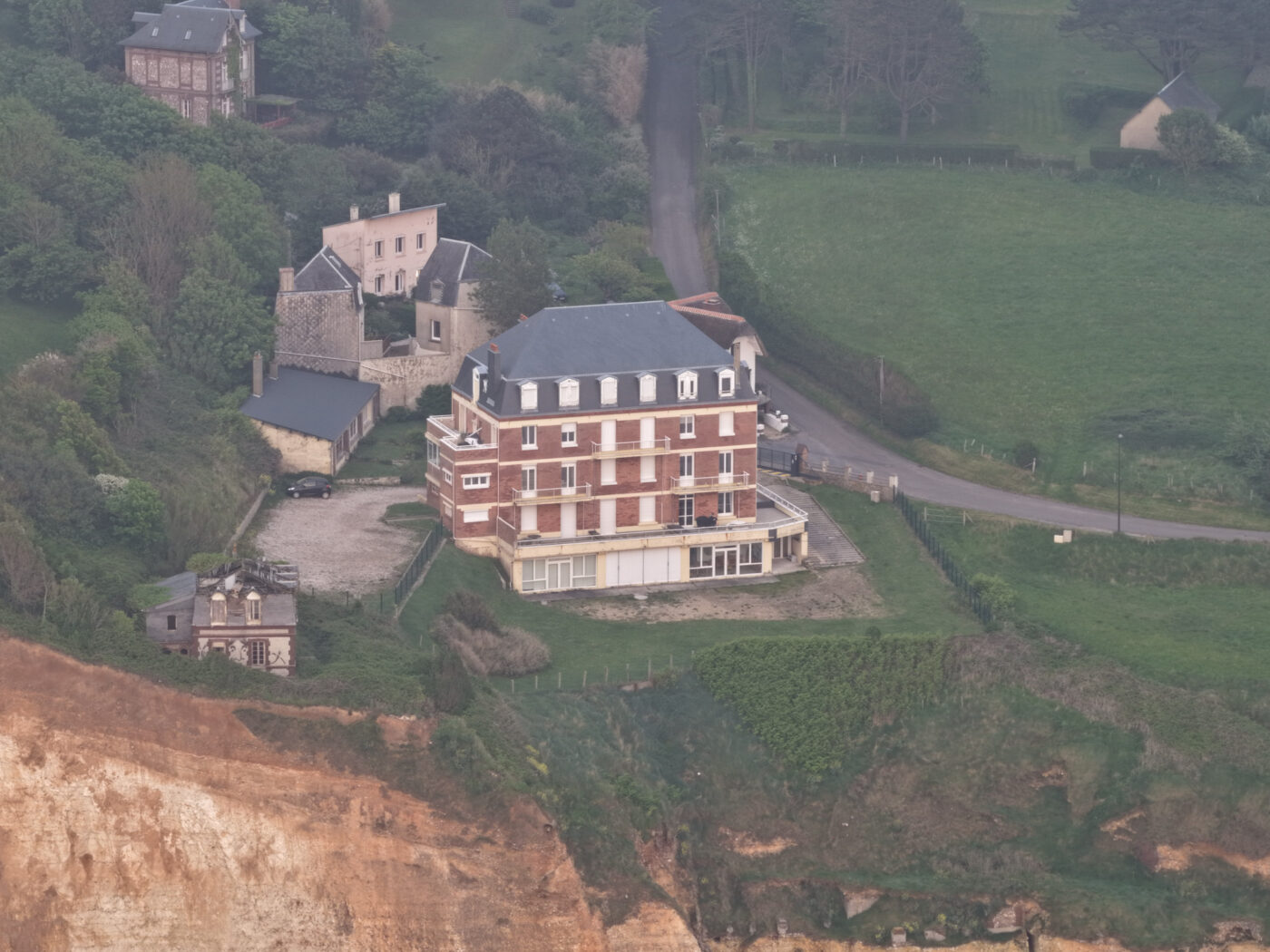

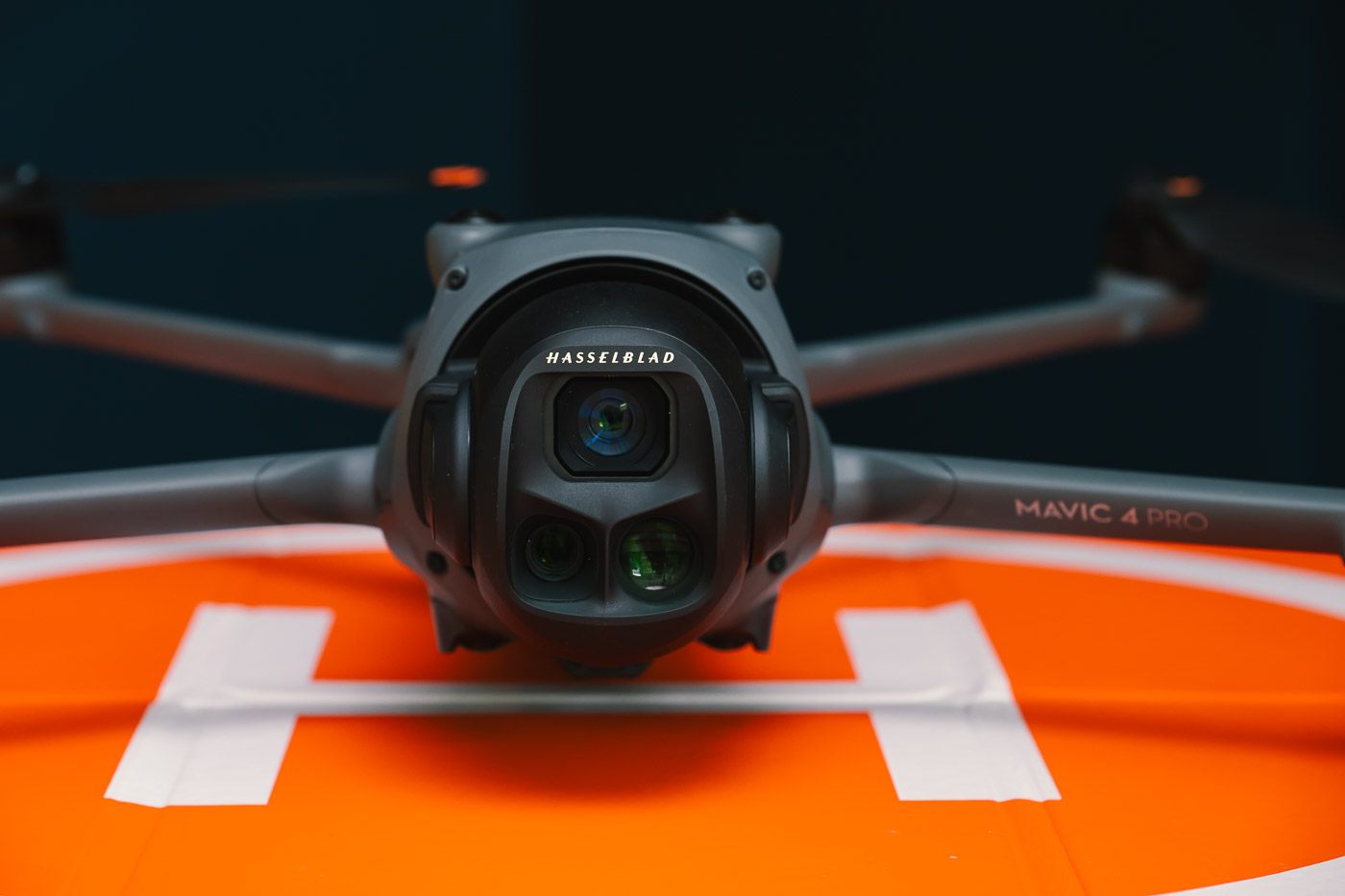

The main hardware innovation lies in the new Infinity gimbal, which is capable of rotating the camera 360° and even tilting it upward to 70°. A first for DJI, designed to enable camera movements previously impossible: dynamic tilted shots, subject rotations, and native vertical capture without cropping. Added to this is the ability to record in full-sensor 9:16 vertical format, a true answer to the needs of social-media-focused creators.
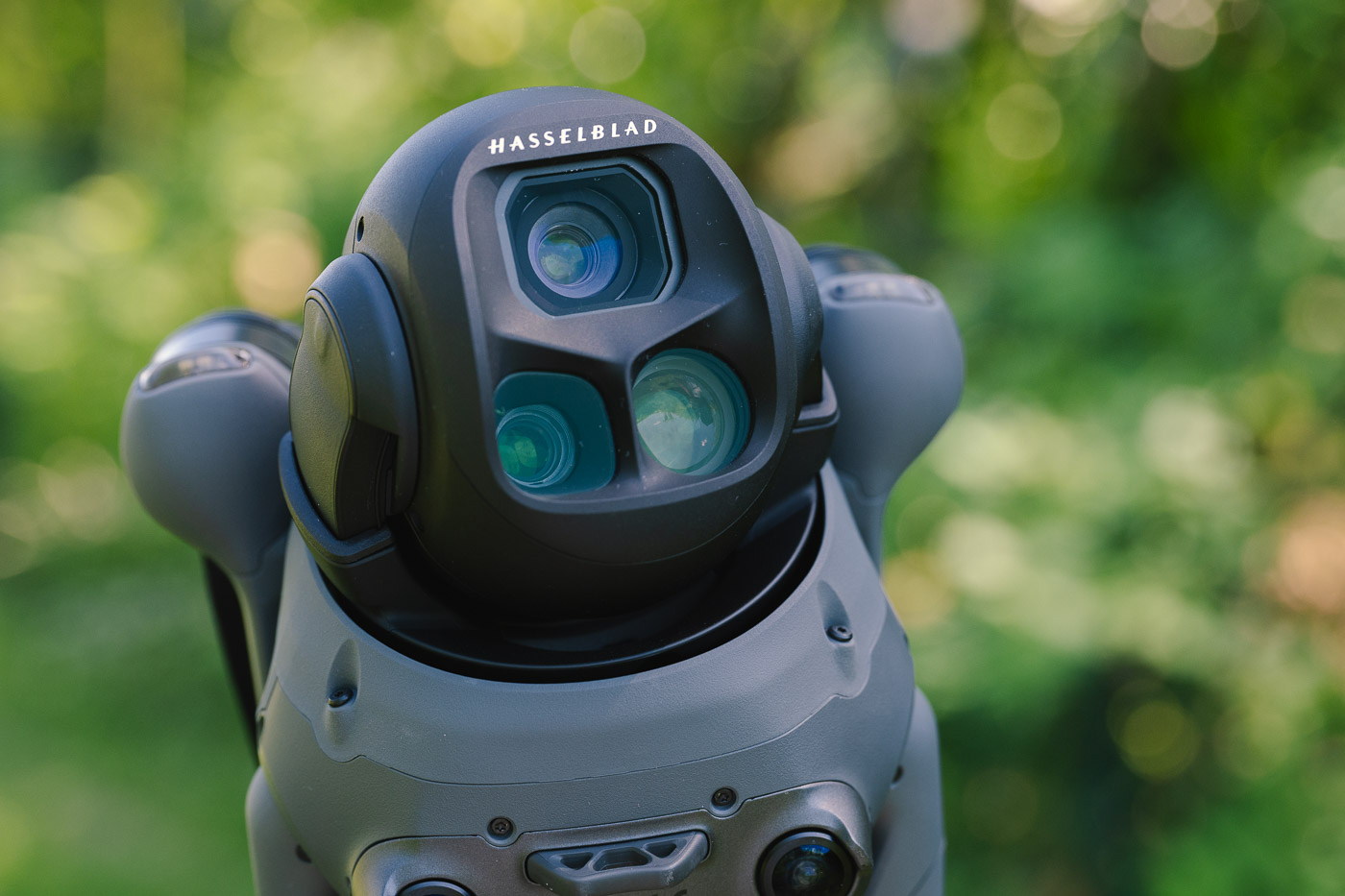

In terms of safety, DJI introduces a LiDAR sensor, located on the front arm of the drone, which enhances obstacle detection in low-light conditions — a first for a consumer drone. Paired with six fisheye cameras, this LiDAR is said to allow the Mavic 4 Pro to fly safely even at night or without GPS, by reconstructing a map of its surroundings.
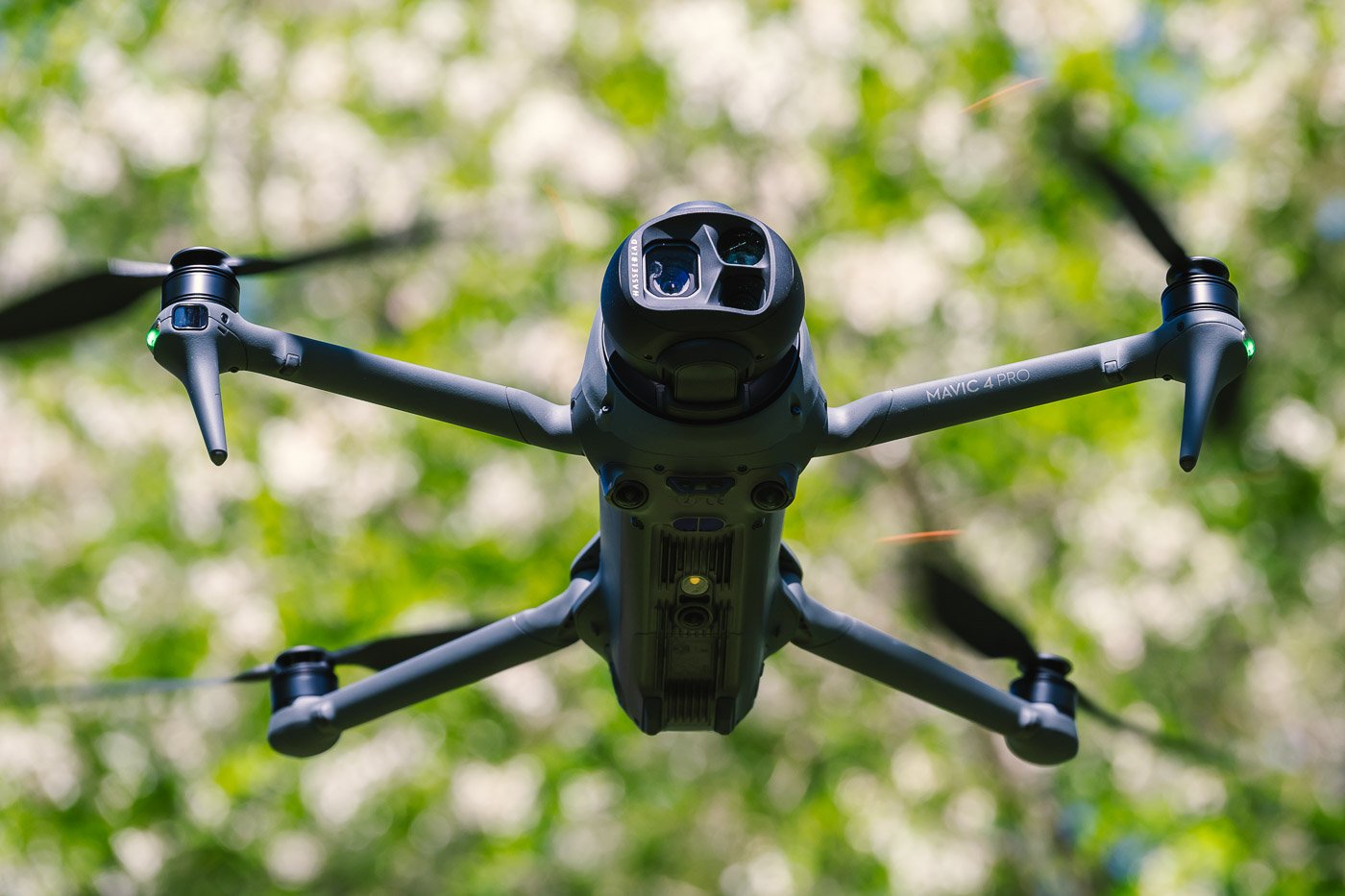

So, the DJI Mavic 4 Pro is not just a refinement of an existing formula: on paper, it introduces compelling improvements, clearly aiming to make the drone a fully-fledged tool in a visual production setup — not just a simple add-on.
Here are the DJI Mavic 4 Pro technical specifications:
- foldable arms: yes
- weight: 1063 g
- drone dimensions:
- folded (without propellers): 257.6 × 124.8 × 103.4 mm (L × W × H)
- unfolded (without propellers): 328.7 × 390.5 × 135.2 mm (L × W × H)
- camera modules:
- main Hasselblad lens: 100 MP, 4/3 CMOS, 28 mm f/2–11
- medium telephoto: 48 MP, 1/1.3″ CMOS, 70 mm f/2.8
- telephoto: 50 MP, 1/1.5″ CMOS, 168 mm f/2.8
- video resolutions:
- Hasselblad camera: H.264 ALL-I / H.265 (ALL-I on 512 GB Creator Bundle only) 6K: 6016×3384 at 24/25/30/48/50/60p DCI 4K: 4096×2160 at 24/25/30/48/50/60/120p 4K: 3840×2160 at 24/25/30/48/50/60/120p Vertical 4K: 2160×3840 at 24/25/30/48/50/60p (H.264)
- medium telephoto: H.264 ALL-I / H.265 (ALL-I on 512 GB Creator Bundle only) 4K: 3840×2160 at 24/25/30/48/50/60/120p Vertical 2.7K: 1512×2688 at 24/25/30/48/50/60p (H.264)
- telephoto: H.264 ALL-I / H.265 (ALL-I on 512 GB Creator Bundle only) 4K: 3840×2160 at 24/25/30/48/50/60/100p Vertical 2.7K: 1512×2688 at 24/25/30/48/50/60p (H.265)
- video bitrates: H.264 Standard: 90 Mb/s; H.265 Standard: 180 Mb/s; H.264 ALL-I: 1200 Mb/s
- maximum photo resolution: 12,288 × 8,192 px (main), 8,064 × 6,048 px (medium telephoto), 8,192 × 6,144 px (168 mm telephoto)
- photo formats: JPEG and DNG (RAW)
- gimbal tilt: 360° roll, 90° downward, 70° upward, 20° in vertical mode
- maximum speed: 25 m/s (90 km/h)
- maximum ascent speed: 10 m/s
- maximum descent speed: 10 m/s
- max wind resistance speed: 12 m/s
- battery: 6654 mAh
- maximum flight time: 51 minutes
- operating temperature: -10°C to 40°C
- obstacle detection: omnidirectional, front-mounted LiDAR sensor, infrared sensor
- positioning: GPS, Galileo, Beidou
- transmission: DJI O4+, range up to 30 km (15 km in Europe)
- connectivity: USB-C port, microSD slot
- internal storage: 64 GB (or 512 GB on Creator Combo version)
- microSD slot: yes
Handling and Ergonomics
Visually, the Mavic 4 Pro stays true to DJI’s design language: foldable arms, aerodynamic body, obstacle sensors. But upon closer inspection, it’s clear the drone has gained some volume.
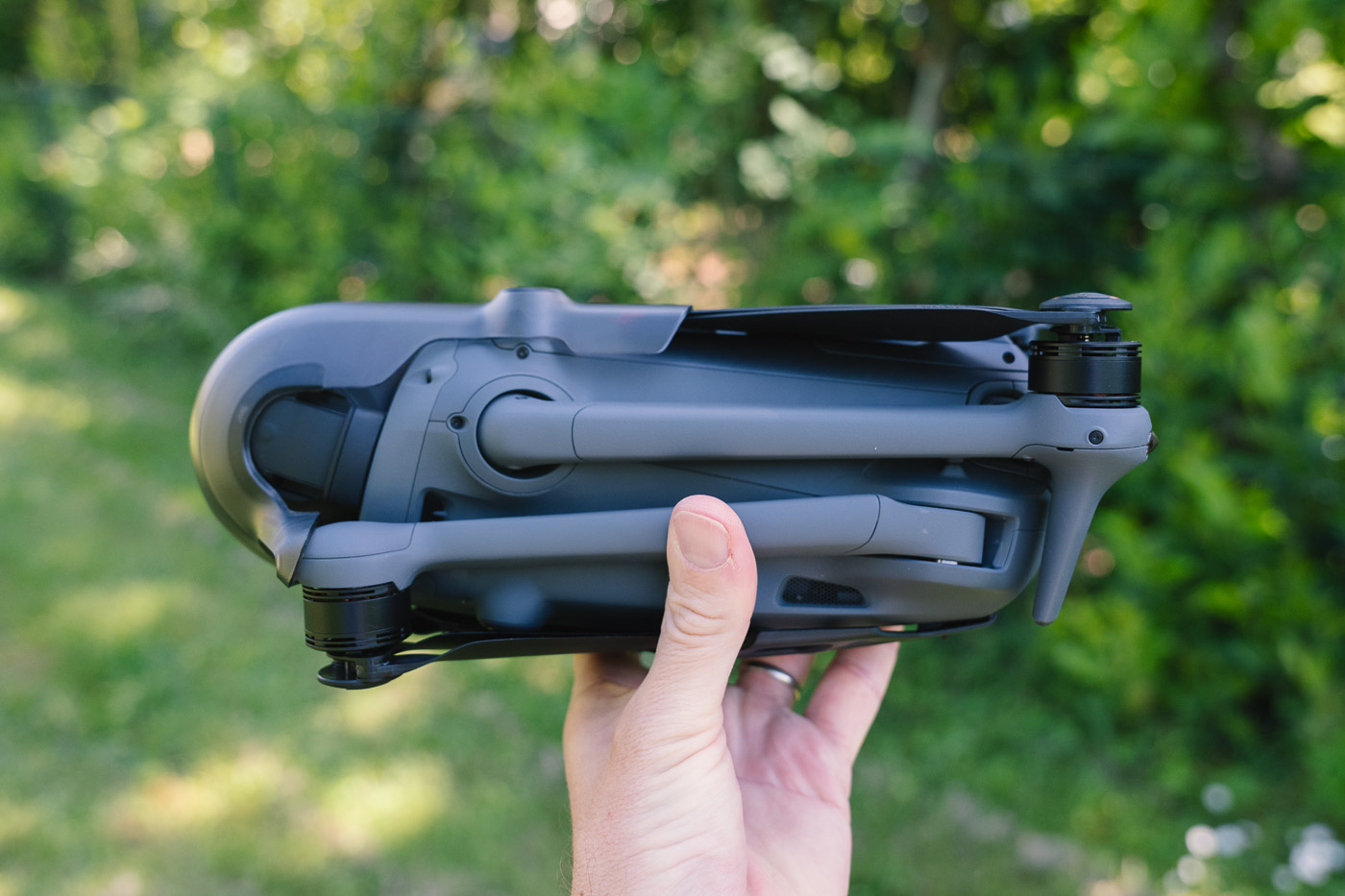

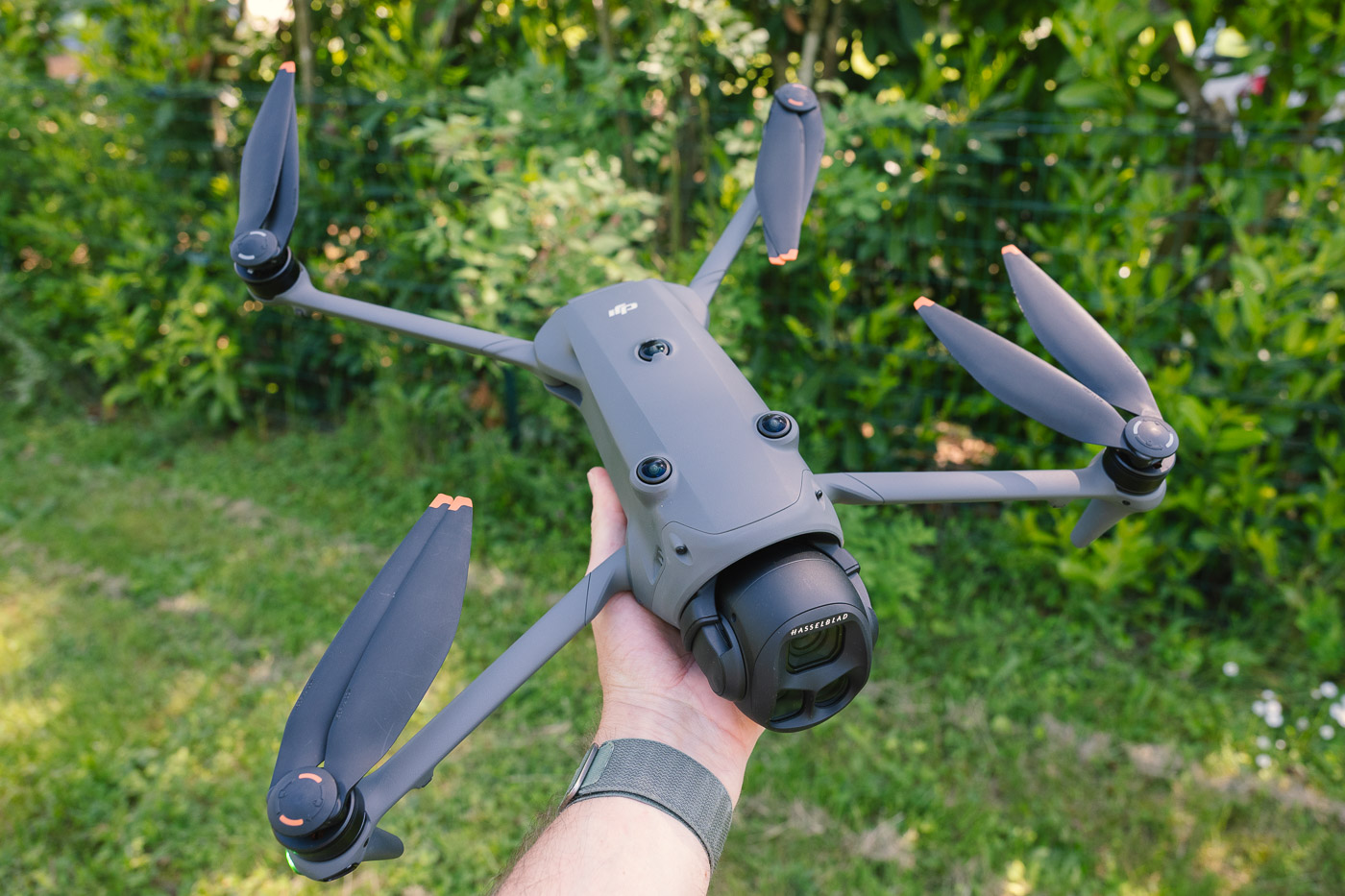

Weighing in at 1063 g and measuring 32.8 × 39 × 13.5 cm unfolded (without propellers), this drone is bulkier than its predecessor, the Mavic 3 Pro (958 g). Thanks to its foldable design – first introduced with the original Mavic Pro in 2016 – it can still fit inside a camera backpack, for instance placed diagonally in a Peak Design Travel Backpack, but it’s definitely not the most compact drone on the market.
DJI also includes with its Fly More Combo and Creator Combo bundles a shoulder bag for carrying the drone, a controller, three battery charger, as well as cables, chargers, spare propellers, etc. While it’s a convenient way to store and transport your drone, with some well-thought-out details like a suitcase pass-through, we found the magnetic lever-style clasp system to be not very secure.
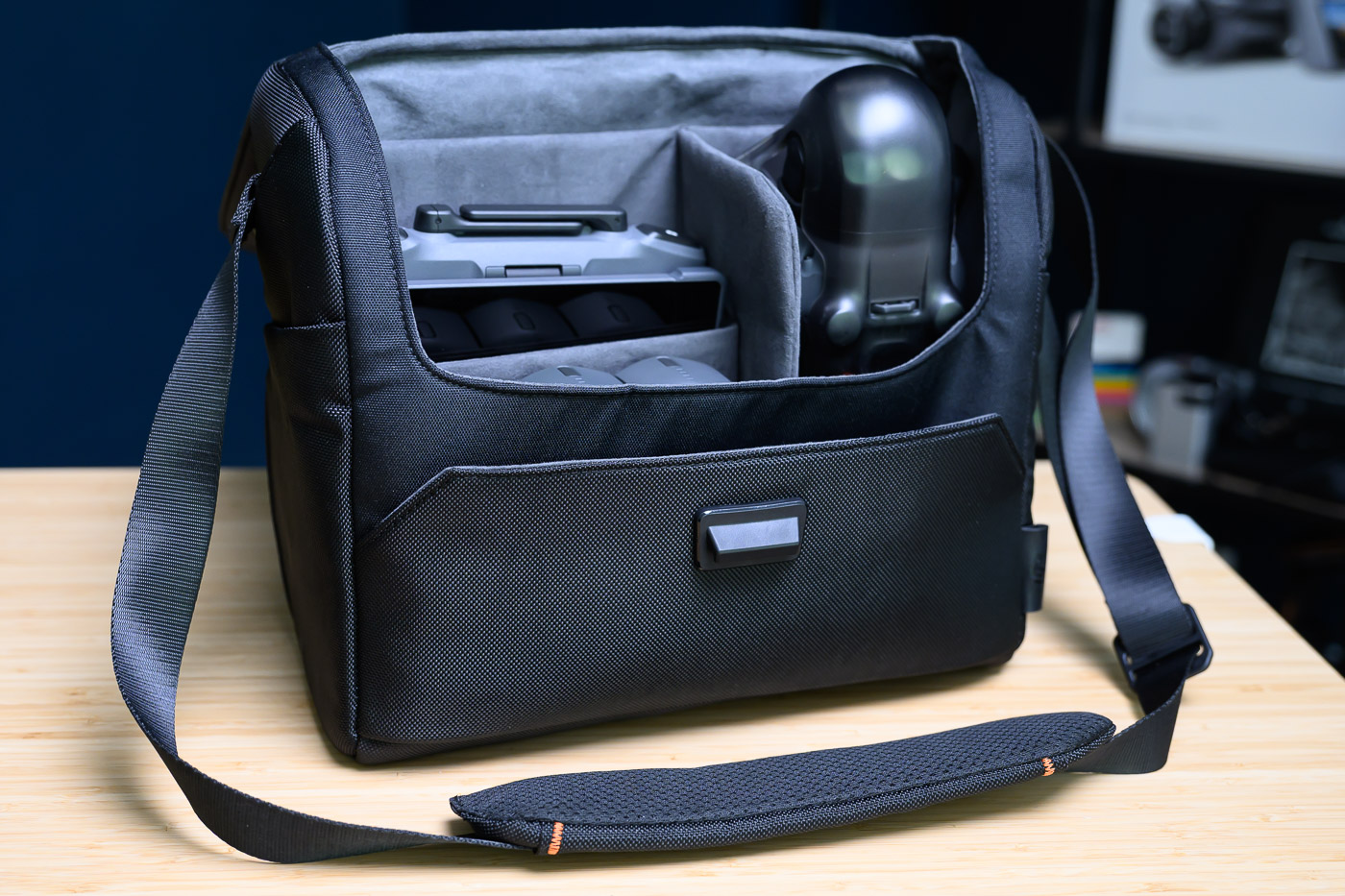

Similarly, the opening is a bit too wide and there’s a risk of gear falling out when opening the bag. In this regard, the model provided with the Mavic 3 Pro felt more secure.
The drone automatically powers on as soon as you unfold the arms, reducing handling steps. On the back, you’ll find the large removable battery, a microSD slot, and a USB-C port.
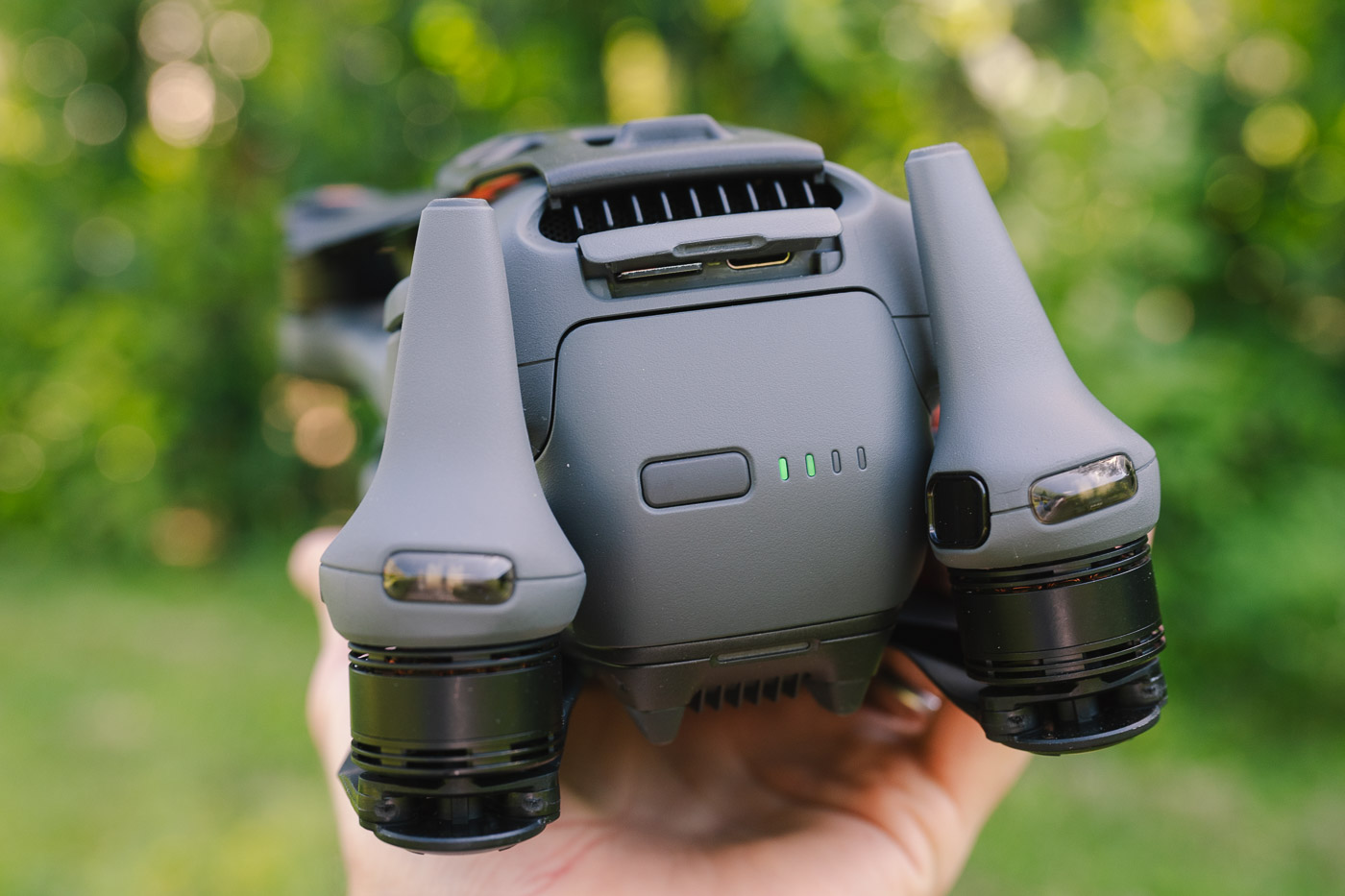

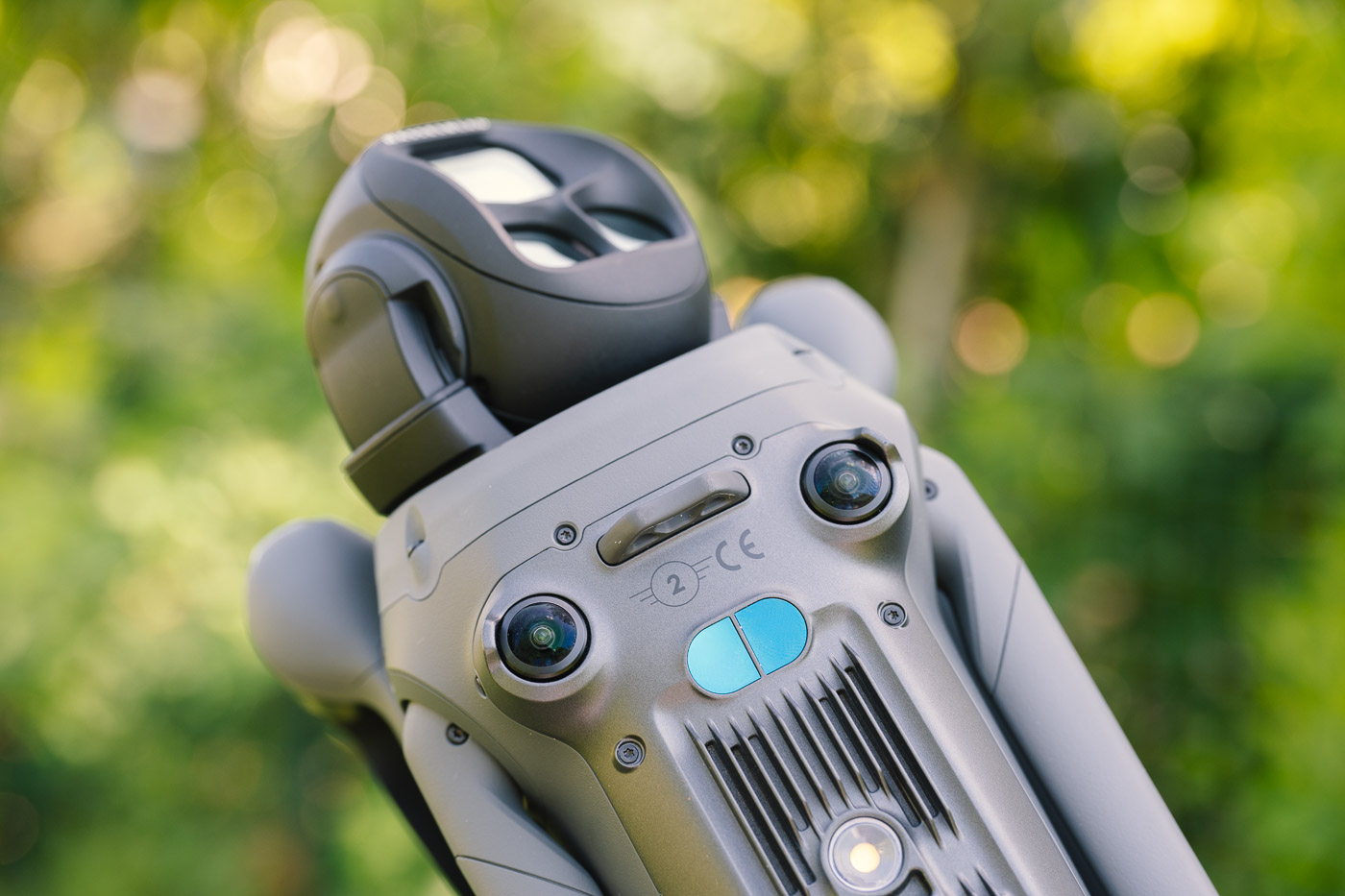

With a weight over 900 g (but still under 4 kg), the drone is classified C2, which slightly changes the regulatory requirements. Visual line-of-sight flights are permitted up to 120 m altitude, and a theory course plus an exam are required to fly within 30 m of people – or even just 5 m in low-speed (Cine) mode.
If you mainly fly in open nature away from people, this won’t make much of a difference. Just make sure to check the authorized flight zones.
Major New Features of the DJI Mavic 4 Pro
With the Mavic 4 Pro, DJI goes far beyond a simple technical refresh. This model introduces several key innovations that significantly enhance aerial content creation, both in photo and video.
360° Rotating Infinity Gimbal
The drone’s standout feature is the “Infinity” gimbal, which enables full 360° roll-axis rotation. It can also tilt upward by +70°, in addition to the usual 90° downward. While the drone includes an auto-mode for rotating 180° or more, you can assign a control wheel on the shoulder of the remote (RC 2 or RC Pro 2) to manually adjust the gimbal rotation — very handy for quick tweaks without using the touchscreen.
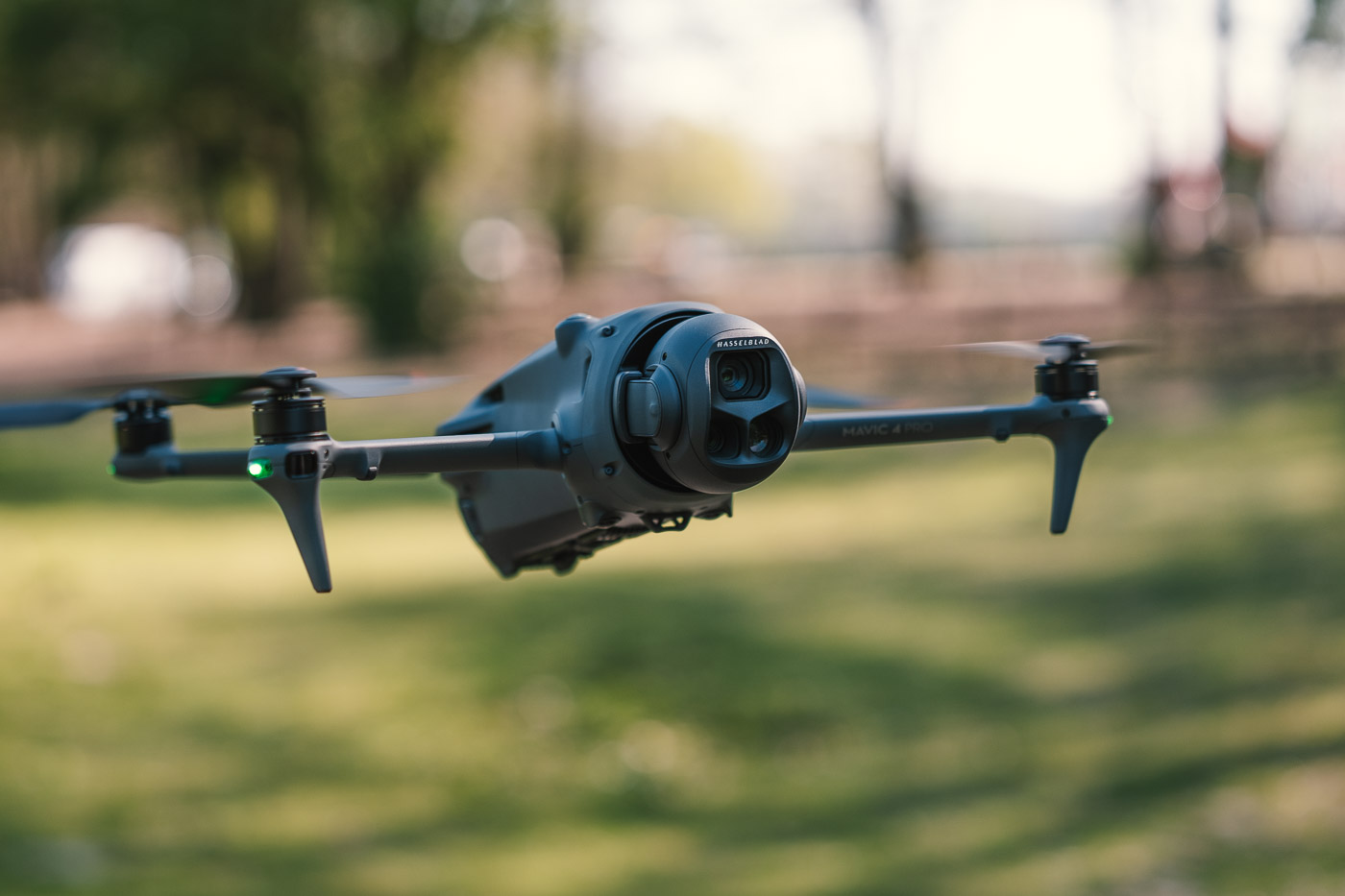

In practice, this lets creative users capture unique shots à la Inception, as well as Dutch angles – those tilted video shots (between 5 and 45 degrees) that give a scene a disoriented look. Here, DJI brings techniques from its Ronin gimbals into the drone world.
Besides allowing rotation, this gimbal supports native vertical shooting, with no crop or quality loss, directly in 9:16 format. It’s reminiscent of the Osmo Pocket 3. This orientation is especially relevant for social media content creators.
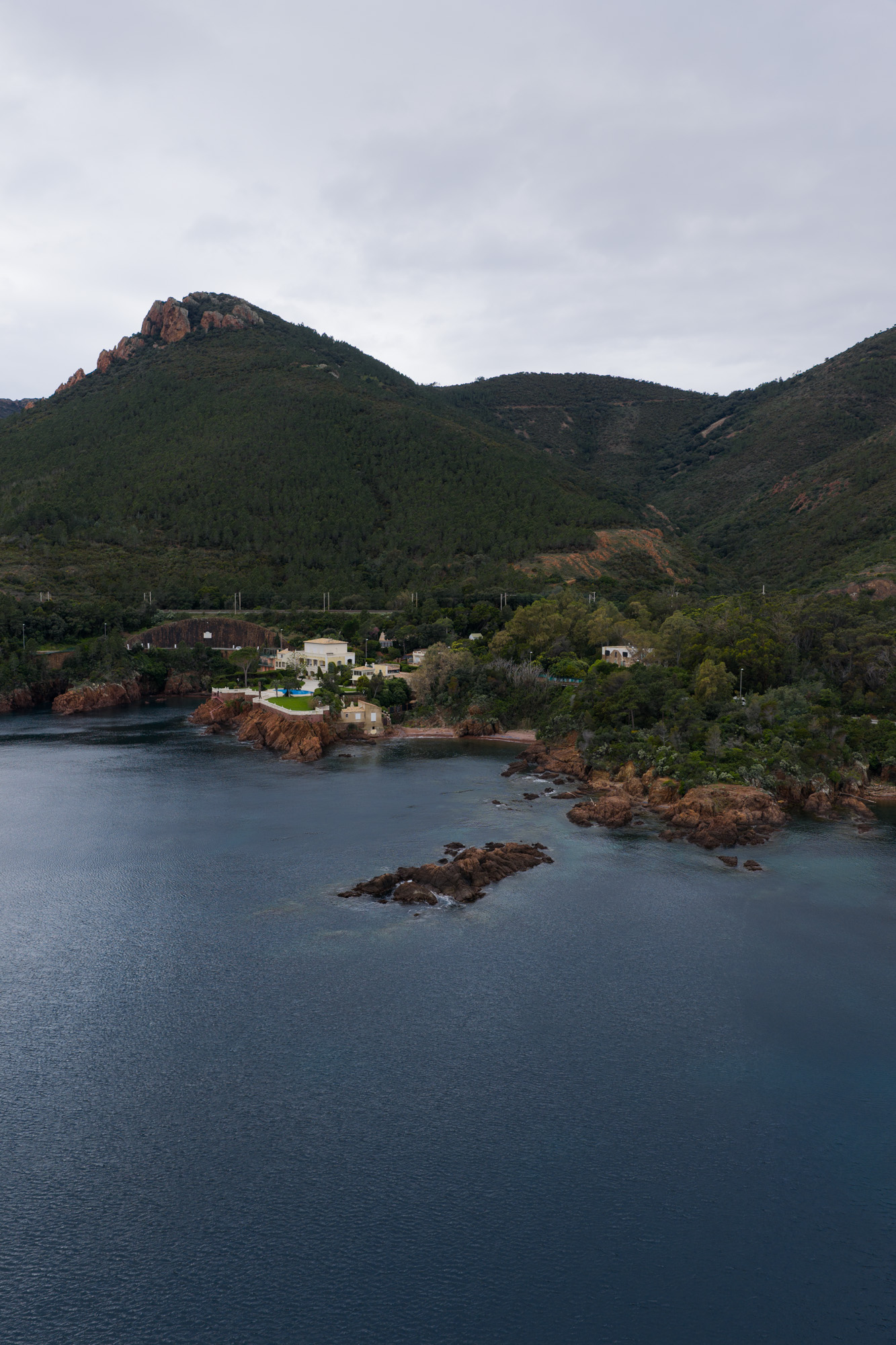

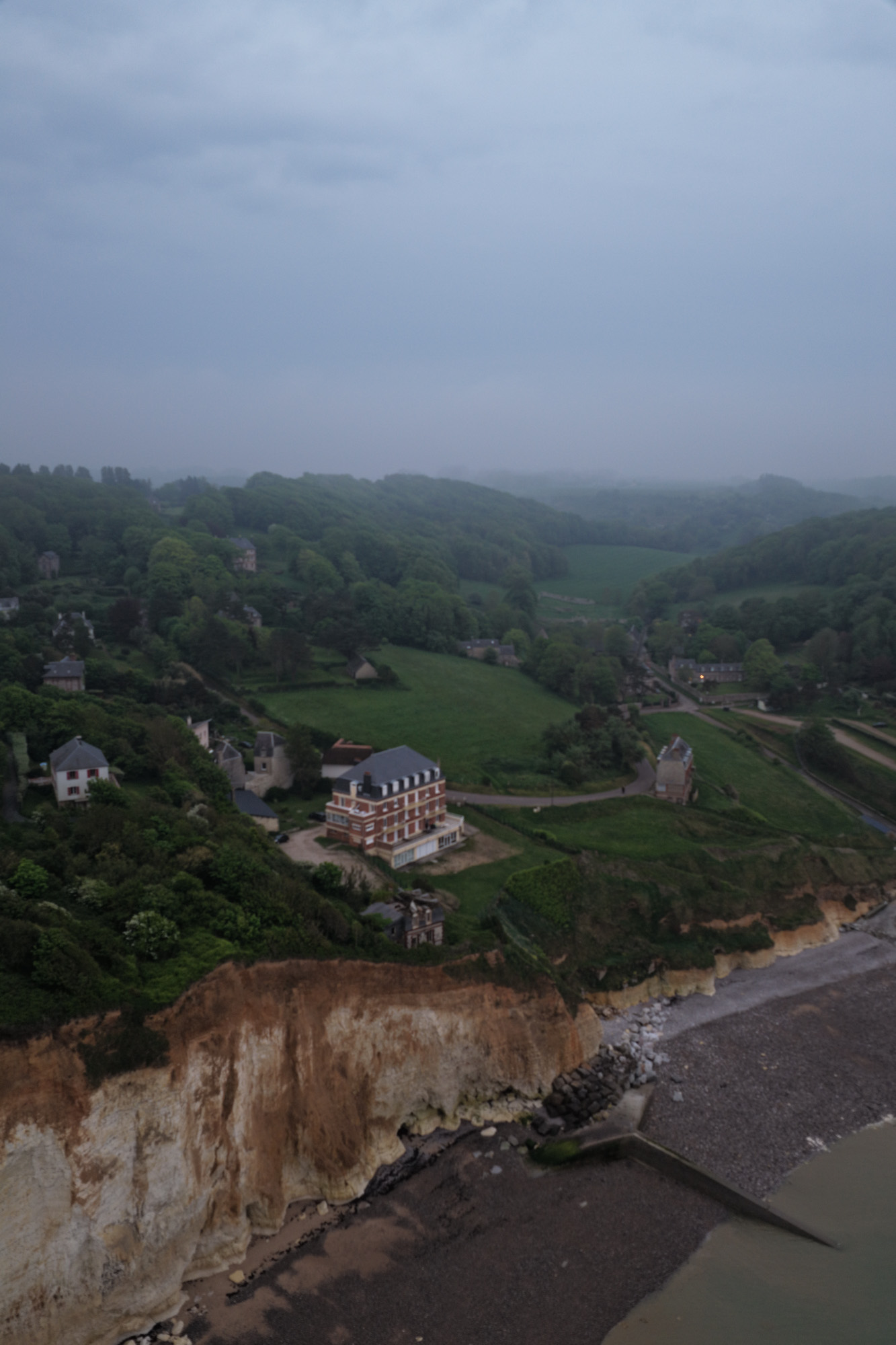

This freedom of movement provides shooting angles previously unreachable on a standard drone. The gimbal also comes with a protective cover for transport.
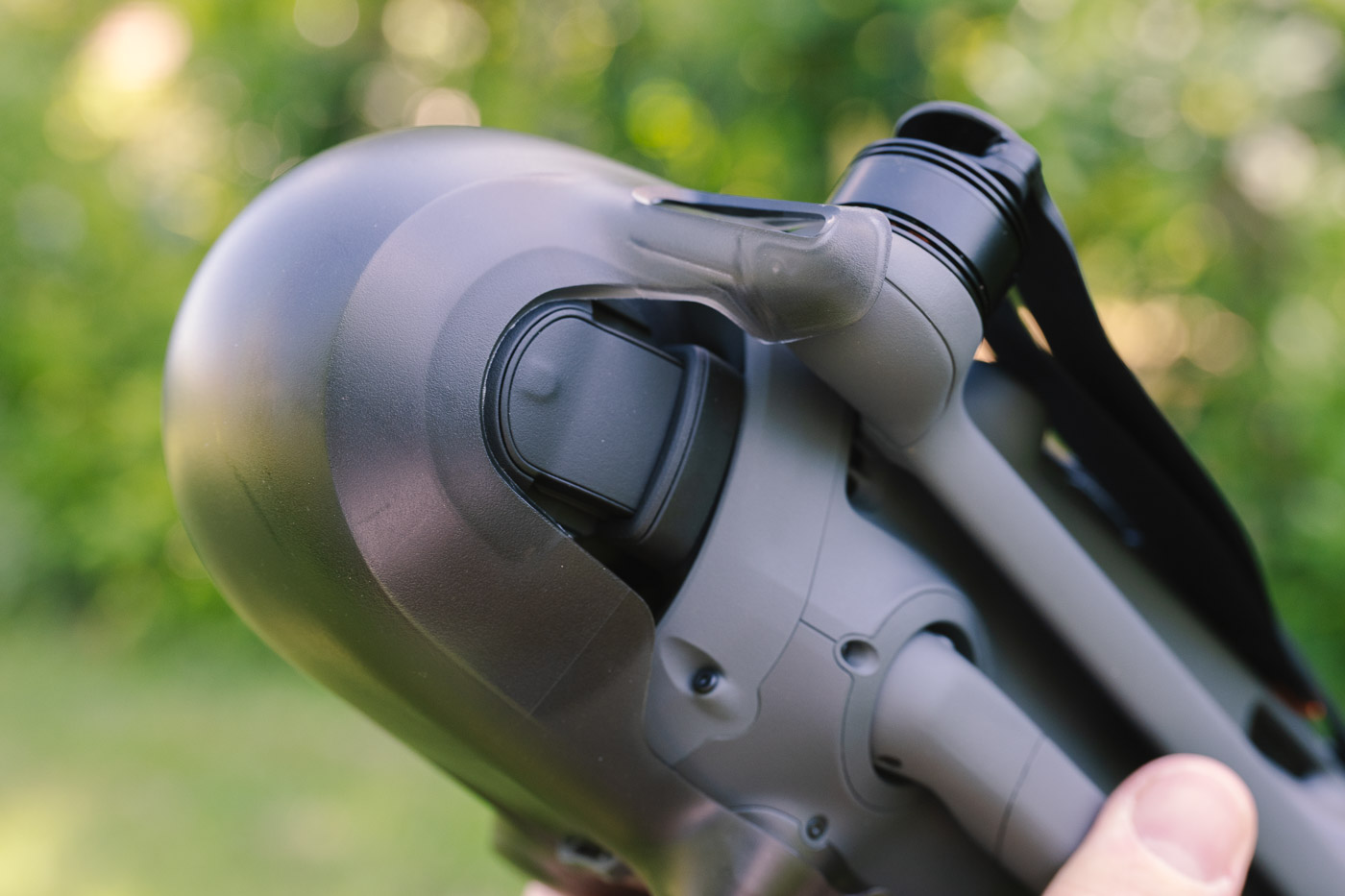

Note that when the lens is pointing downward, it is more exposed to dust, sand, or gravel. It is therefore strongly recommended to use a landing pad, such as the foldable models by PGYTECH, to avoid contact between the camera and the ground during takeoff and landing — especially in tall grass, rocky, or sandy environments.
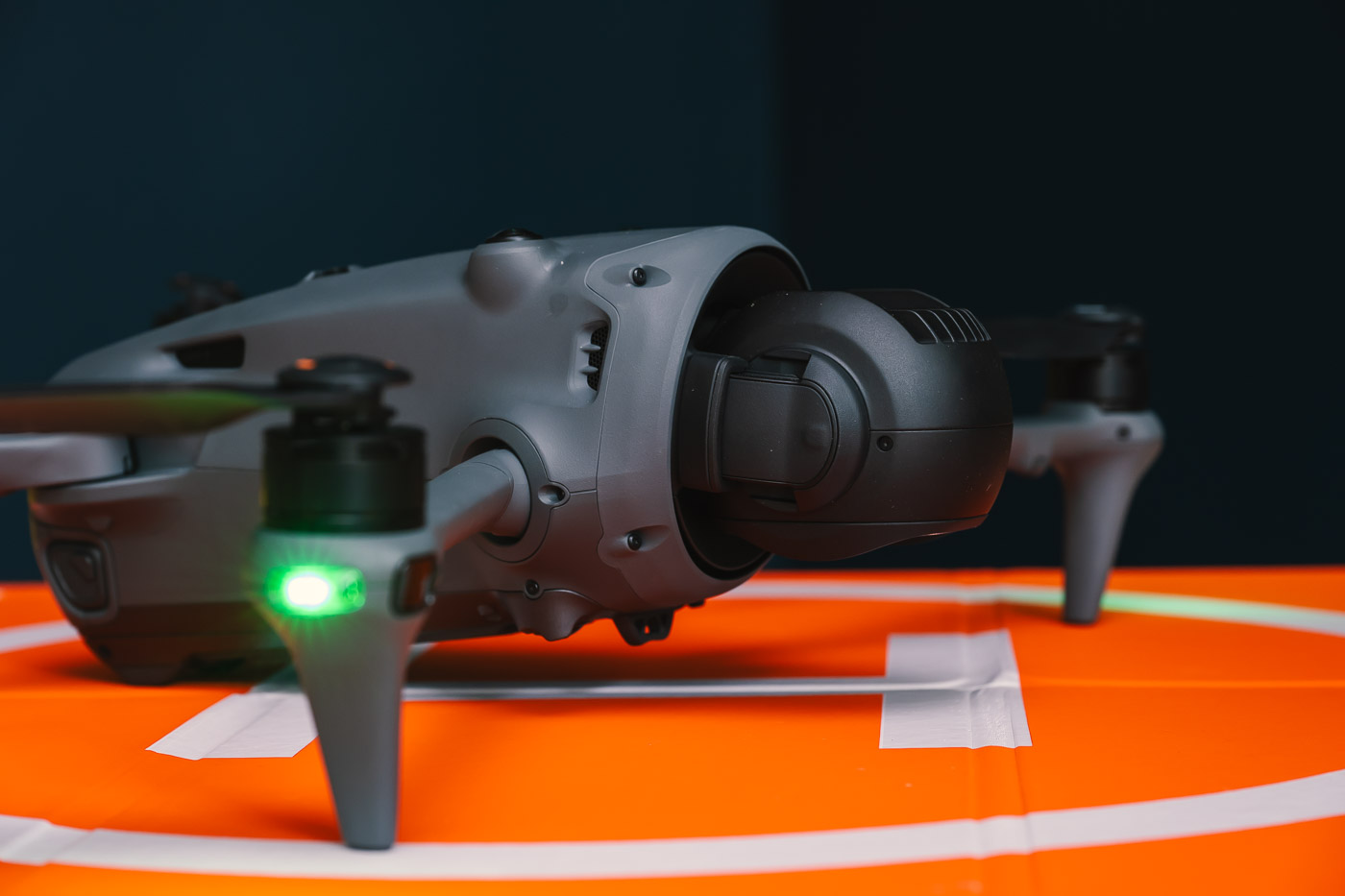

LiDAR Sensor for Better Low-Light Obstacle Detection
A small “eye” on one of the front arms quickly draws attention: the LiDAR sensor allows the drone to detect obstacles even in complete darkness (0.1 lux). Combined with the six omnidirectional fisheye detection cameras, it promises extremely safe flight, even in tricky conditions or at dusk.
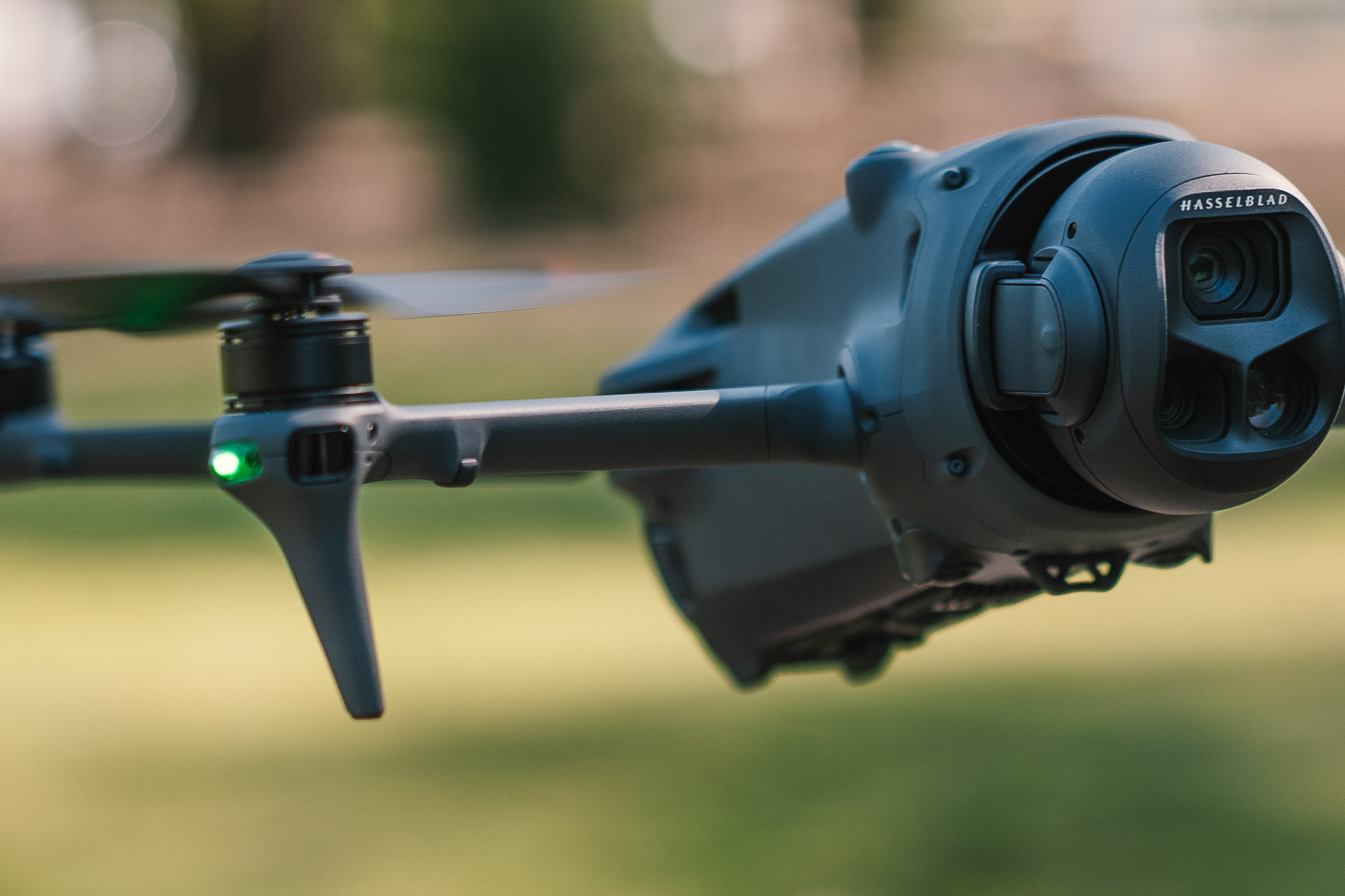

The Mavic 4 Pro integrates 6 fisheye cameras (3 on the top, 3 underneath) that enable all-direction obstacle detection, along with a new forward-facing LiDAR sensor for obstacle detection even in near-total darkness (0.1 lux). This system, combined with the fisheye cameras, which offer full 360° detection, ensures ultra-safe flights — especially when capturing scenes in difficult lighting, such as at twilight.


The drone can slow down or alter its path to avoid an obstacle — even at high speed (up to 18 m/s thanks to LiDAR). If GPS signal is lost, it can rely on real-time mapping of its surroundings to return to its take-off point (RTH). In practice, obstacle detection is effective, although the drone can struggle with very thin branches in winter, especially before leaves reappear. As always, avoid relying entirely on these automations — the system is never 100% foolproof.
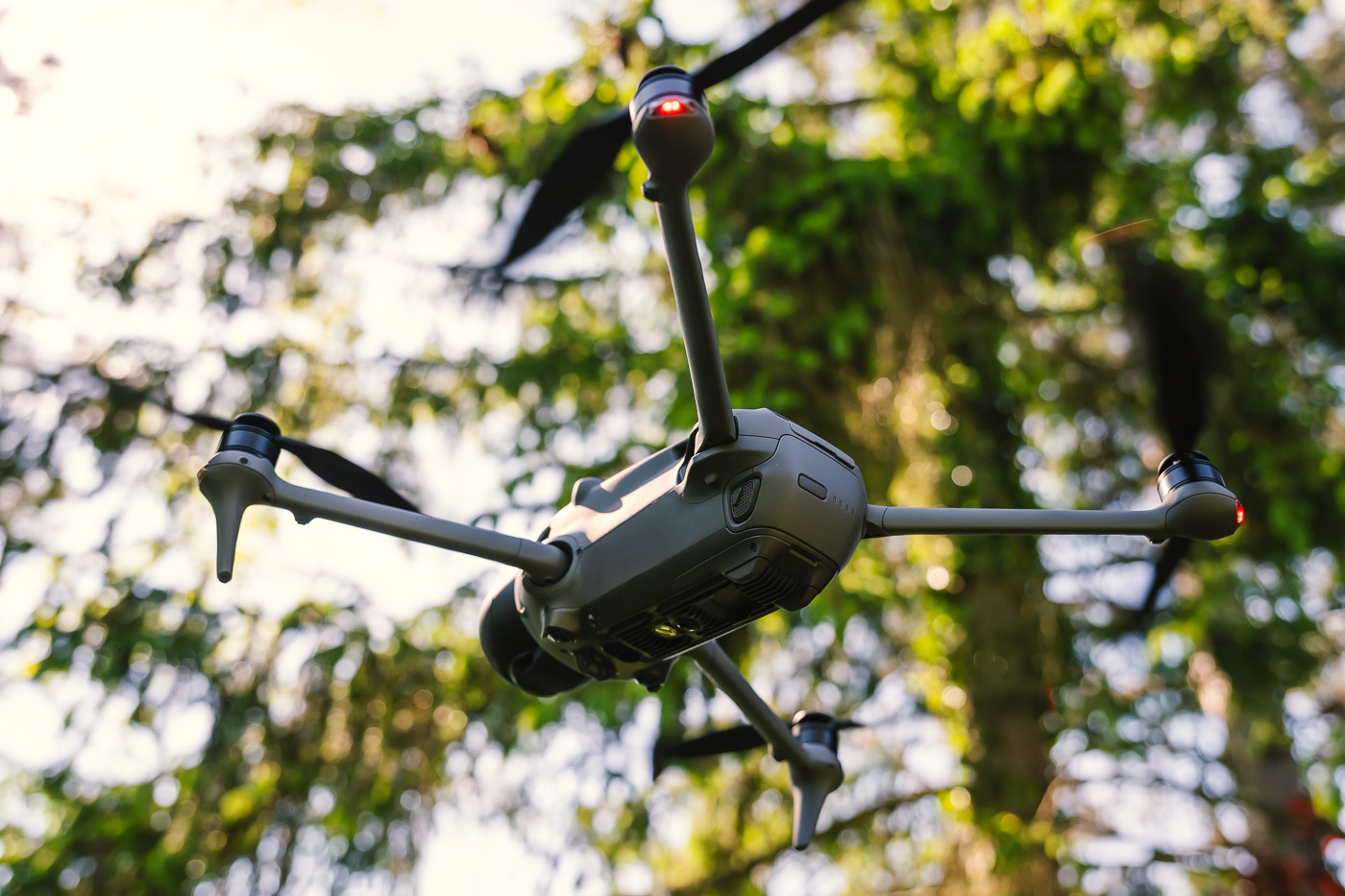

New DJI RC Pro 2 Remote Controller
As for the remote, the Mavic 4 Pro is compatible with the familiar DJI RC 2, or the brand-new DJI RC Pro 2 introduced alongside the Mavic 4 Pro.
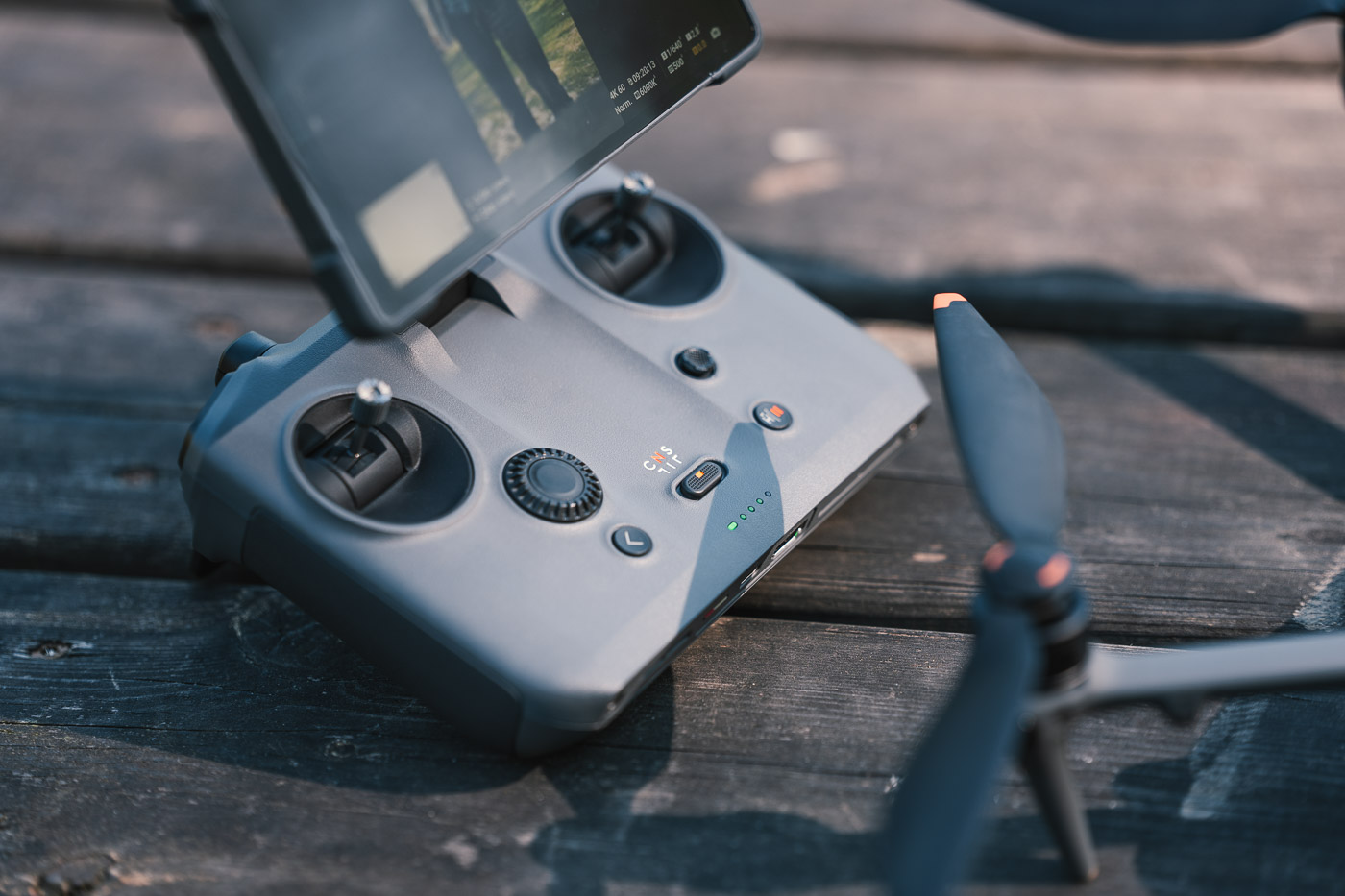

Included only in the Creator Combo, this controller brings some compelling features to enhance the piloting and filming experience. It offers Full HD video feedback at 30 or 60p, including 10-bit HDR.
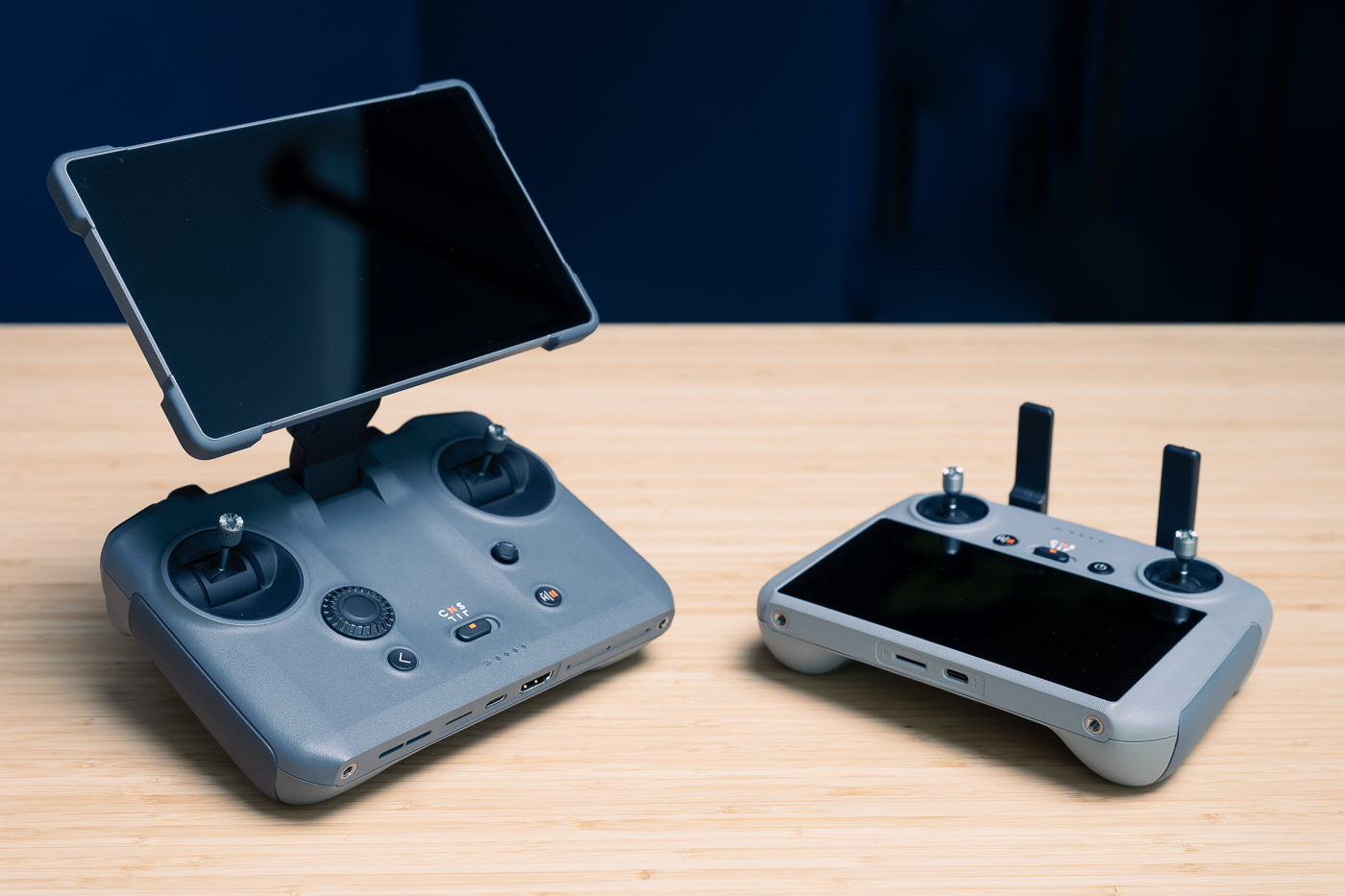

It features a large 7-inch Mini-LED display that’s very bright (peaking at 2000 nits) and folds down when not in use, covering the control buttons. Moreover, unfolding the screen powers up the DJI RC Pro 2, and the two joysticks pop out — no more need to screw them in each time.
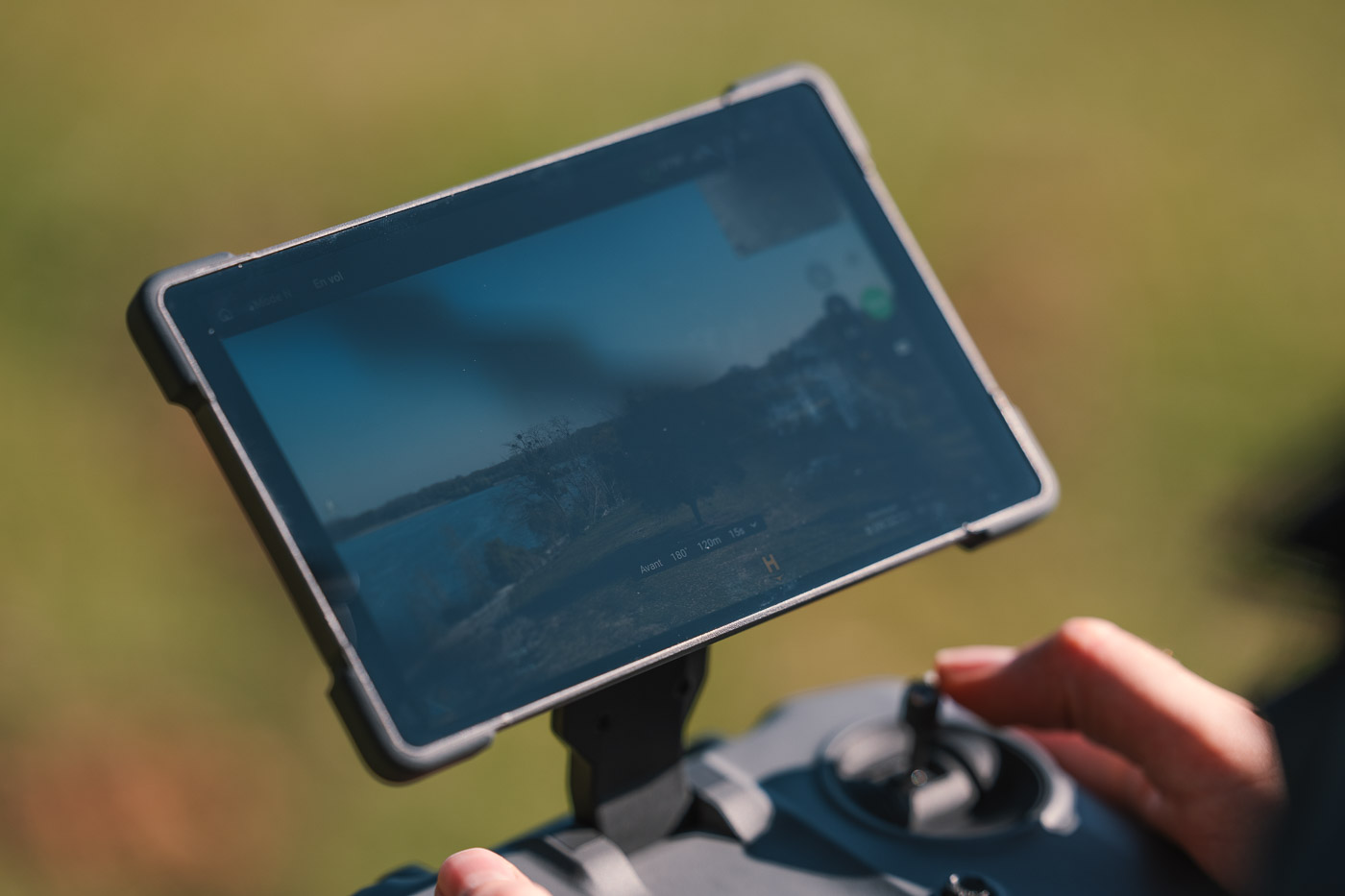

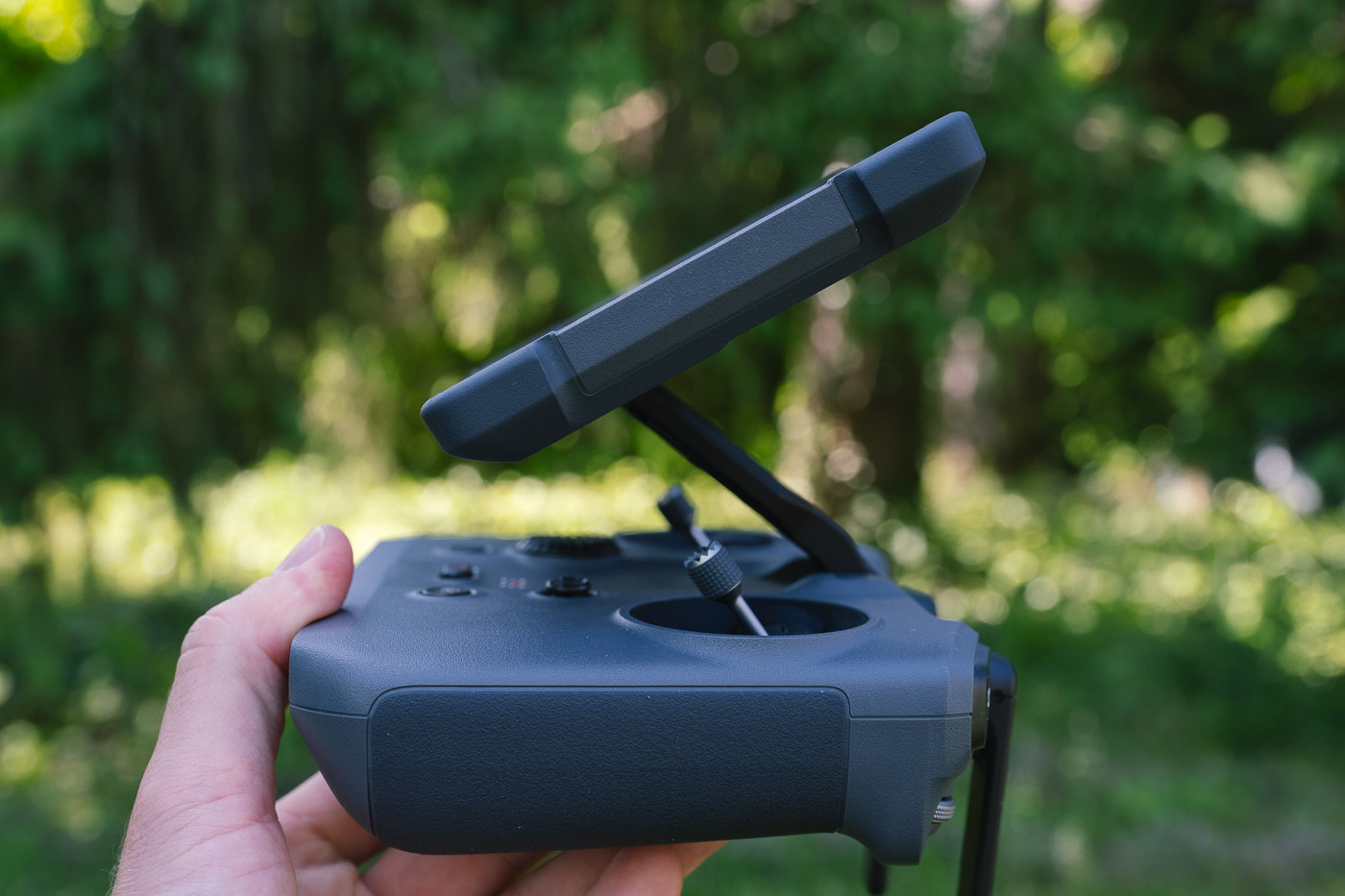

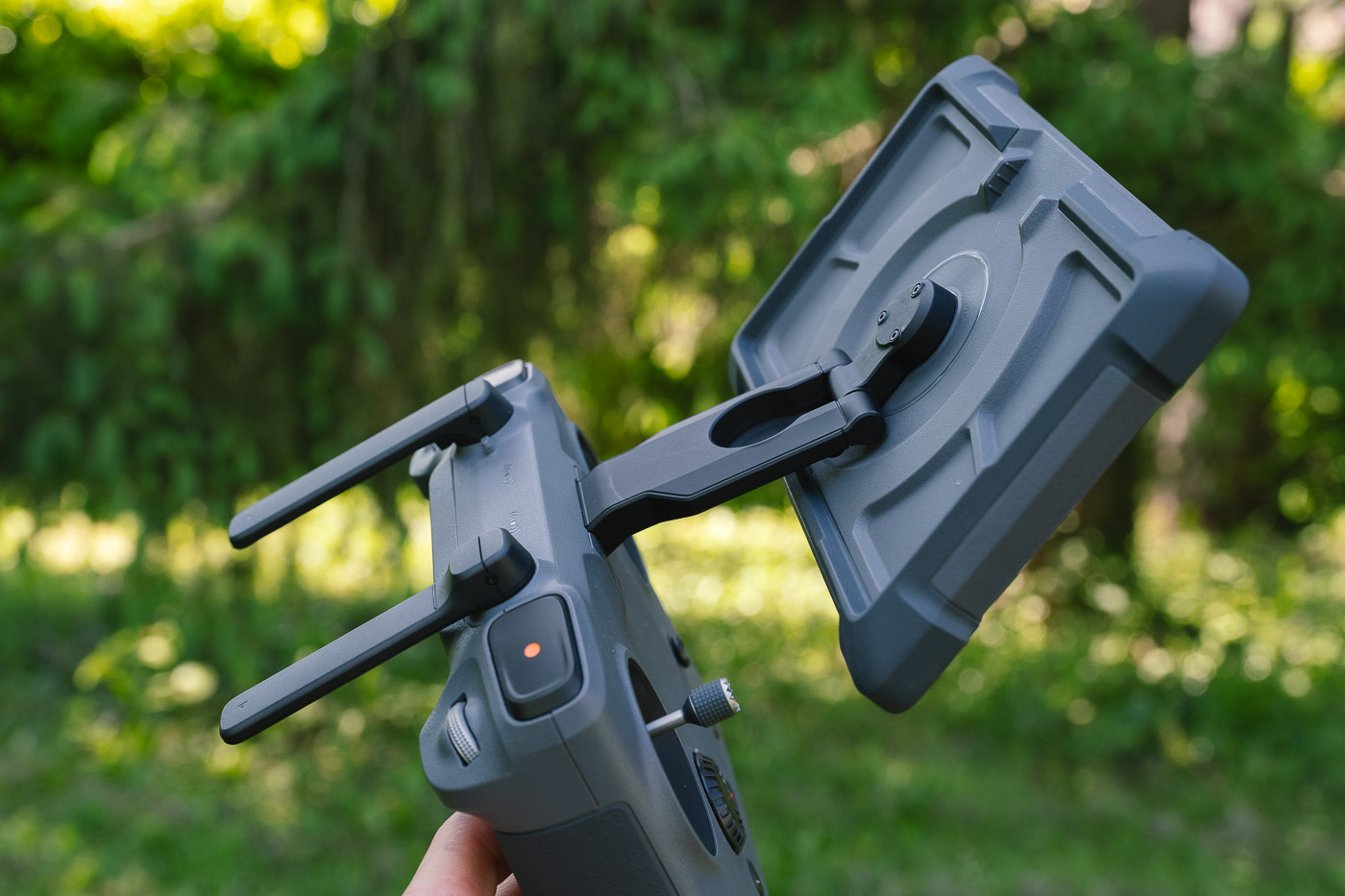

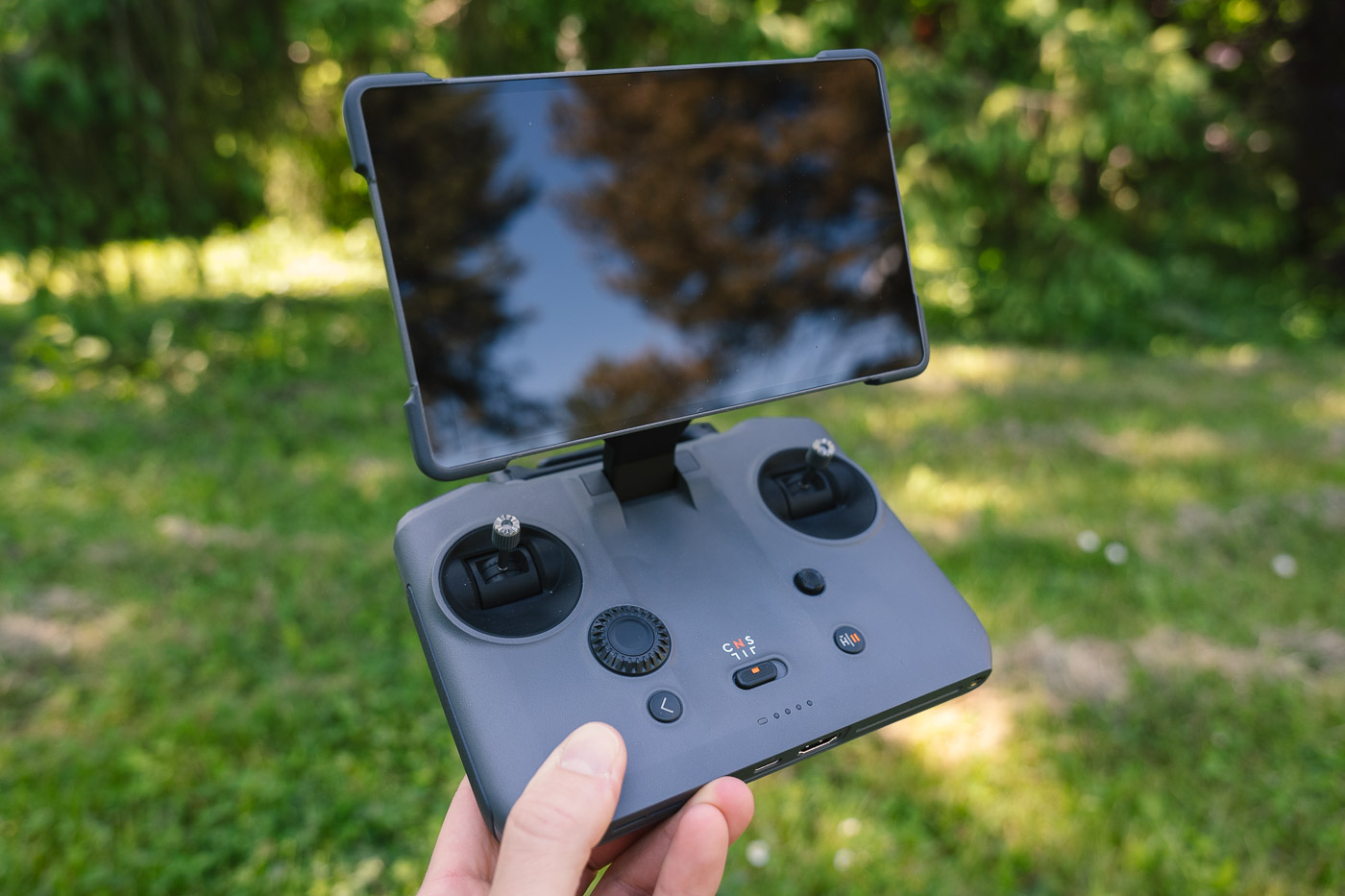

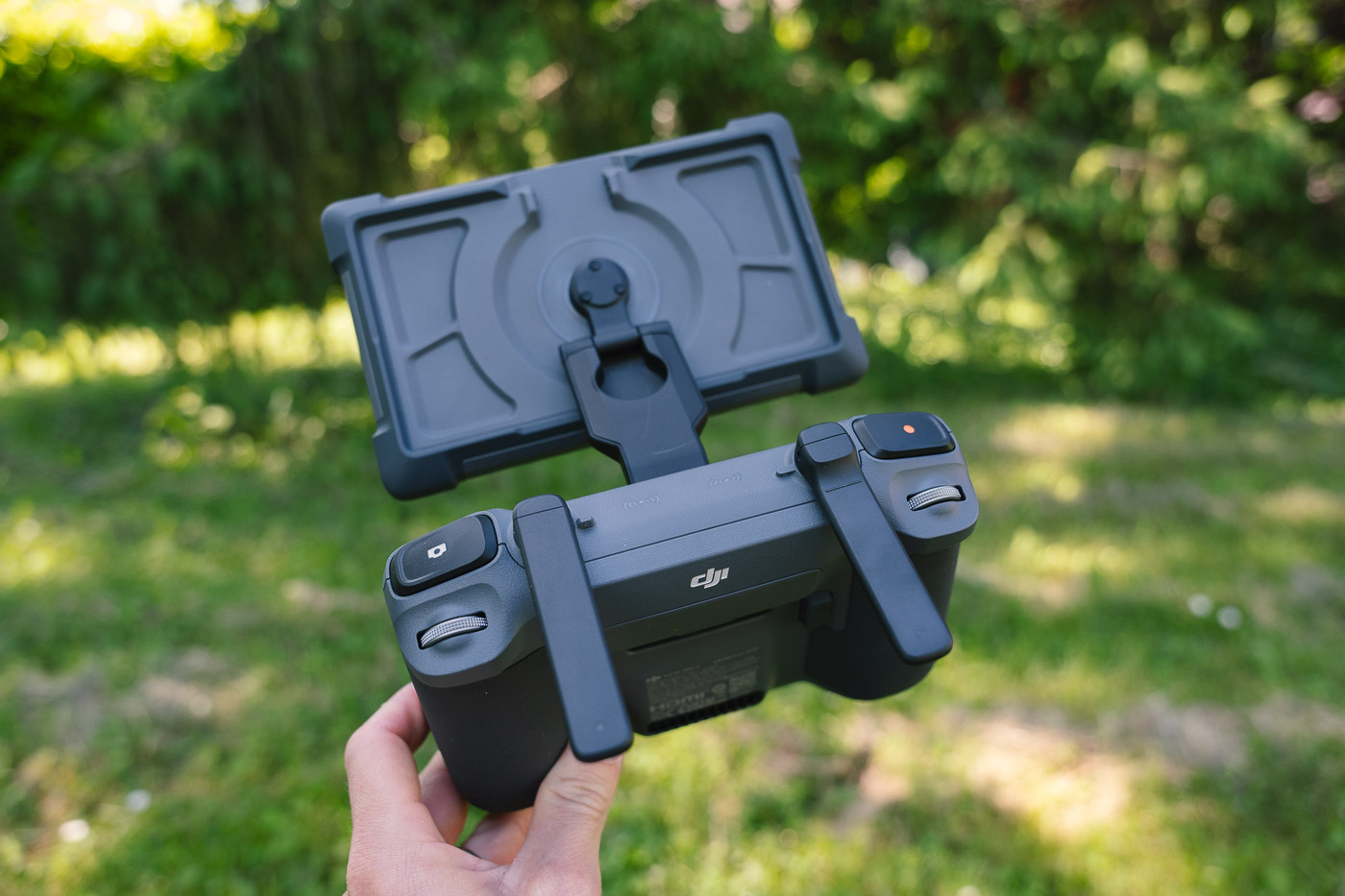

The display is mounted on a hinge, allowing you to precisely tilt the screen to avoid reflections. It can also be rotated 90° to switch into portrait mode. In fact, when you rotate the screen vertically, the gimbal automatically rotates 90° to capture vertical photos and videos. Social media and 9:16 video creators will love this feature.
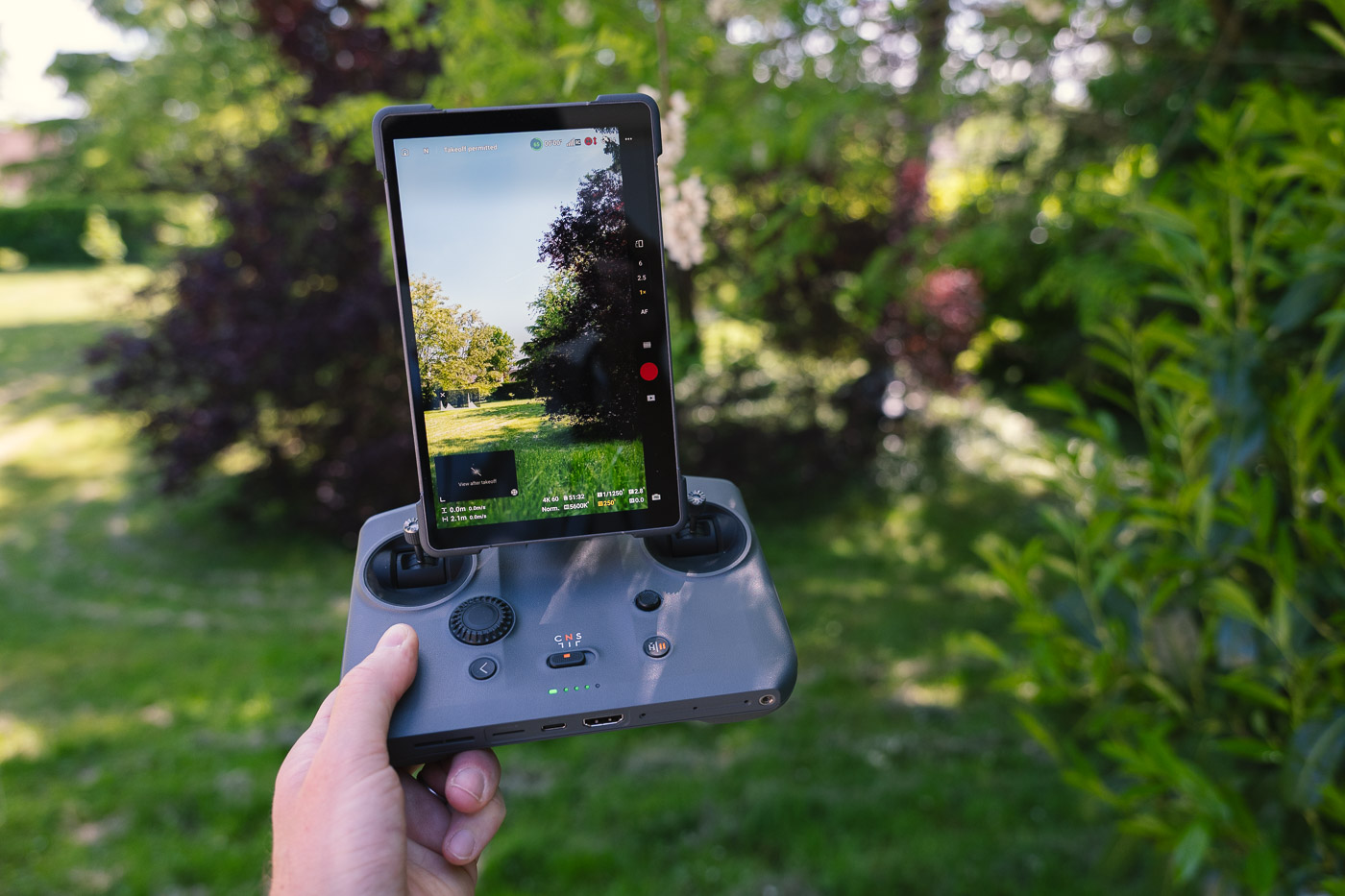

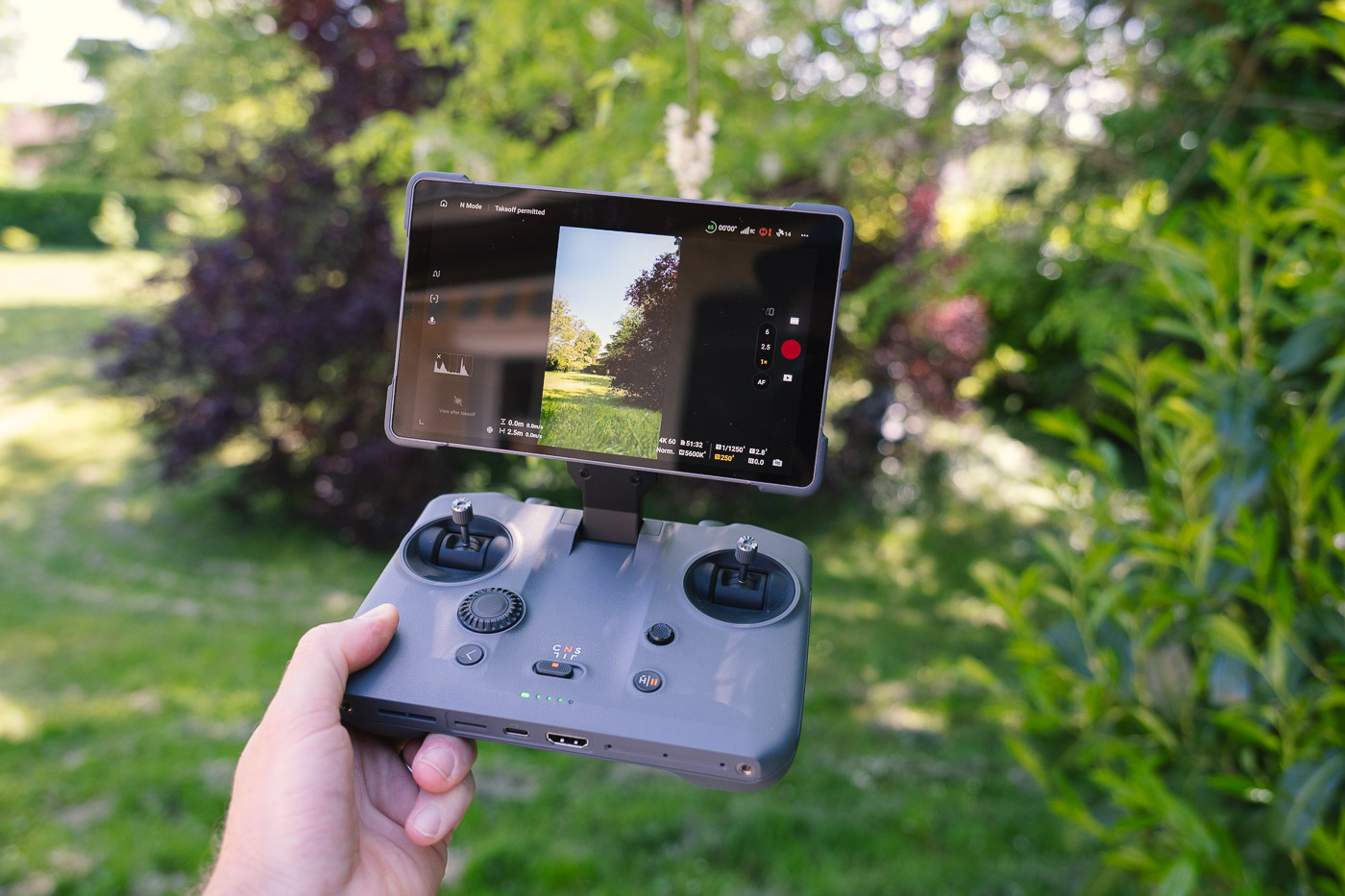

Thanks to the OcuSync 4+ transmission system, DJI claims a theoretical range of up to 30 km (15 km in Europe) for the drone. In reality, the maximum distance between the drone and the controller is far more limited.
During our test on open ground, we were able to reach… 850 m with a clear line of sight between the drone and the remote. As a reminder, in France, regulations require maintaining visual line-of-sight with the drone at all times.
Note that if the drone loses radio signal, it will automatically initiate a RTH procedure (Return to Home), maintaining a minimum altitude — by default set to 100 m in the app — to help avoid obstacles along its path. A useful feature for roadtrippers: the remote controller can dynamically update the RTH point, for example if you’re moving in a vehicle.


The controller has a battery life of 4 hours, allowing worry-free use. It also features a built-in microphone and is compatible with the DJI Mic system. Internal storage of 128 GB enables cached video recording or saving screen recordings from your flights — a very handy feature during our tests. Finally, an HDMI port allows extended video output, for example to a larger monitor — useful for large video productions.
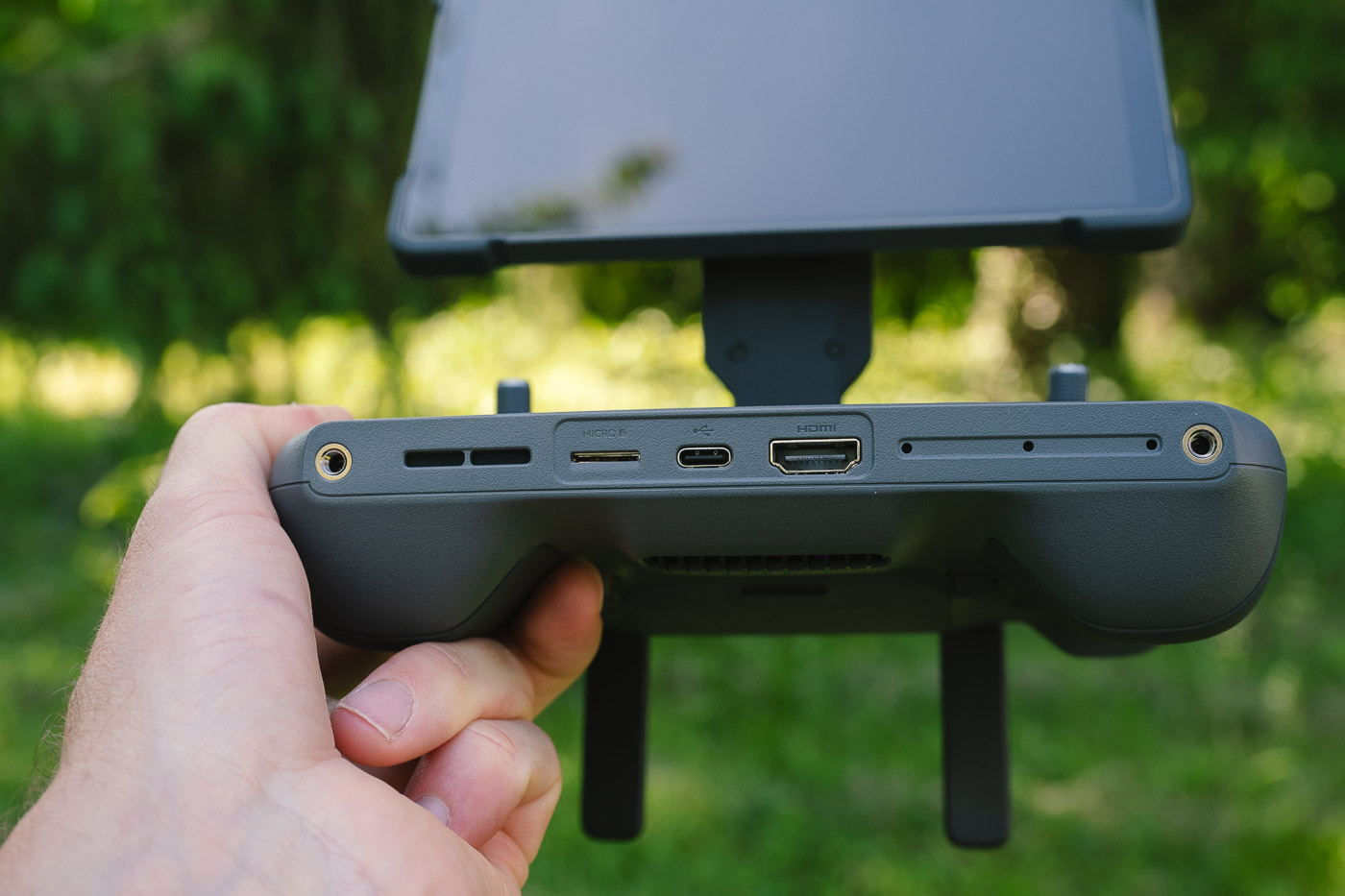

Essentially an Android tablet in disguise, the remote also offers advanced editing features inherited from the DJI Fly app. You can edit, modify, and export your footage using various tools, filters, and effects.
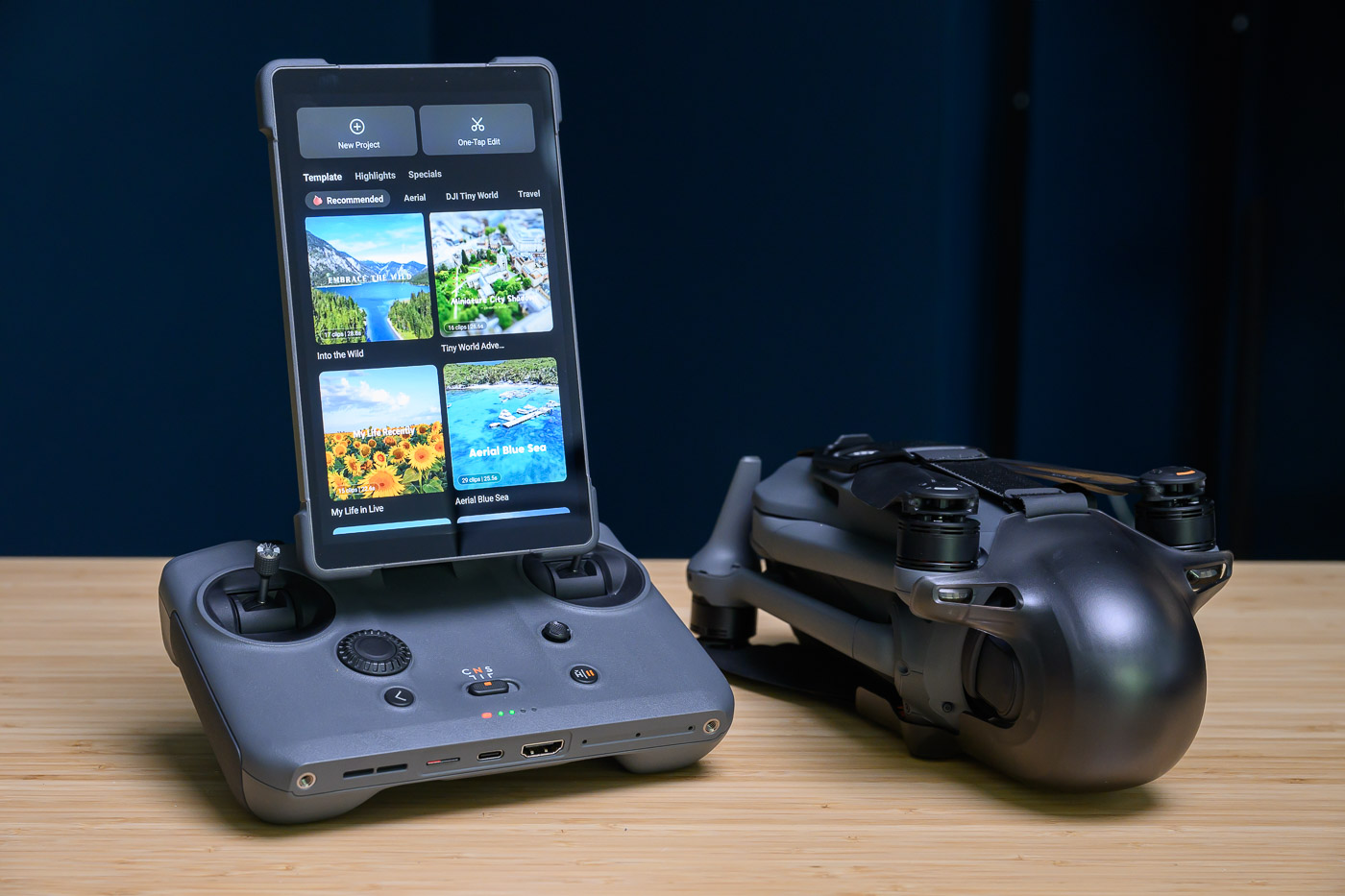

Overall, this remote controller is a significant improvement over the RC Pro. It delivers high-quality video feedback with minimal latency while providing a comfortable and intuitive piloting experience. One downside with the RC Pro 2: some touchscreen functions lack responsiveness, especially when switching between lenses. Occasionally, it takes two attempts to activate a setting.
Flight Performance of the DJI Mavic 4 Pro
In terms of control and flight, the DJI Mavic 4 Pro builds on familiar ground. DJI has been fine-tuning its flight algorithms for years, and the Mavic 4 Pro is one of the safest and most responsive drones we’ve tested. Thanks to the intuitive layout of the physical controls on the remote, there’s rarely a need to touch the screen to navigate — much more convenient than using the DJI Fly app and virtual joysticks.
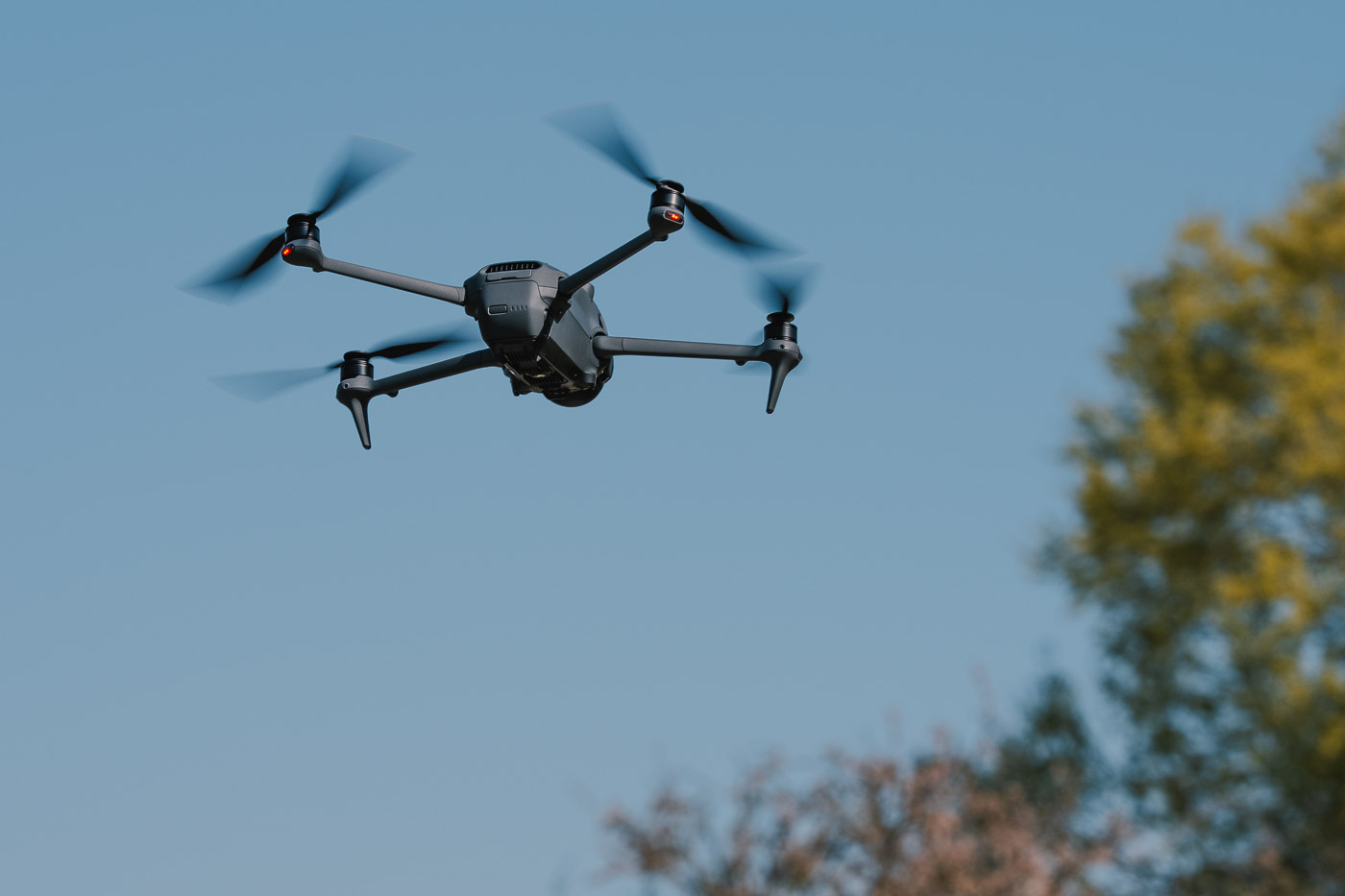

In terms of raw performance, the DJI Mavic 4 Pro strikes a great balance between stability and top speed. Like other recent DJI drones, this model features three flight modes:
- Normal for balanced handling
- Cine for slower, more precise movements
- Sport for maximum speed and responsiveness
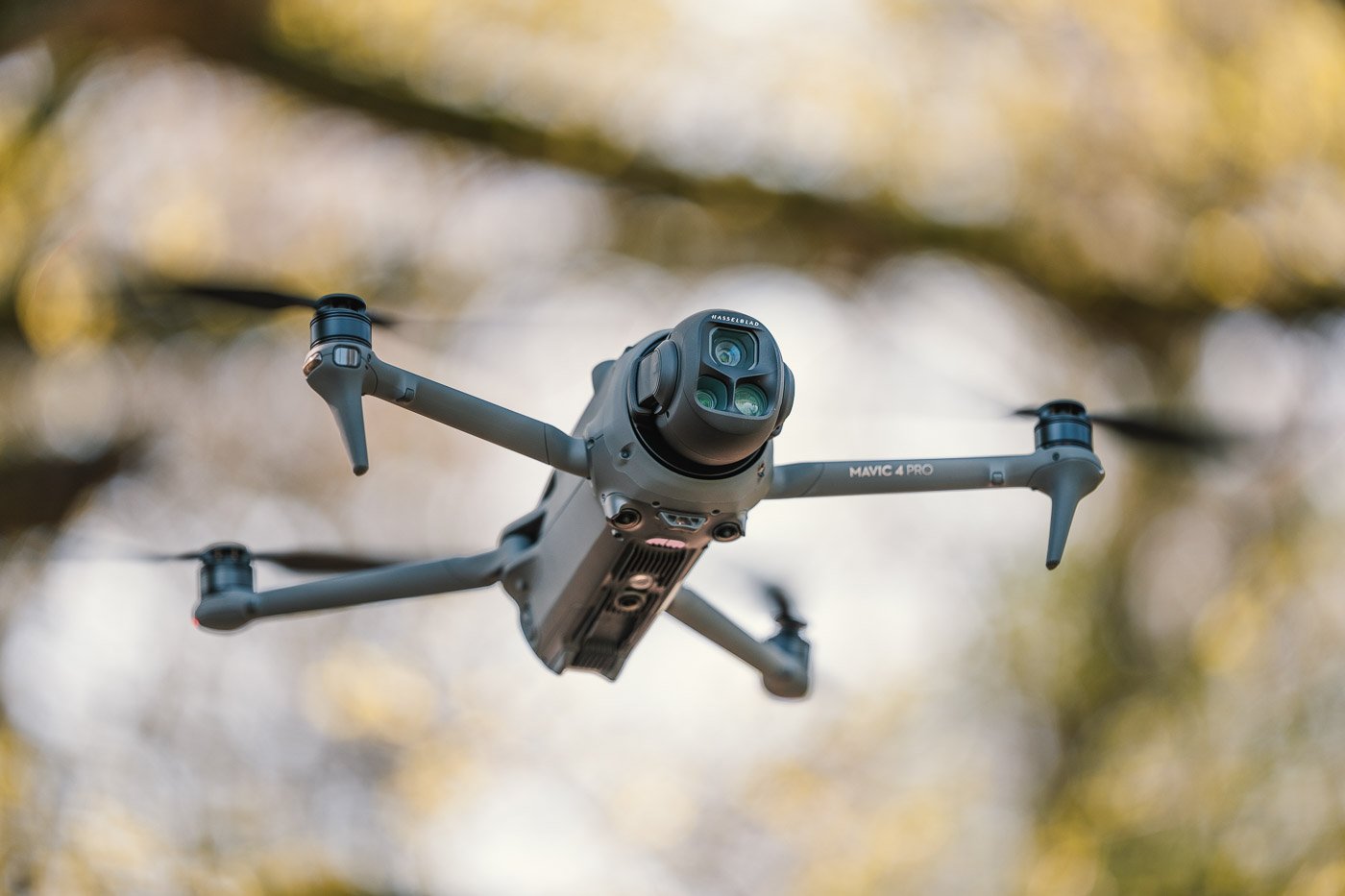

In Sport mode, the Mavic 4 Pro can reach a top speed of 25 m/s, or 90 km/h! Needless to say, this mode is best reserved for experienced pilots, especially since obstacle detection is disabled in Sport mode. The drone can also ascend or descend at up to 10 m/s, making it extremely responsive.
During our test, we made good use of these “sporty” capabilities to quickly bring the drone back when a thunderstorm suddenly rolled in.
On that note, thanks to its robust build and aerodynamic design, the drone boasts a maximum wind resistance of 12 m/s, compared to 10.7 m/s for the Mavic 3 Pro. Several times along the French coast, we encountered very windy days, and even though the drone signaled high wind alerts, it remained capable of flying safely, despite some gusts. That said, be mindful of sudden wind bursts, which could send the drone off course.
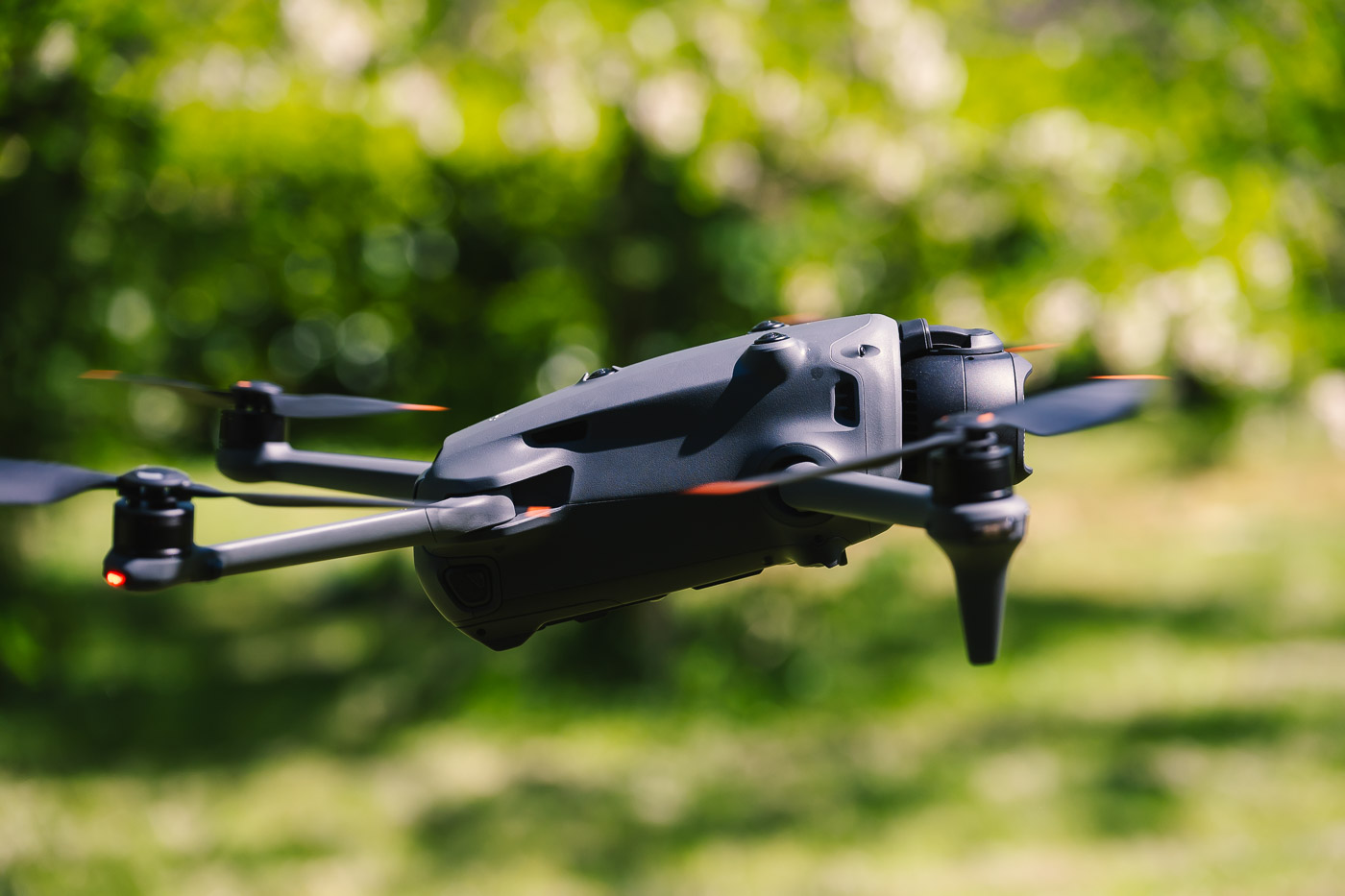

In terms of operating noise, the Mavic 4 Pro offers a slight improvement over the Mavic 3 Pro. While the sound of the propellers remains audible, it is slightly better controlled, with a less “piercing” tone thanks to a slightly lower frequency than the Mavic 3 Pro.
Still, from an environmental perspective, the sound of the Mavic 4 Pro quickly becomes intrusive when flying under 30 m. When hovering, the noise is moderate, but during rapid climbs or maneuvers, it becomes much more noticeable.
Photo Image Quality of the DJI Mavic 4 Pro
After covering the drone’s features and handling, let’s take a closer look at the image quality delivered by the Mavic 4 Pro.
With its Hasselblad CMOS 4/3 sensor boasting 100 megapixels, the DJI Mavic 4 Pro takes aerial photography to a new level. This drone literally becomes a flying camera, capable of producing highly detailed images while providing significant post-processing flexibility thanks to the DNG format.
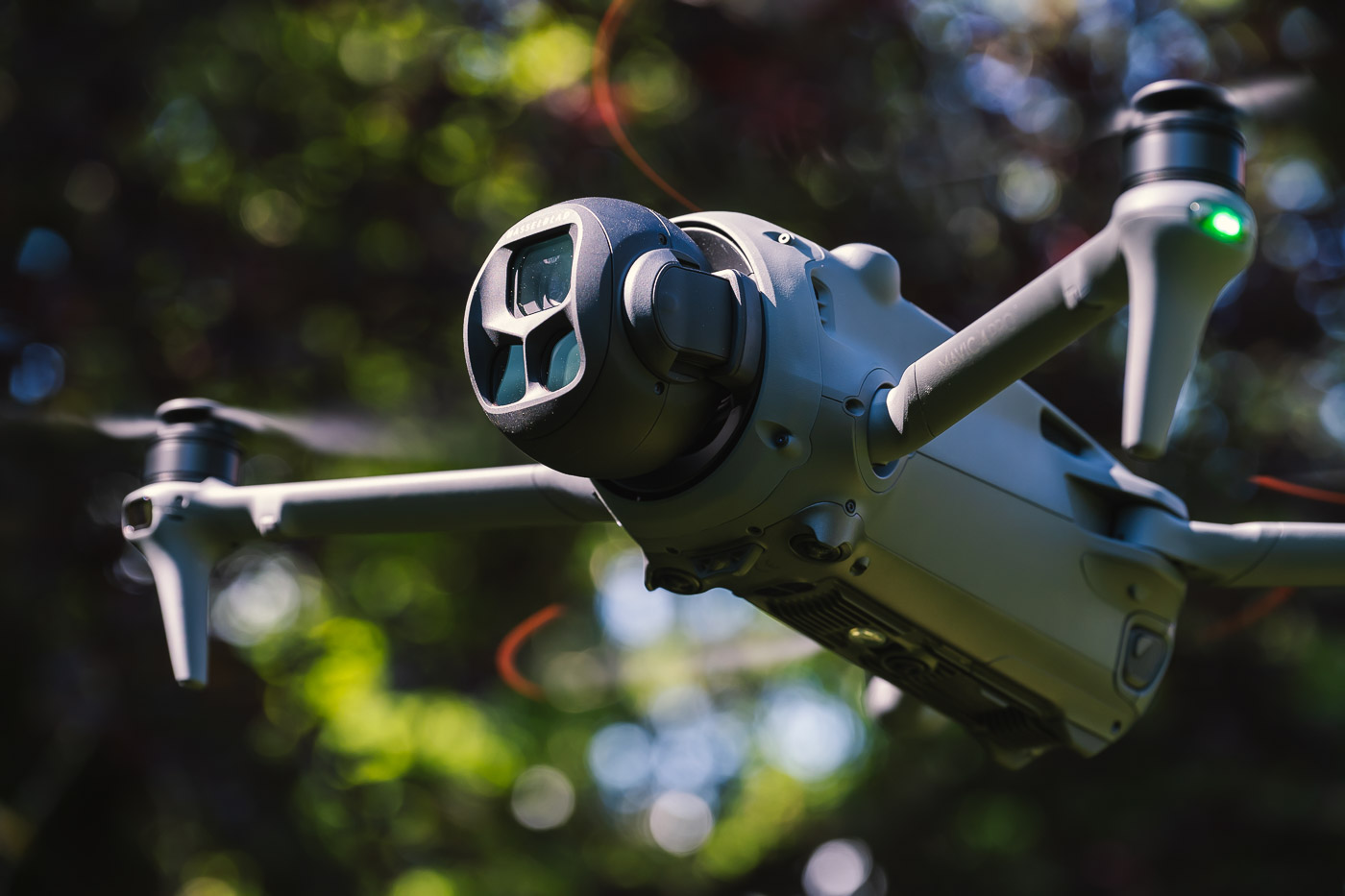

An Impressive 4/3 100 MP Sensor for a Drone
The 100 MP main sensor delivers highly detailed images, with an impressive level of sharpness (for a drone) and excellent texture rendering, especially in natural scenes. The 28 mm lens with variable aperture (f/2 to f/11) allows for fine control over exposure and shutter speed, while enabling starburst effects when shooting toward the sun.
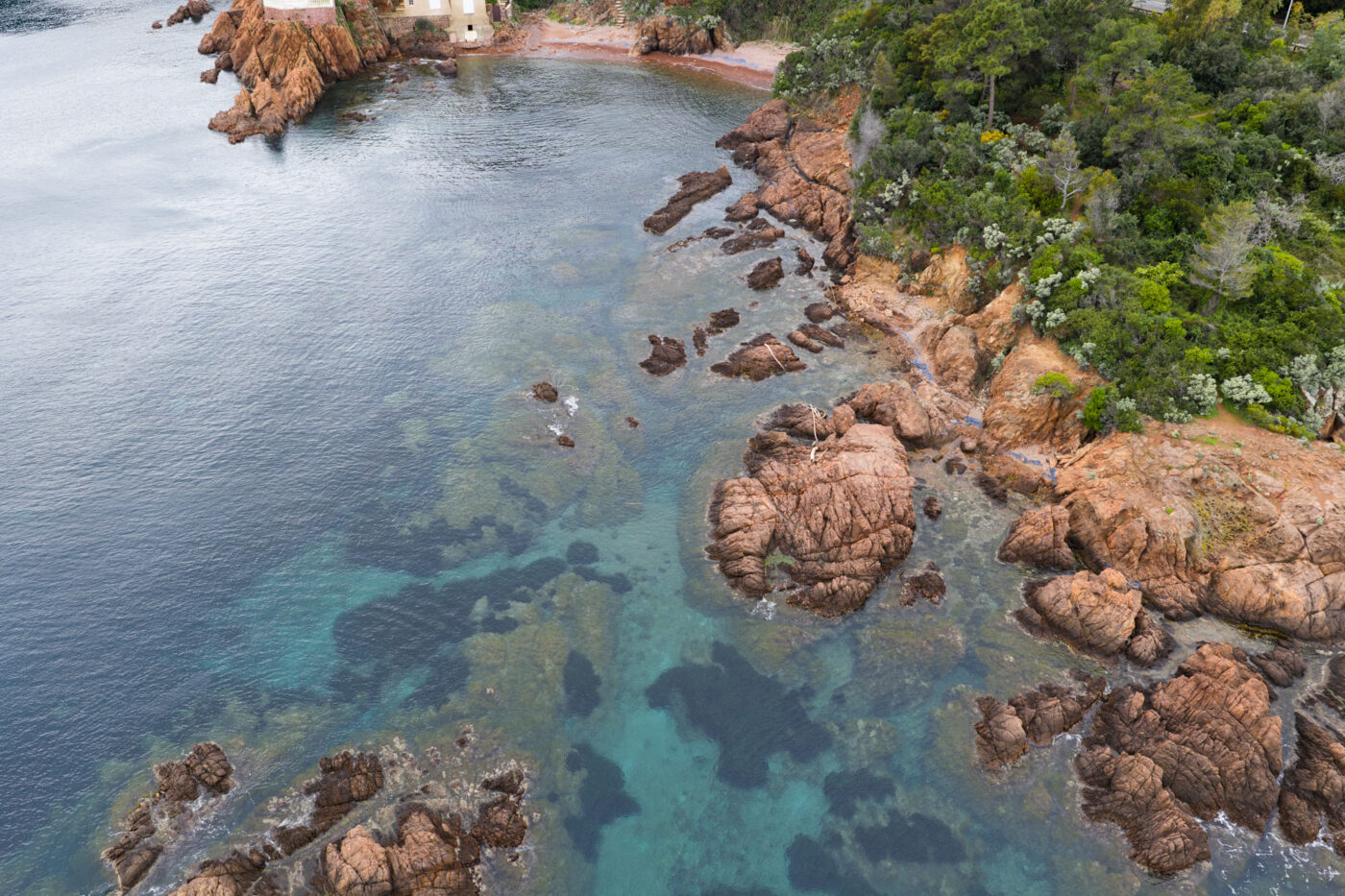

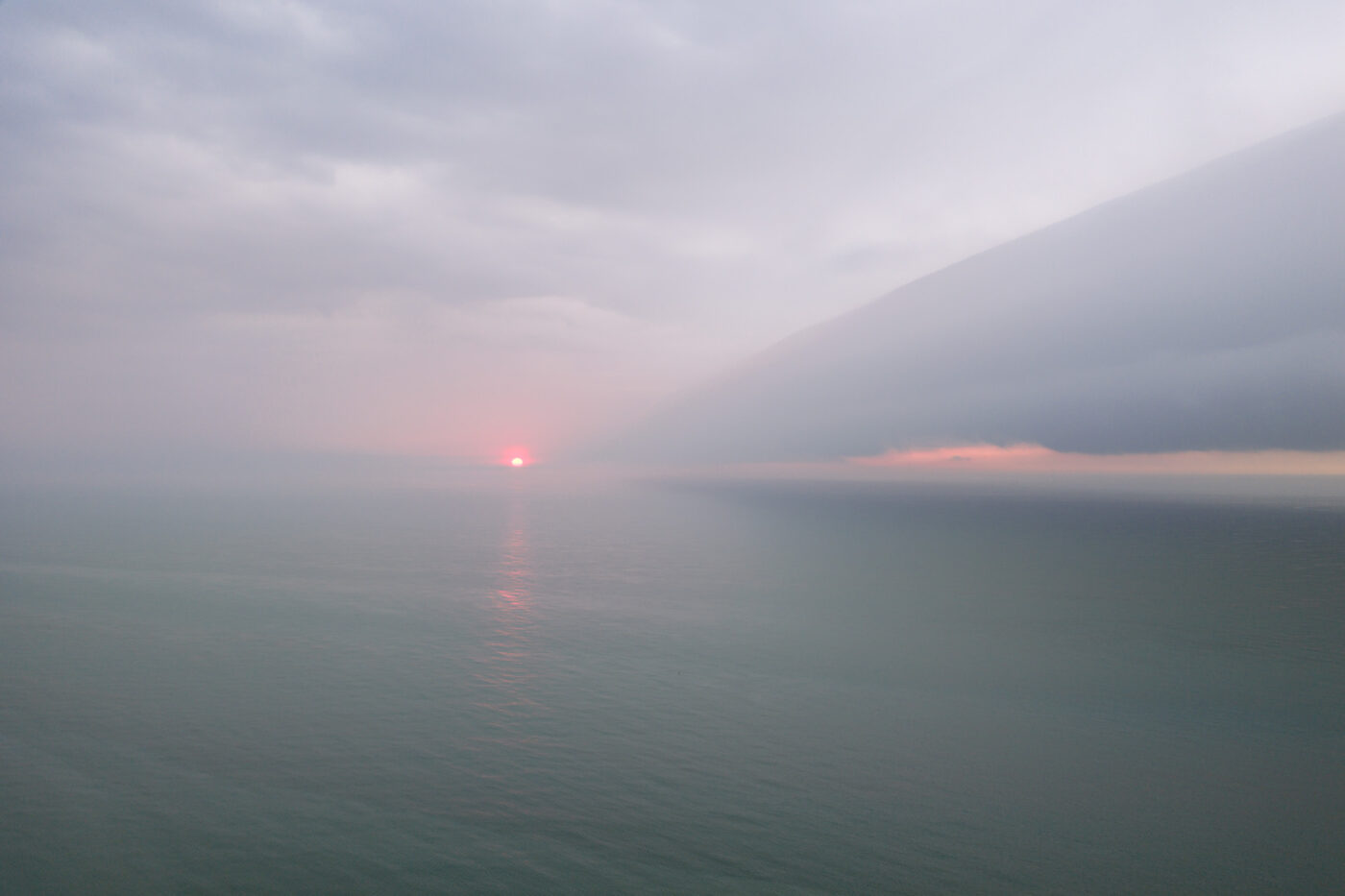

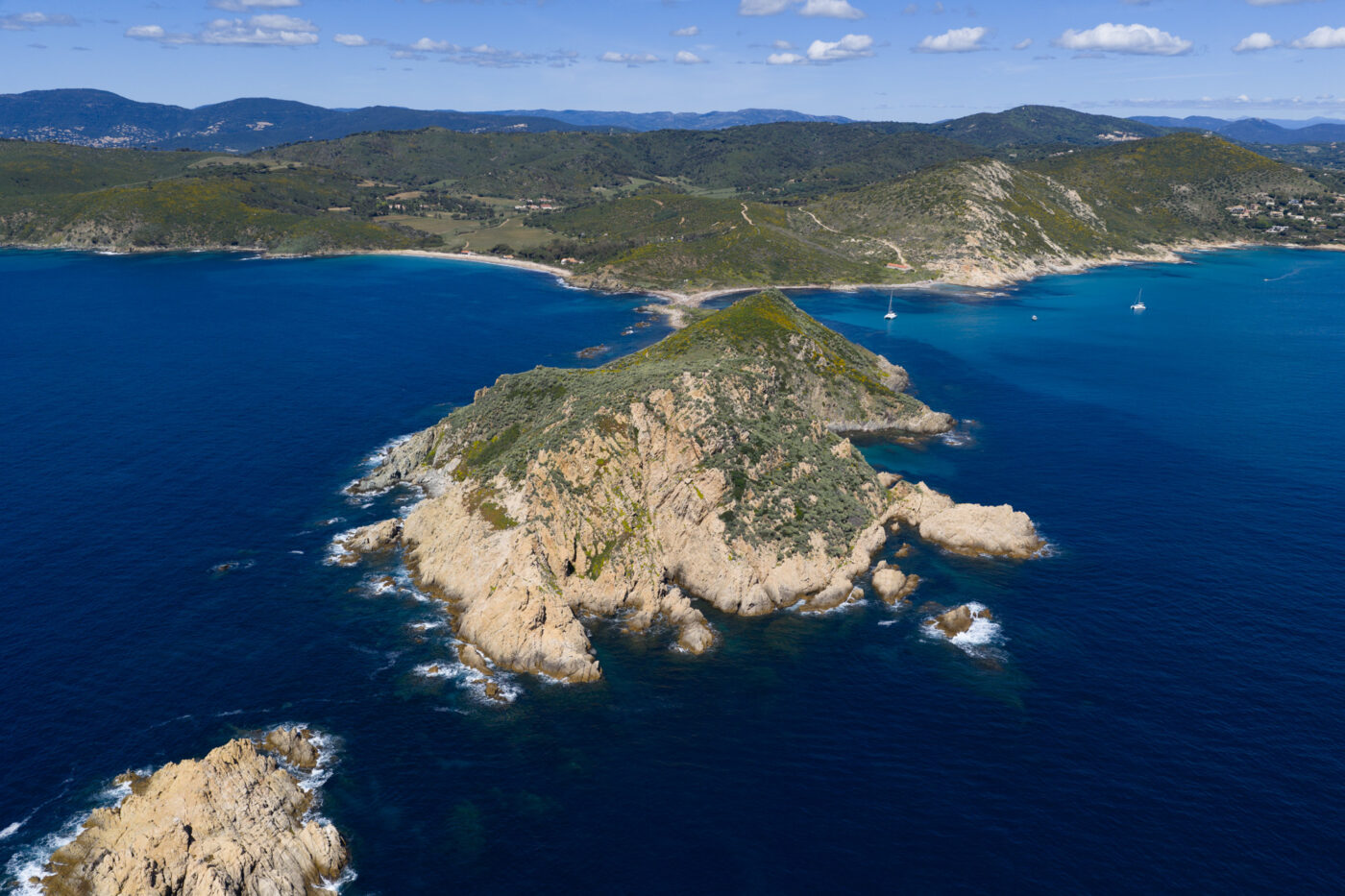

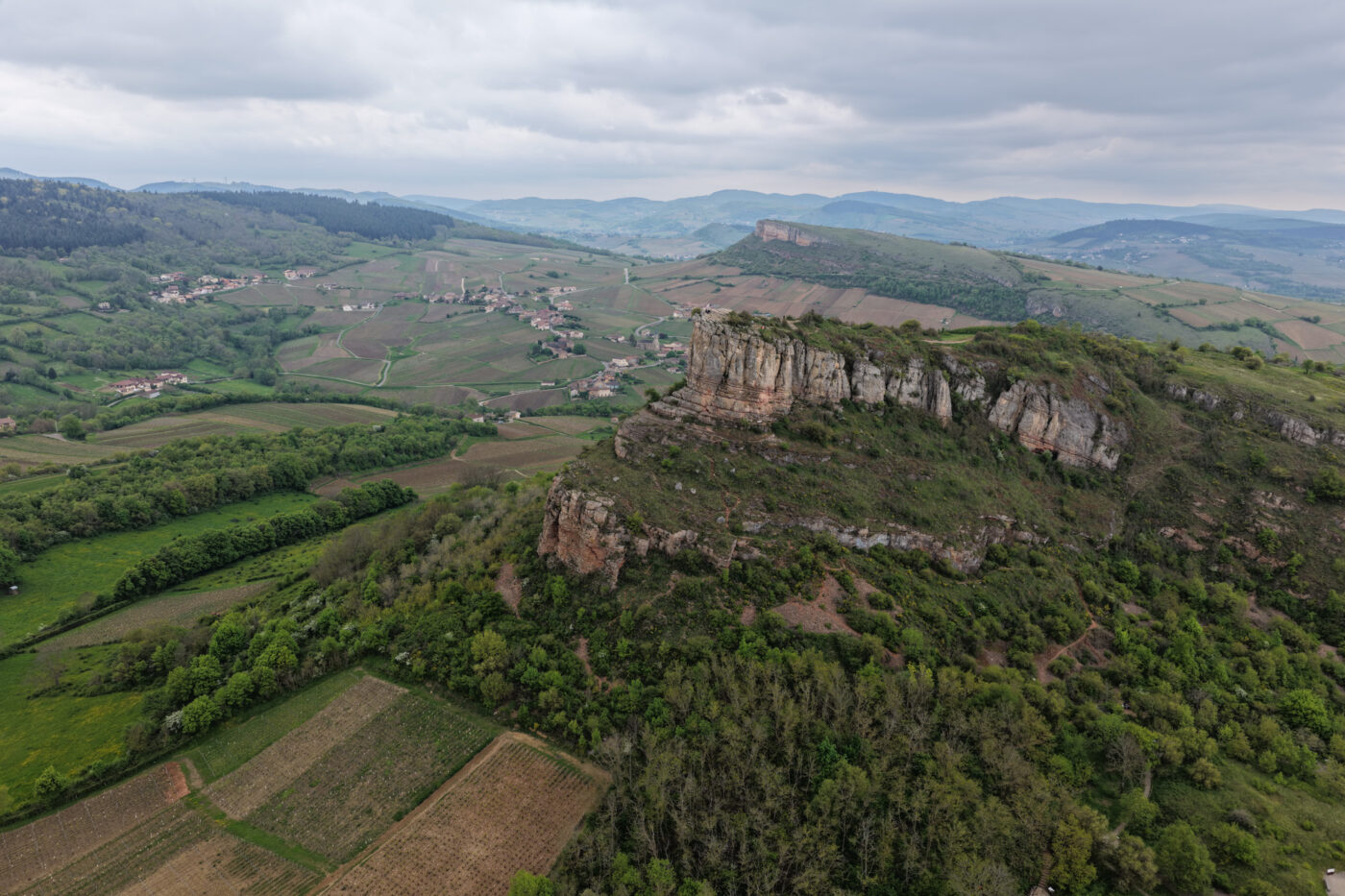

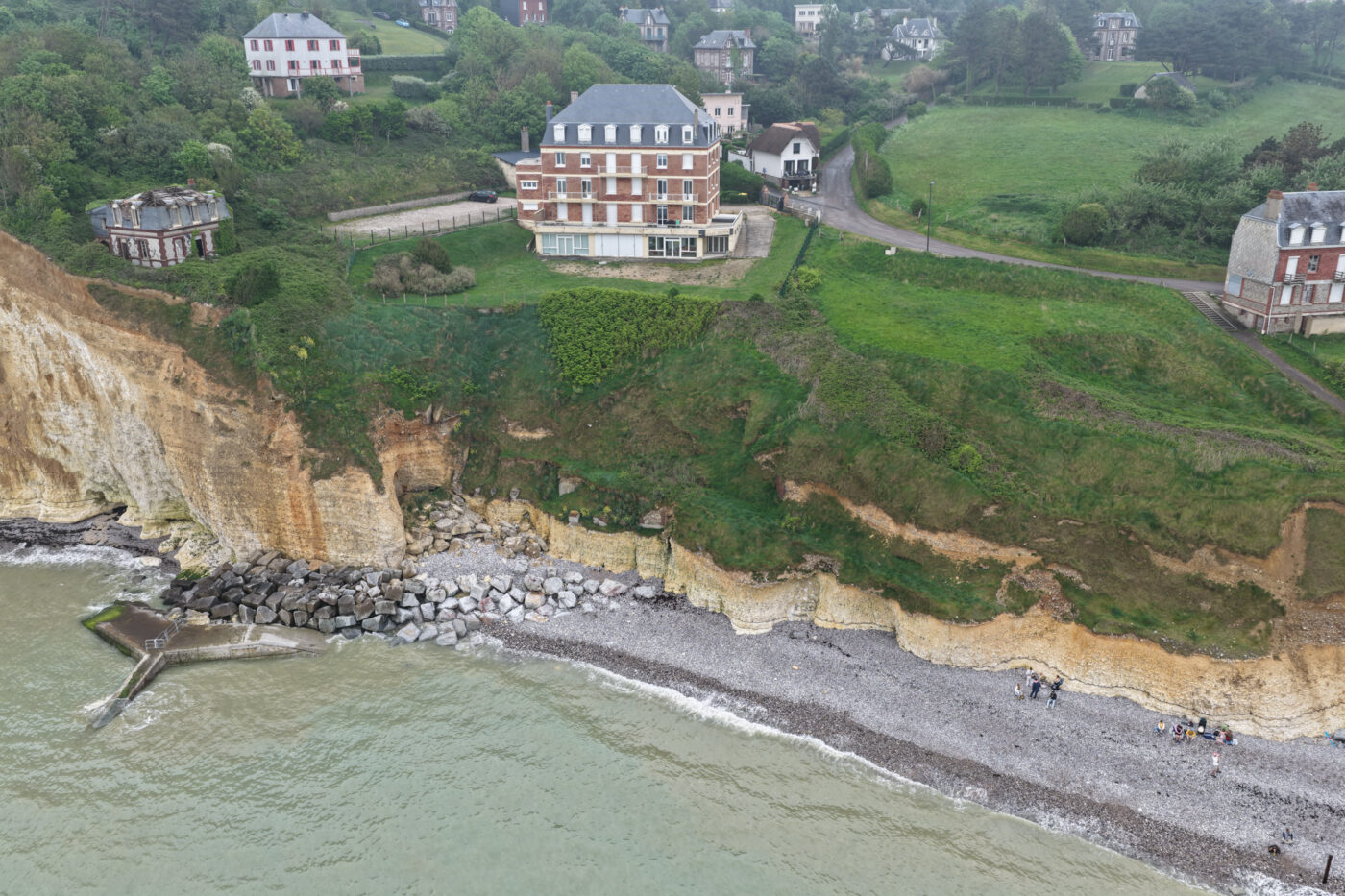

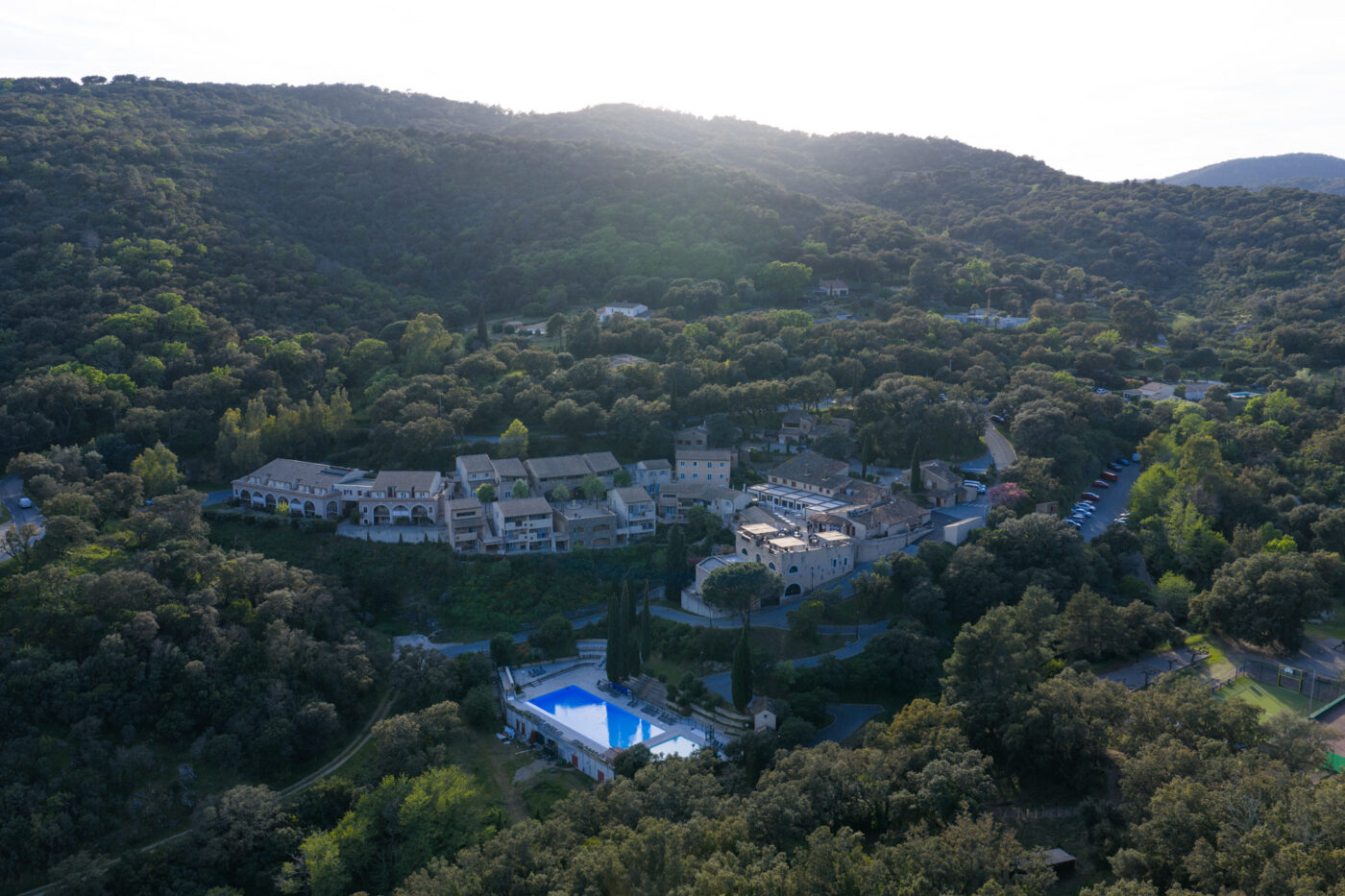

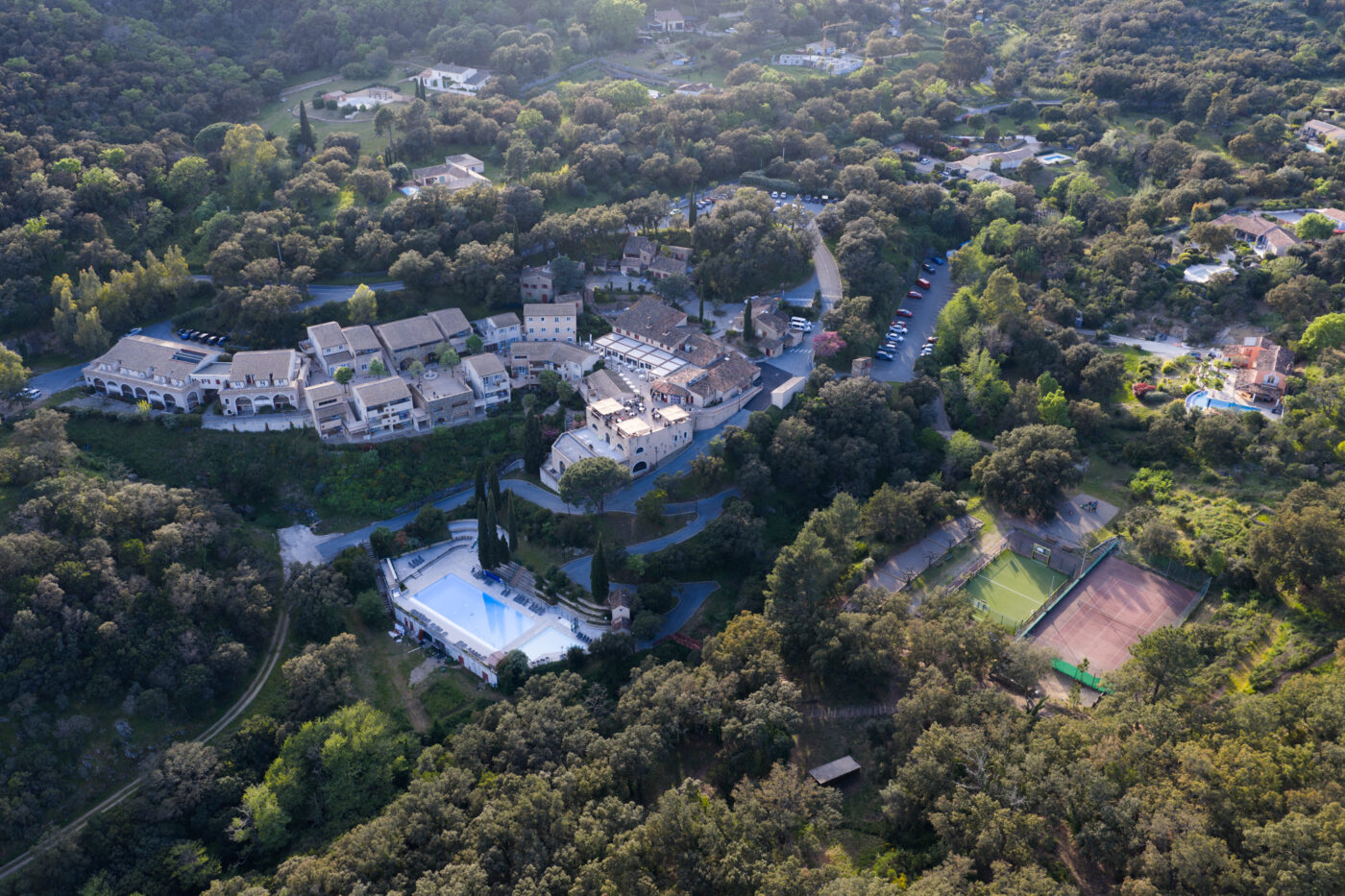

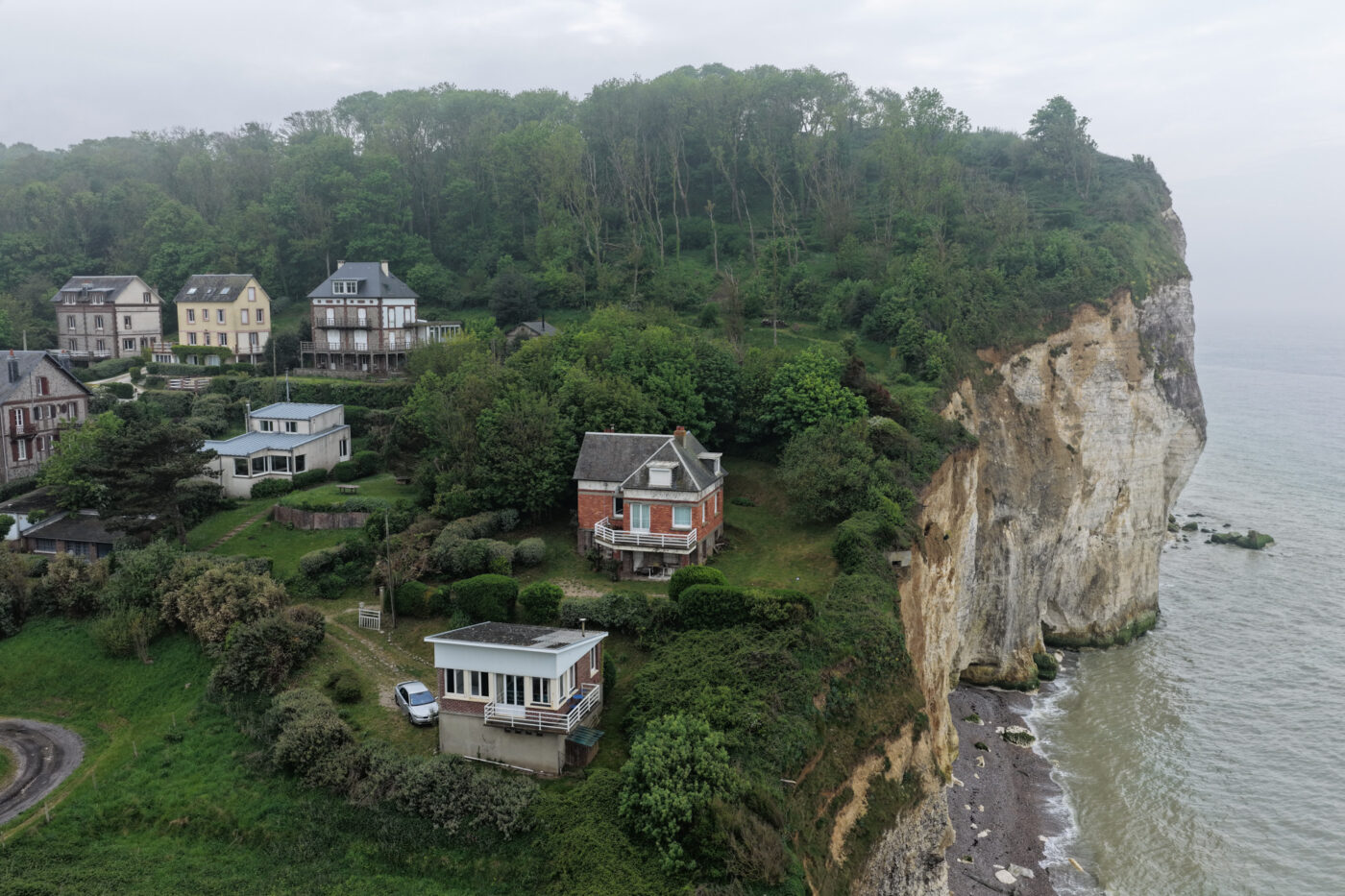

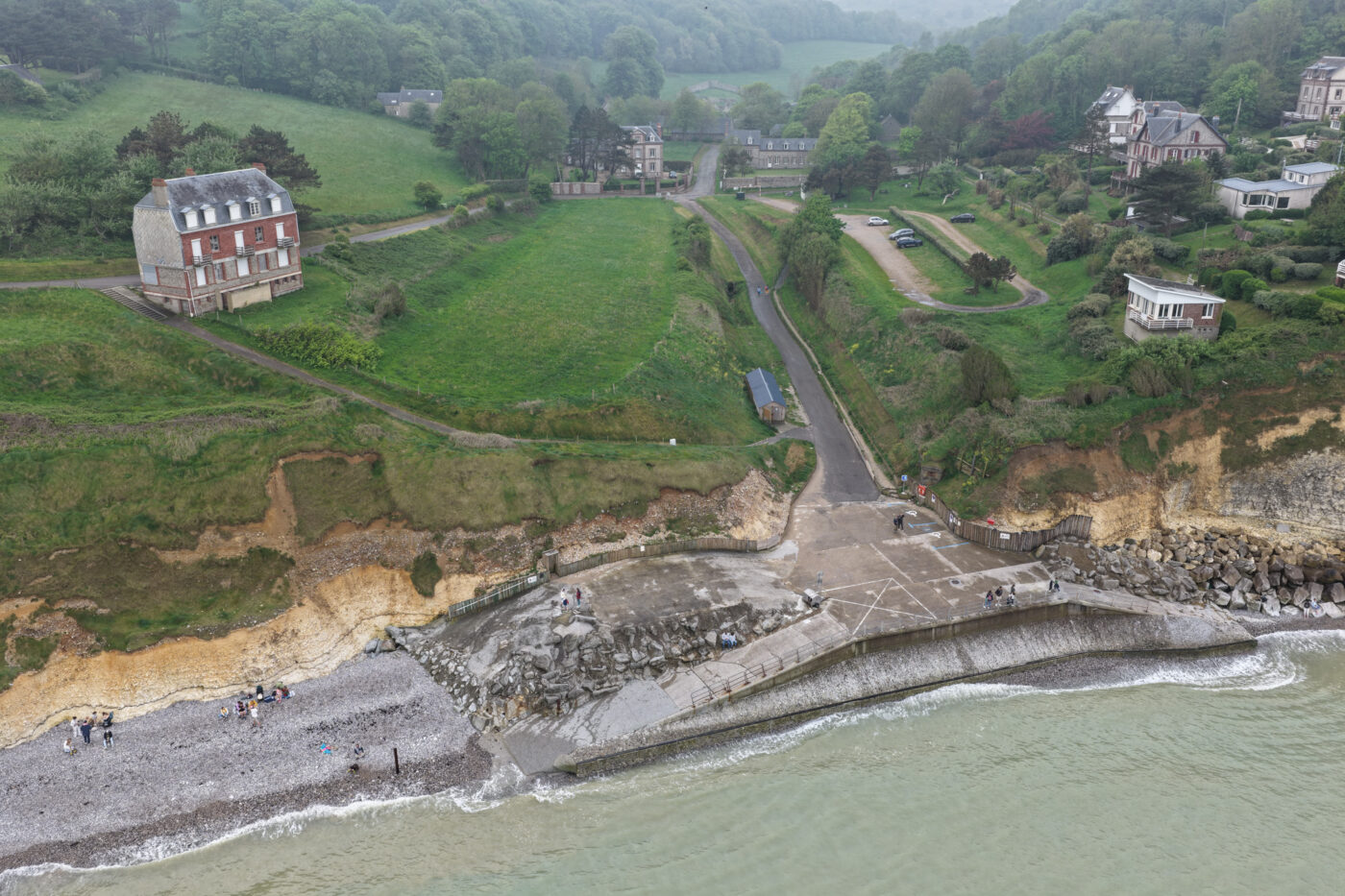

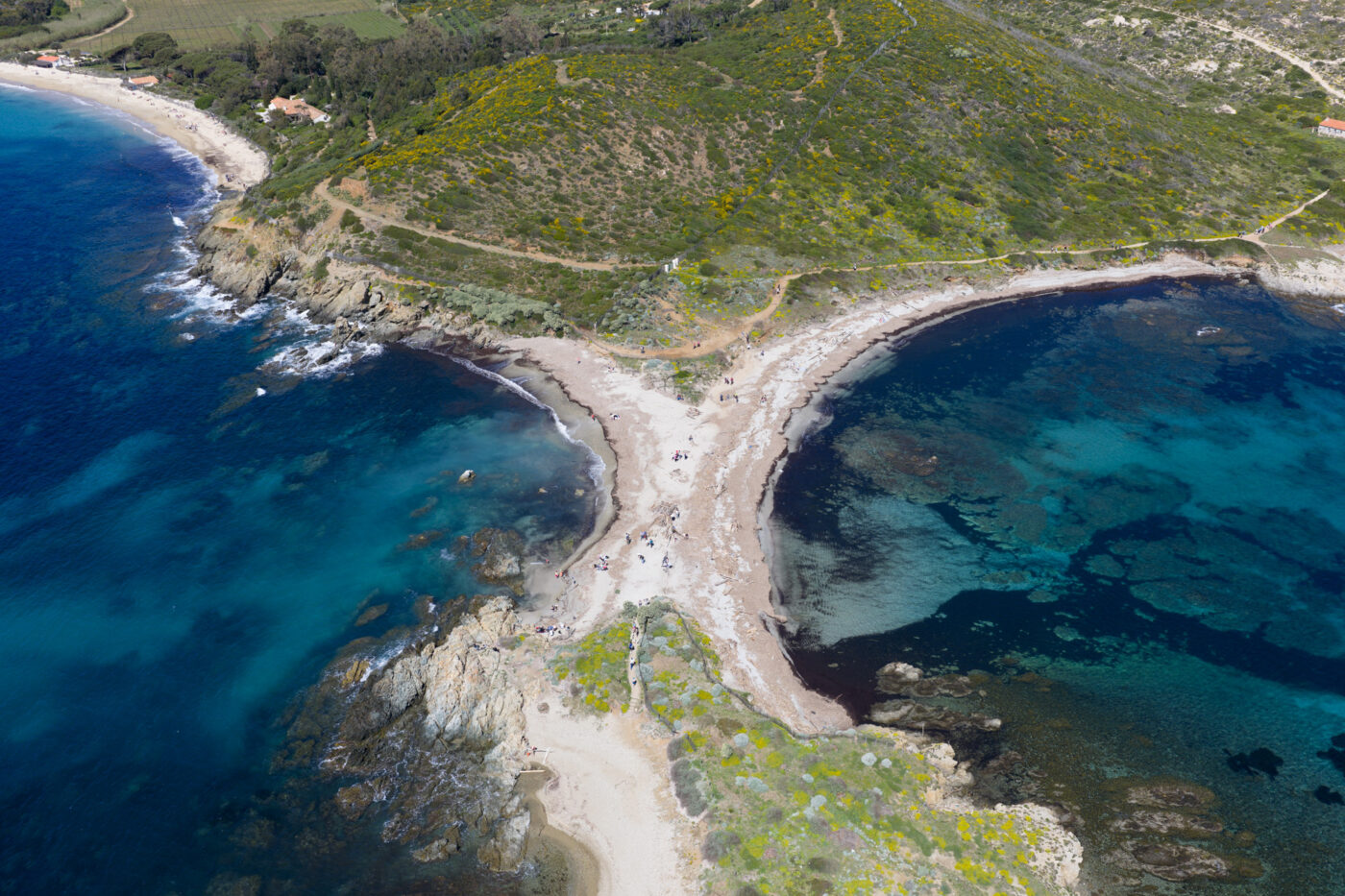





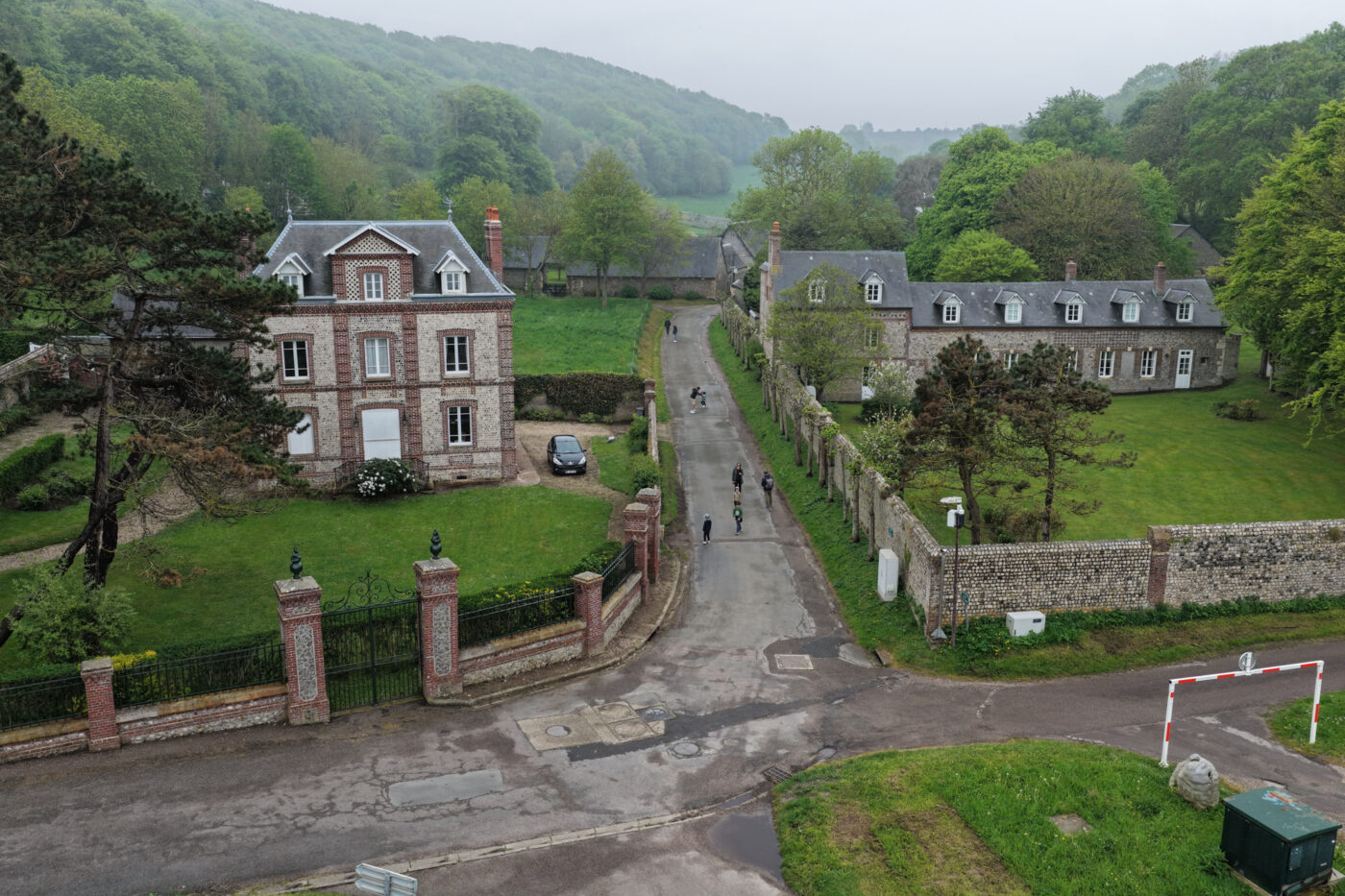

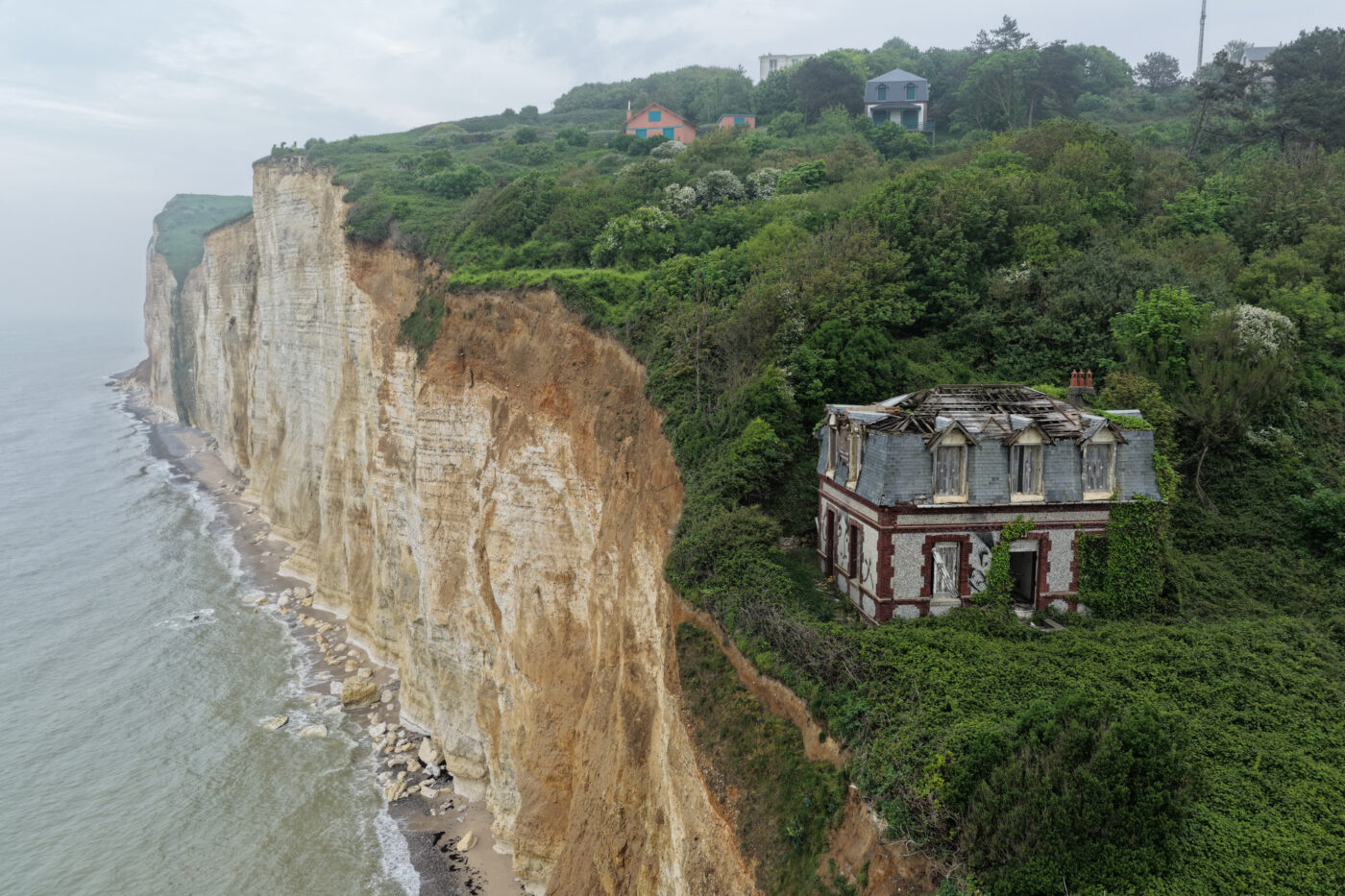

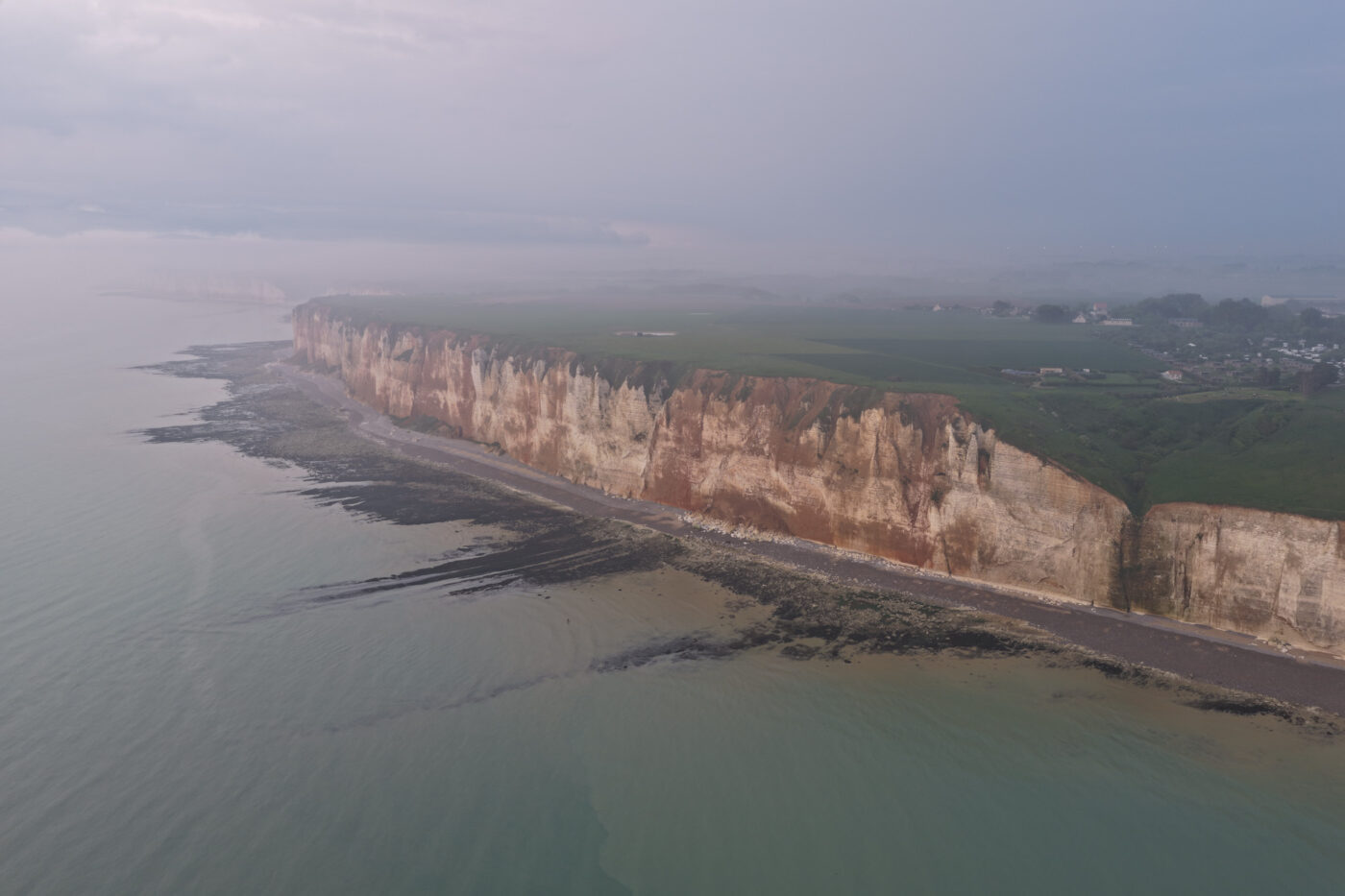

DJI promotes the Hasselblad Natural Color Solution (HNCS) profile, which aims to produce natural-looking colors without excessive saturation. In practice, RAW (DNG) files offer excellent editing latitude, with well-managed dynamic range, particularly in highlights.
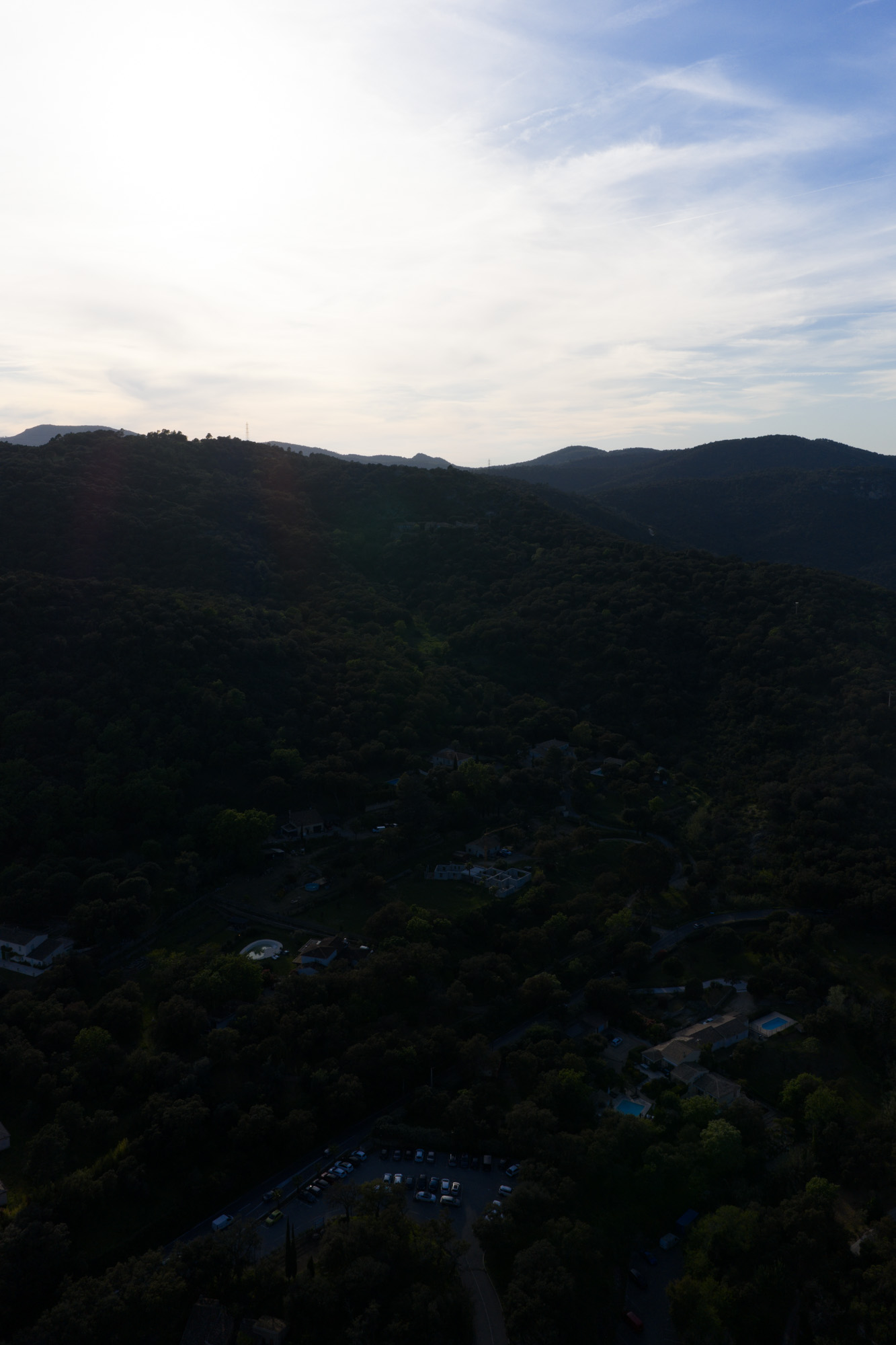

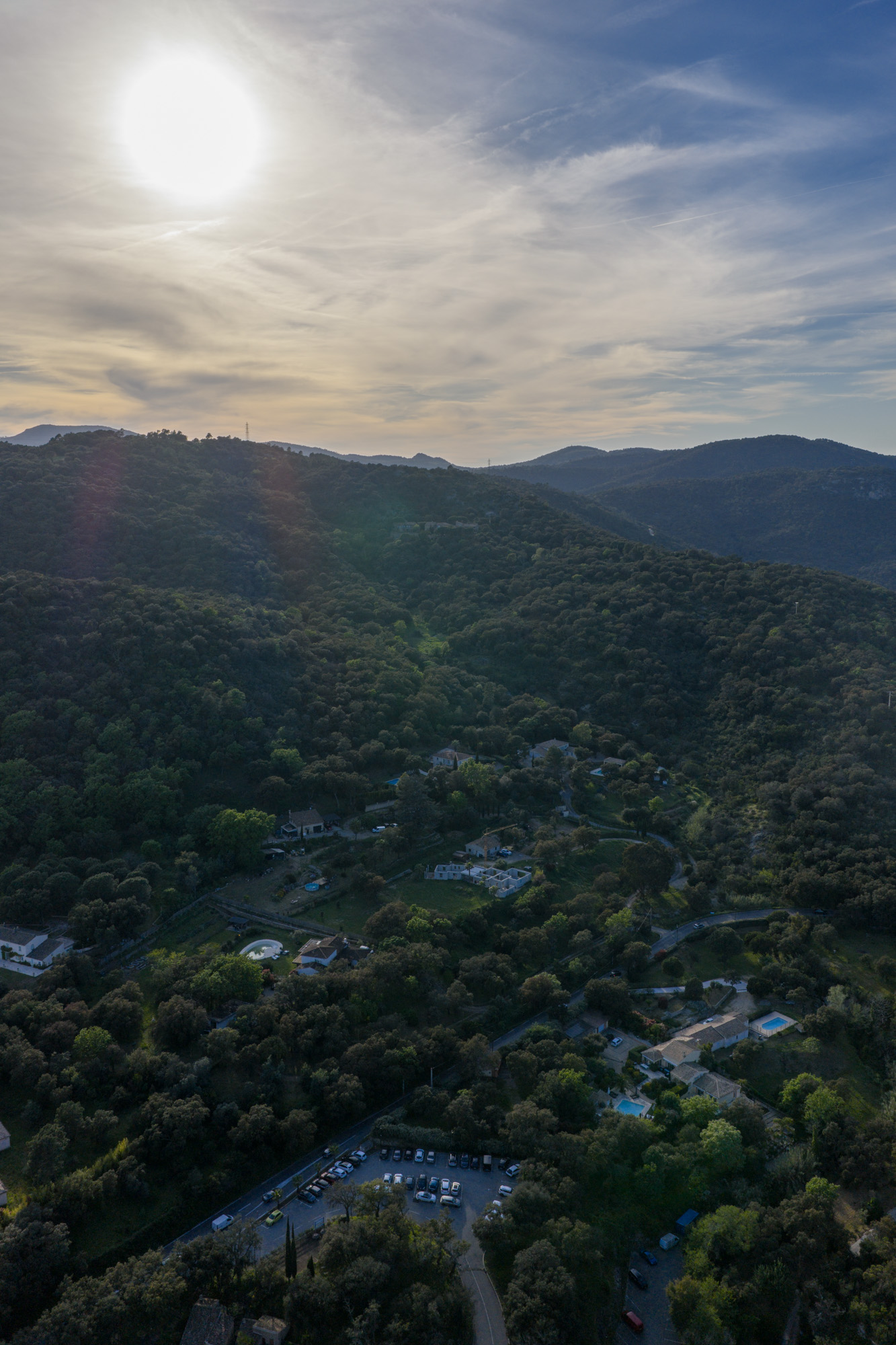

The RAW files weigh in at around 124 MB, while JPEGs average 50 MB per image with this sensor.
JPEGs: Overprocessed?
The JPEG files, on the other hand, are sometimes a bit too “processed”, with noticeable sharpening and visible noise reduction, even in daylight. This will suit quick or casual use, but photographers will clearly prefer shooting in RAW to preserve a more natural image, even if it means spending more time in post-production.
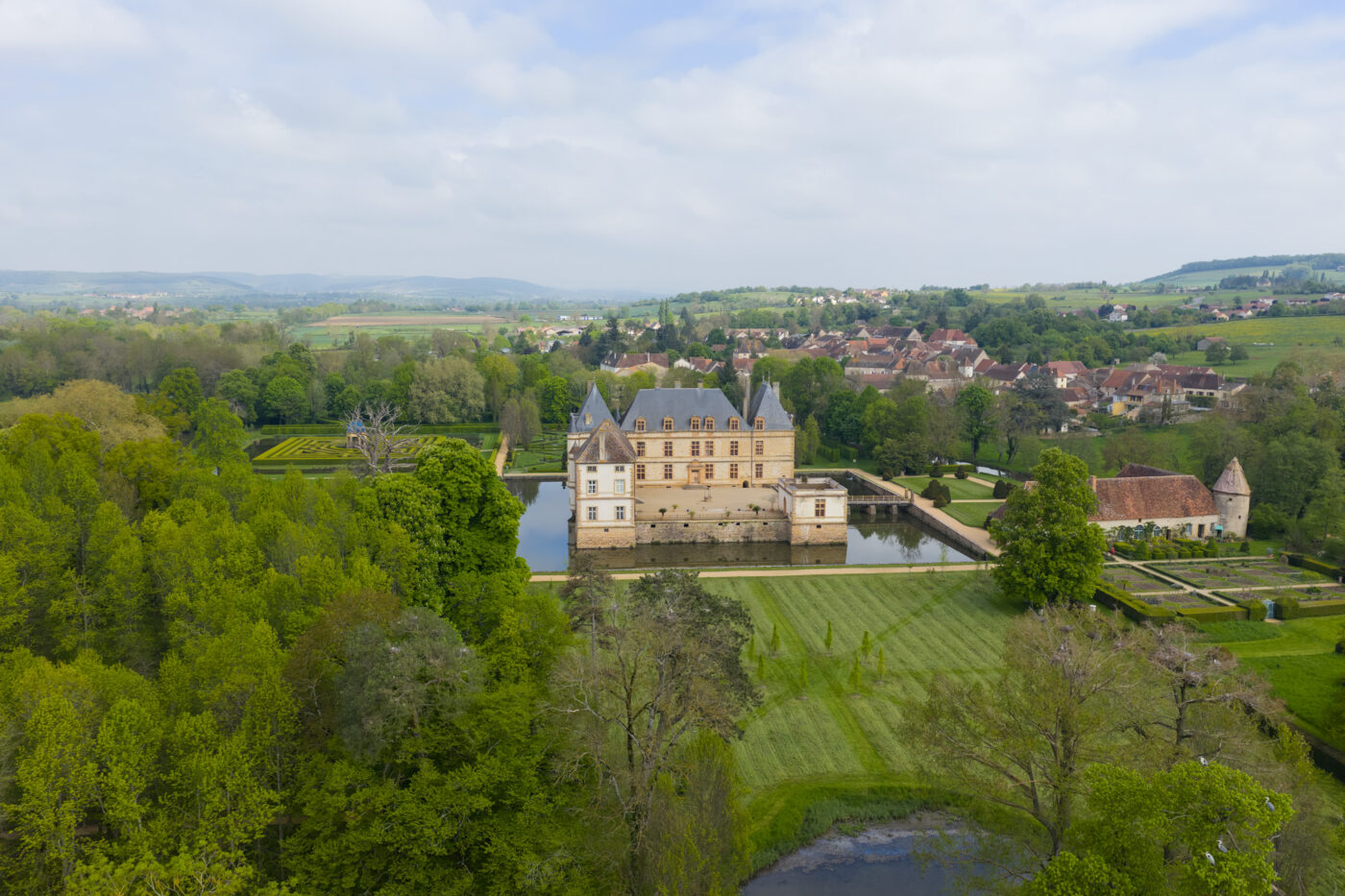

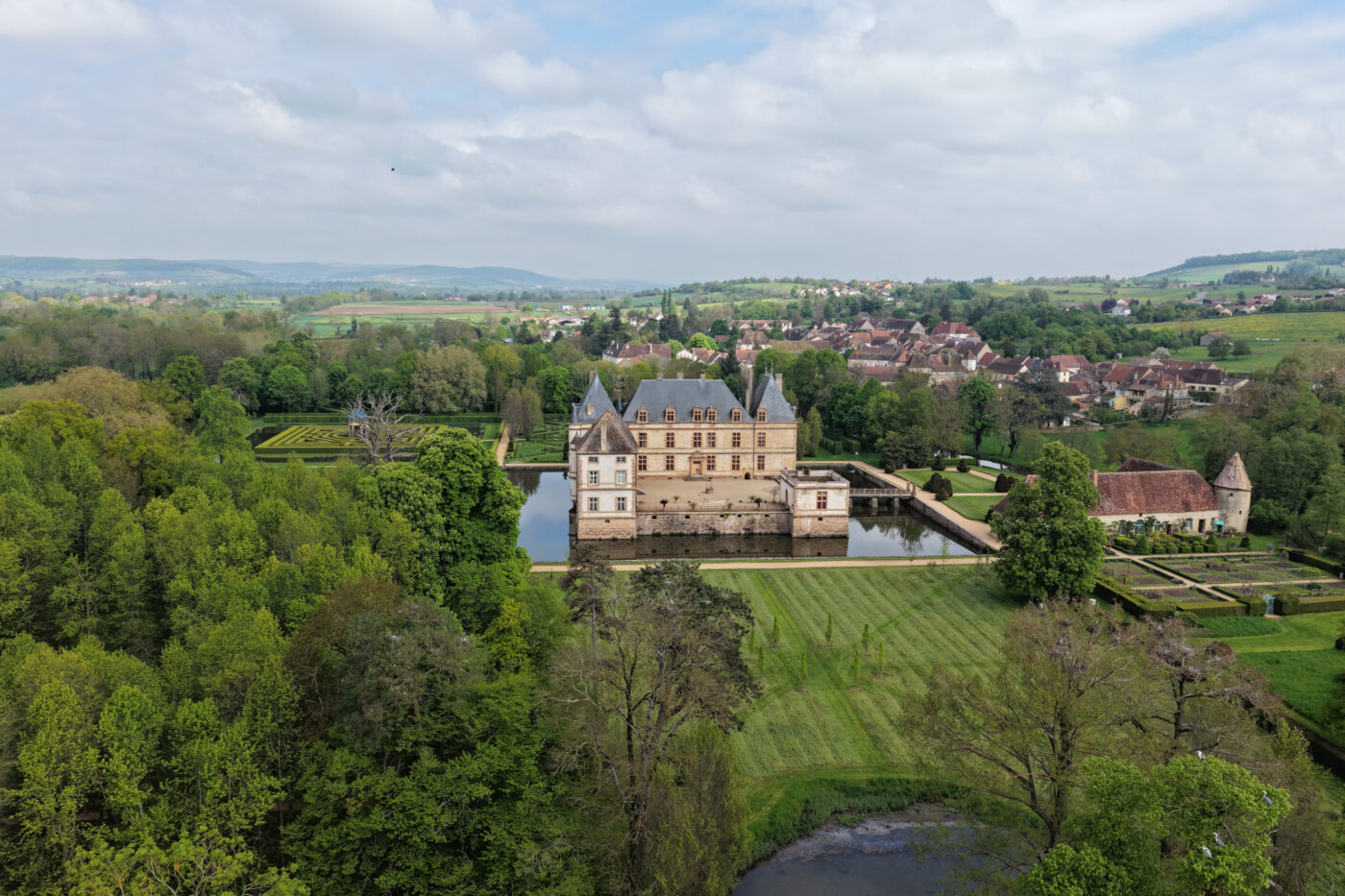

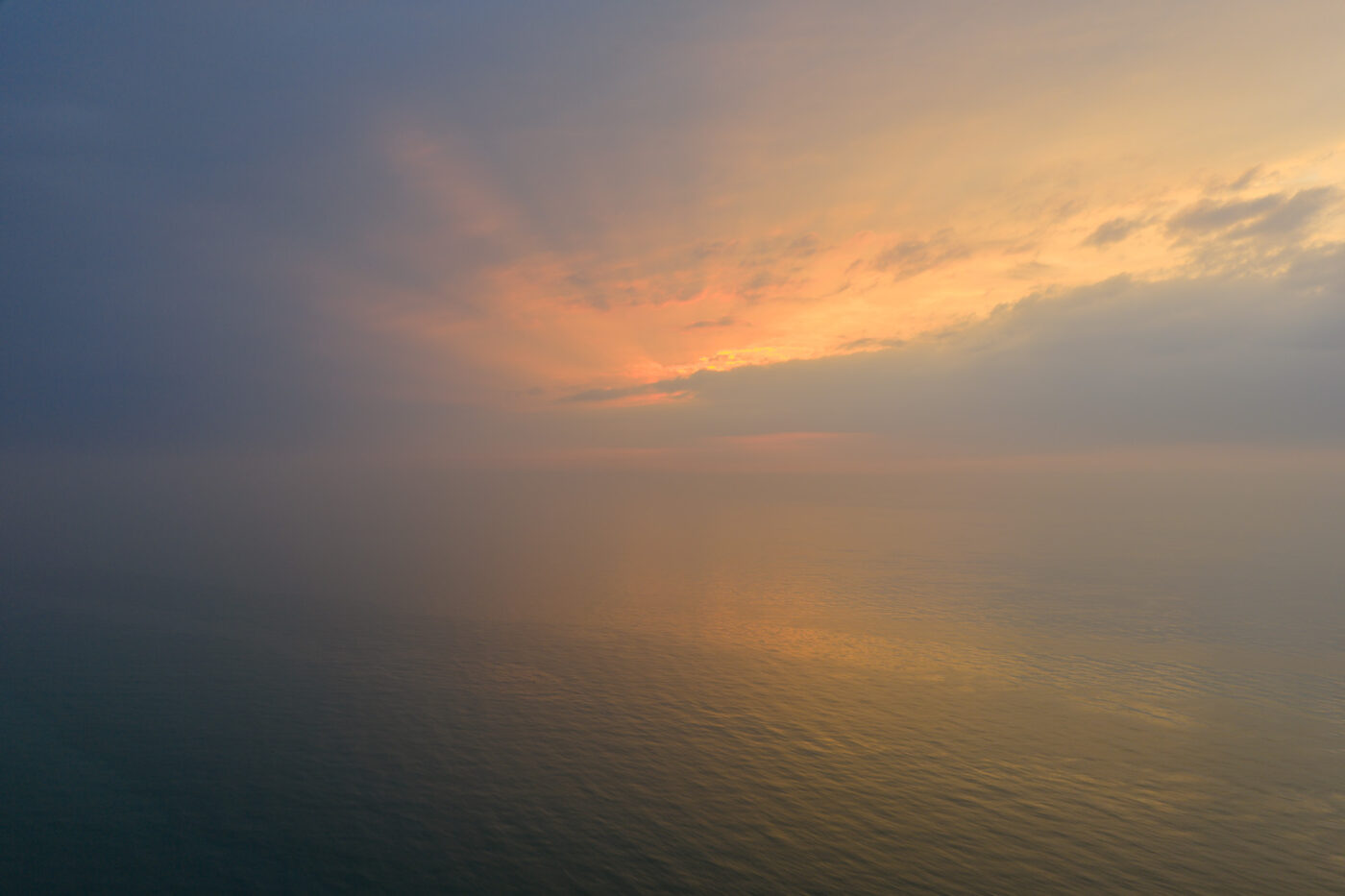

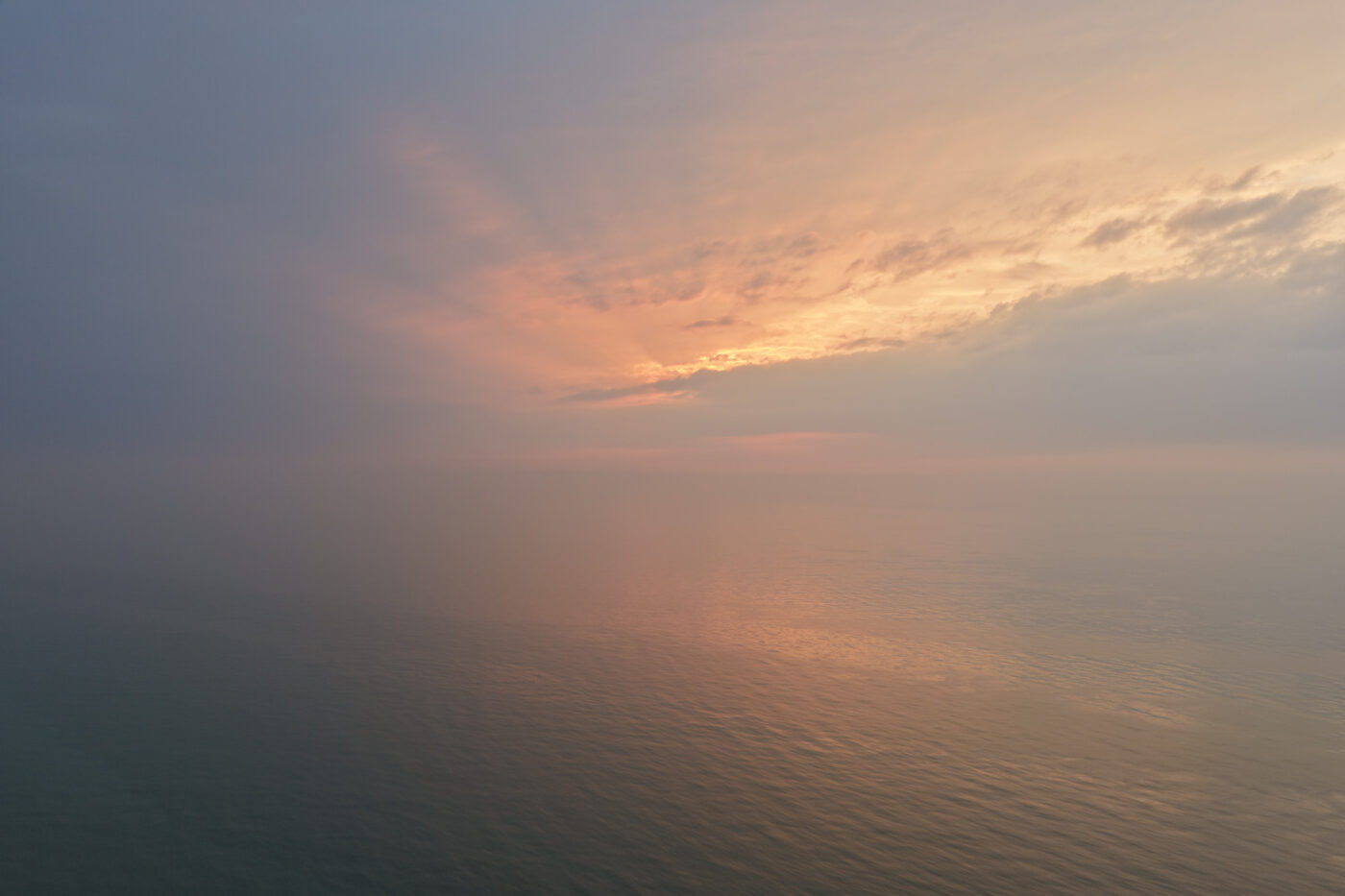

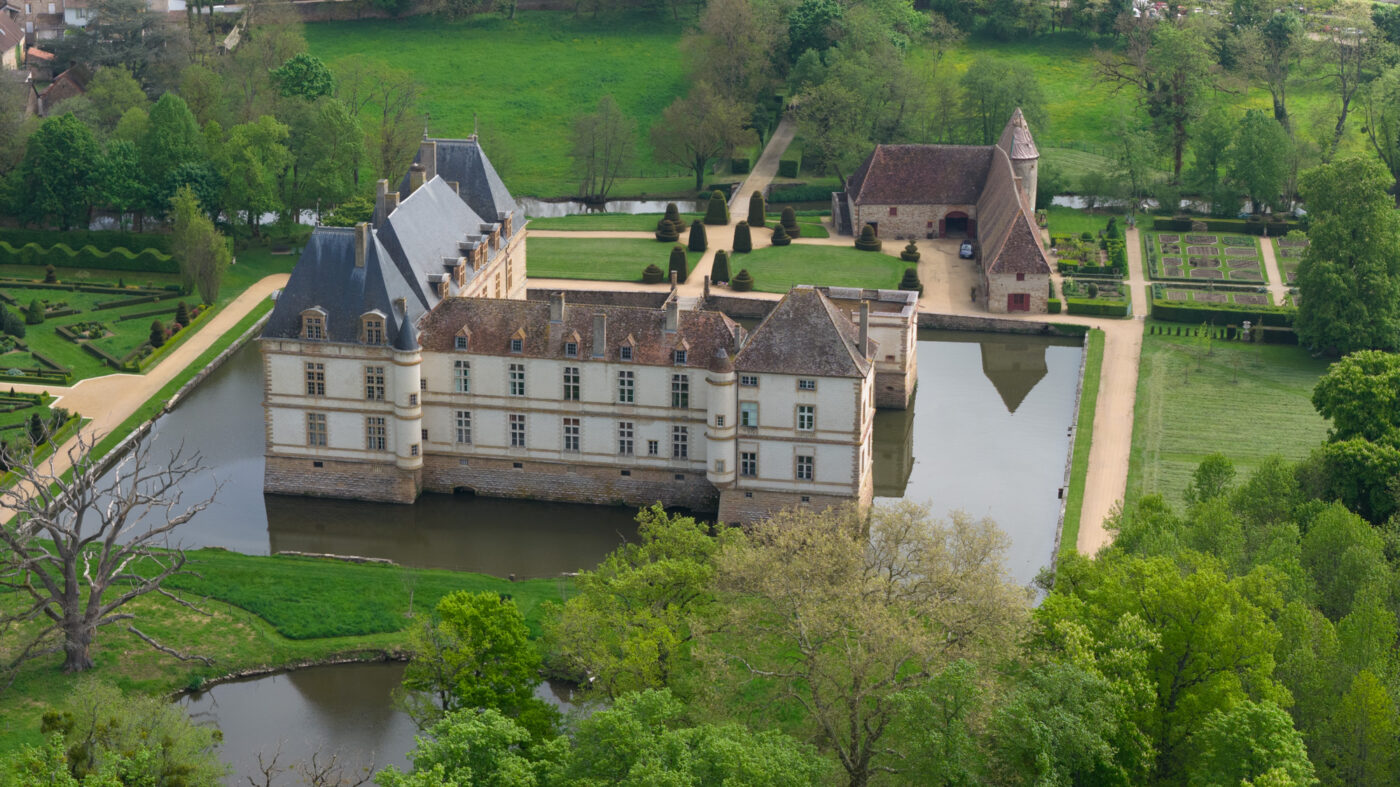



Telephoto Lenses: New Perspectives
The Mavic 4 Pro also includes two telephoto lenses:
- a 70 mm f/2.8 (1/1.3″ sensor, 48 MP),
- and a 168 mm f/2.8 (1/1.5″ sensor, 50 MP).
These focal lengths offer unique framing possibilities for a drone of this size. The 70 mm lets you get closer to a subject while keeping some context in the frame, with a compressed background — great for photographing a person in their environment. The 168 mm, more extreme, is ideal for compression effects or isolating a subject in a wide landscape.
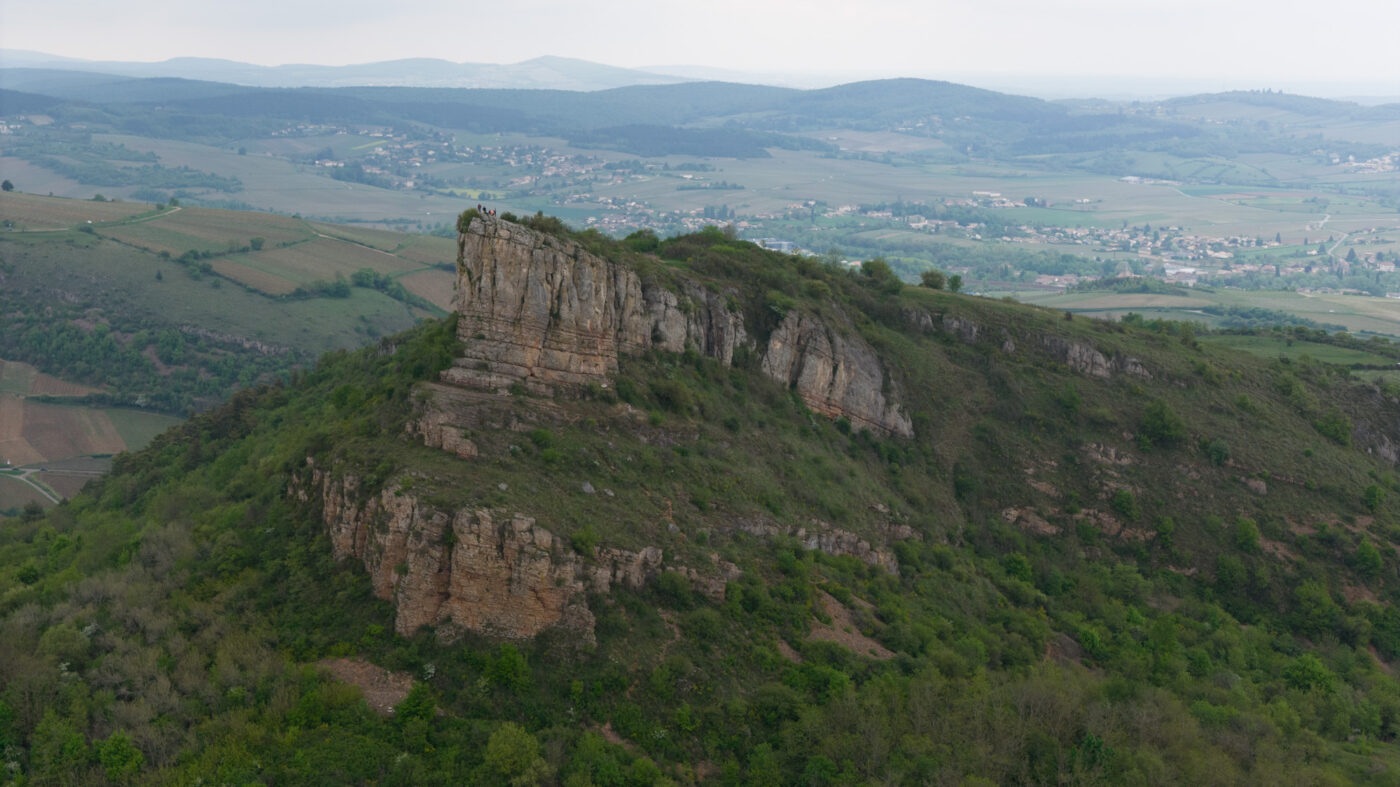

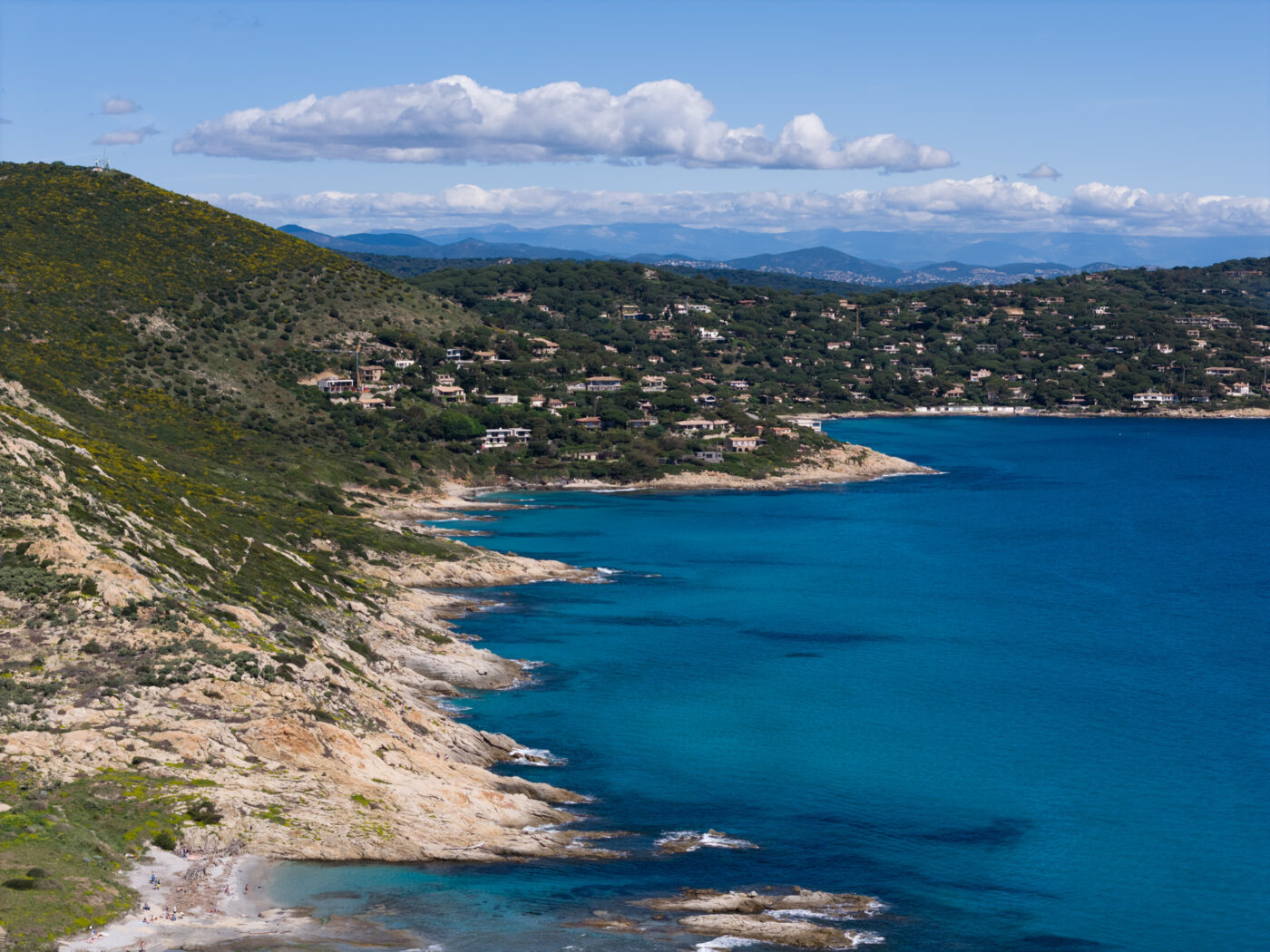

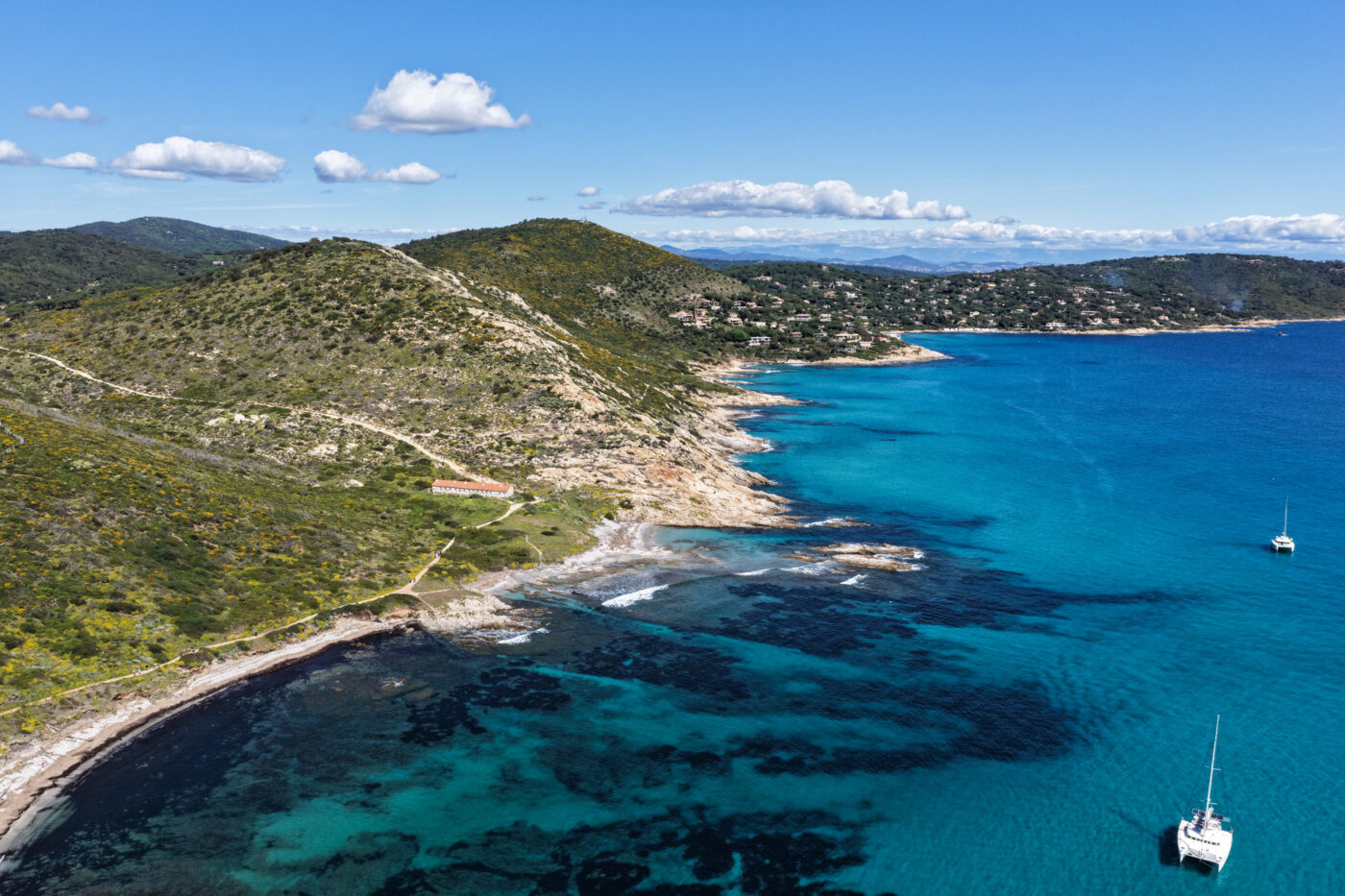

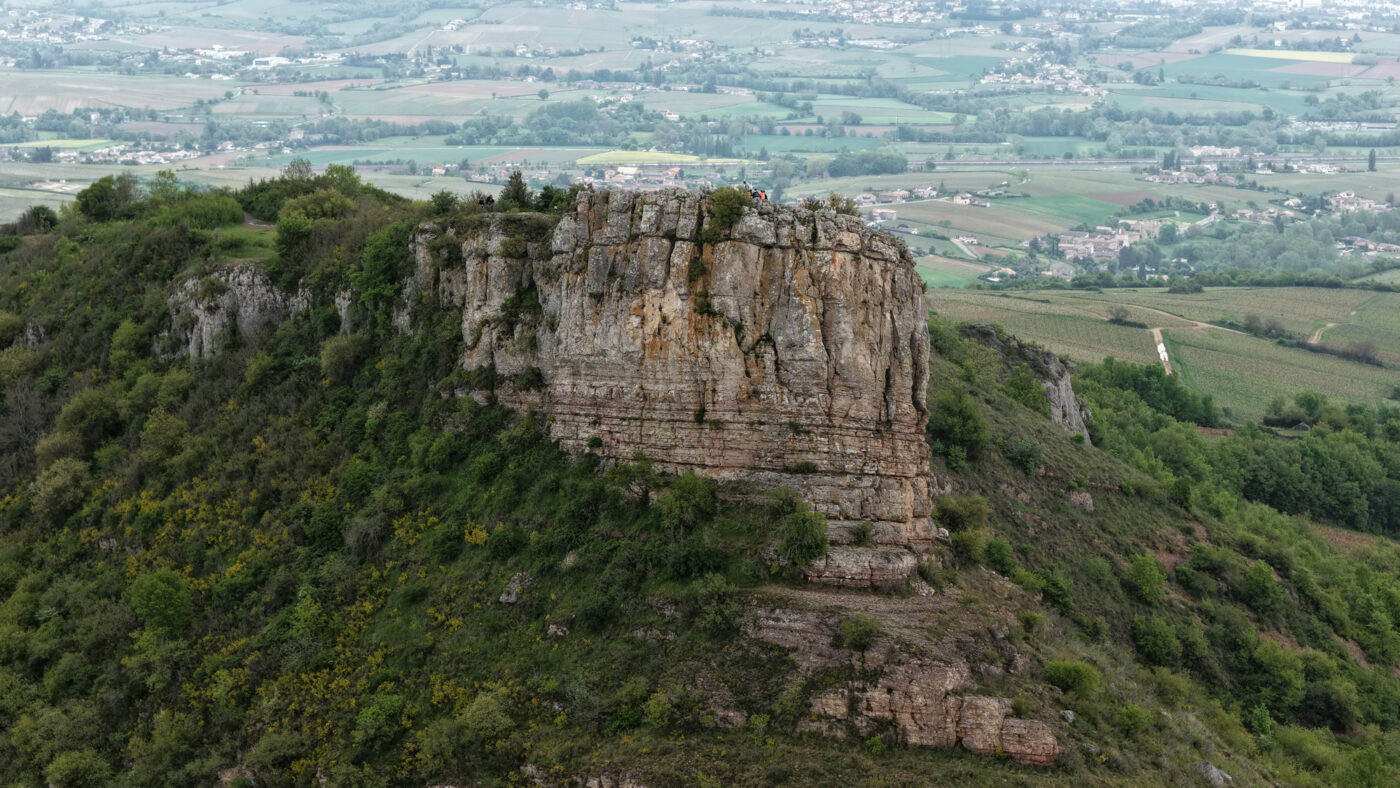

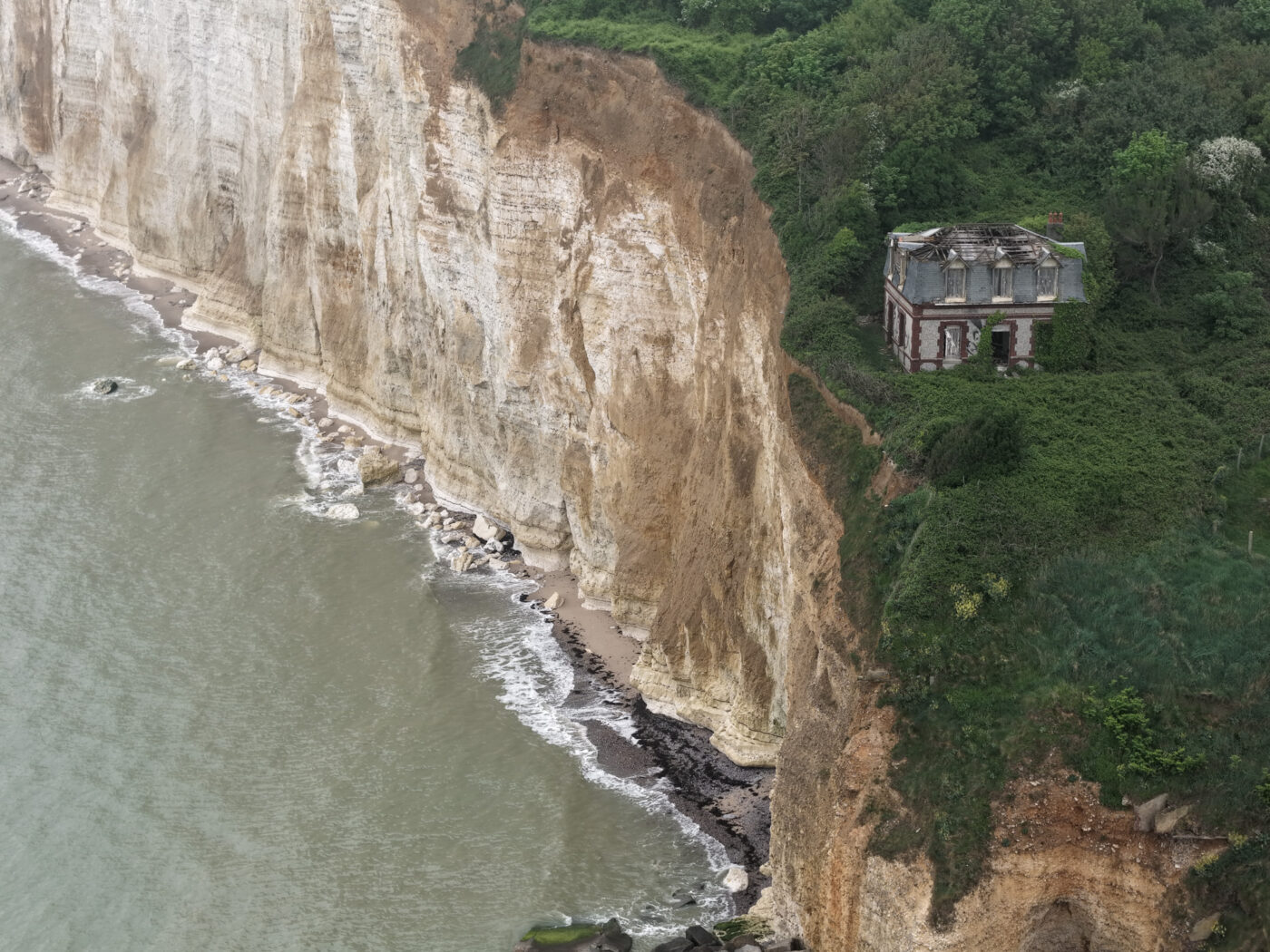

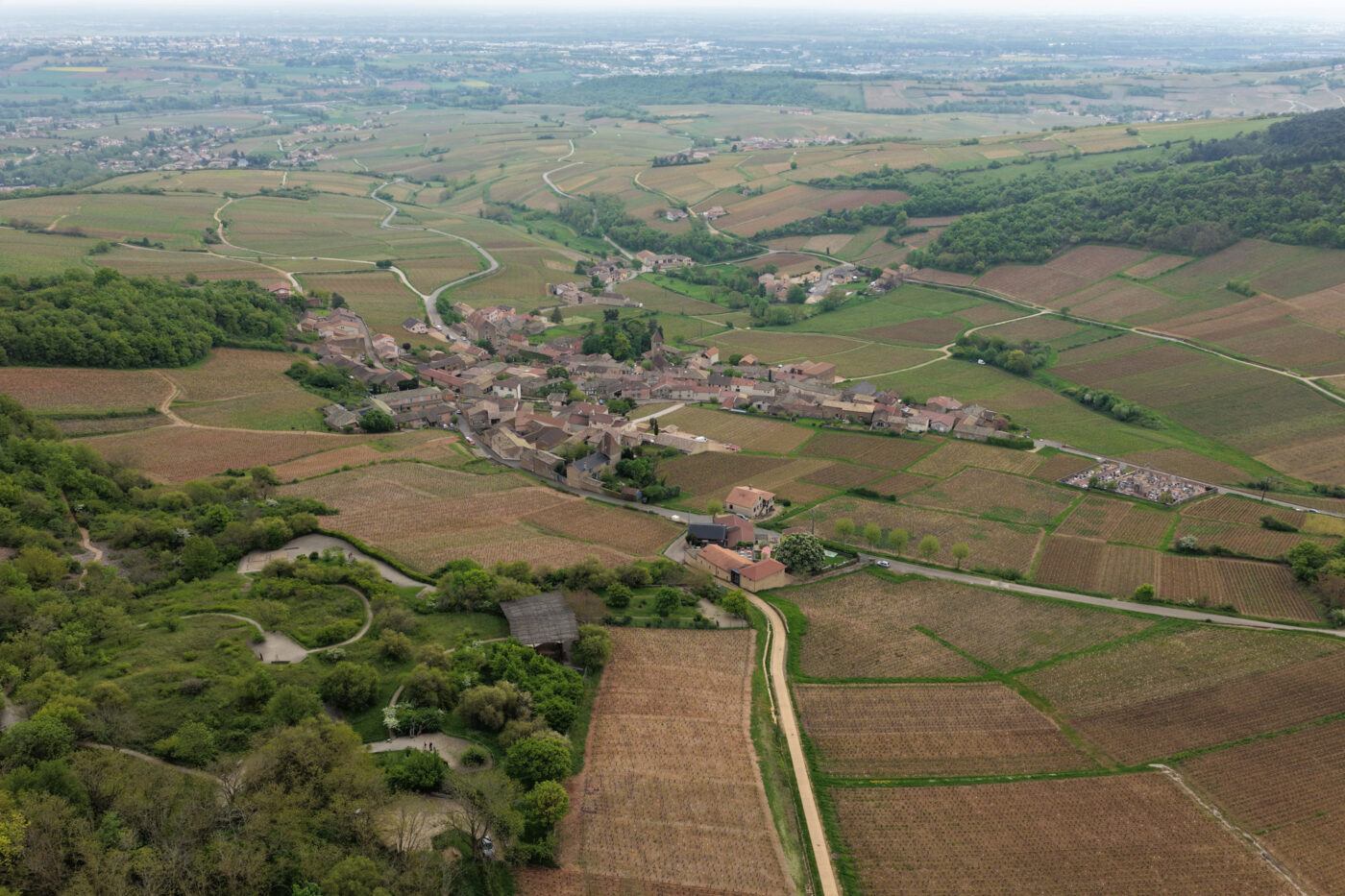

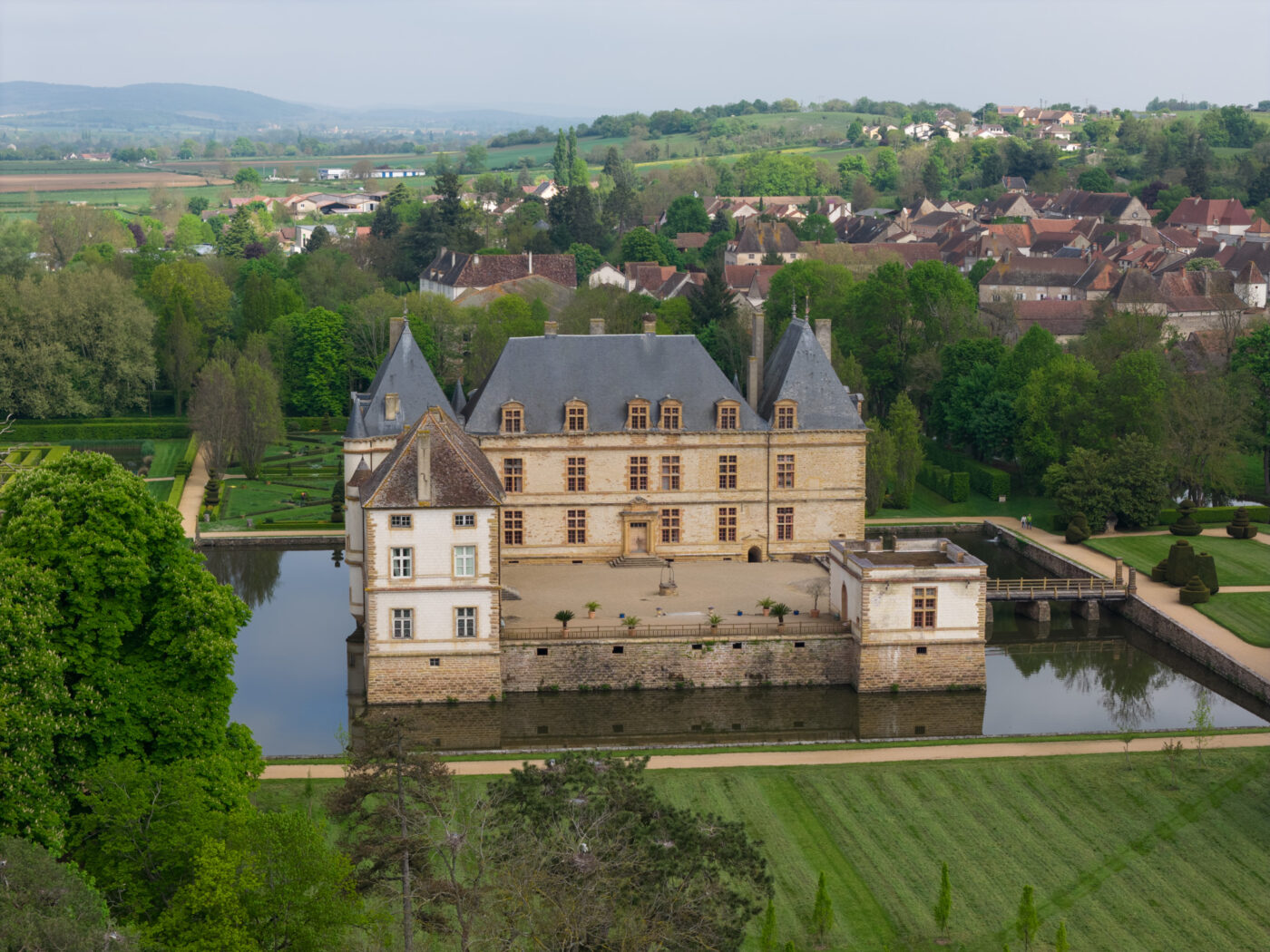

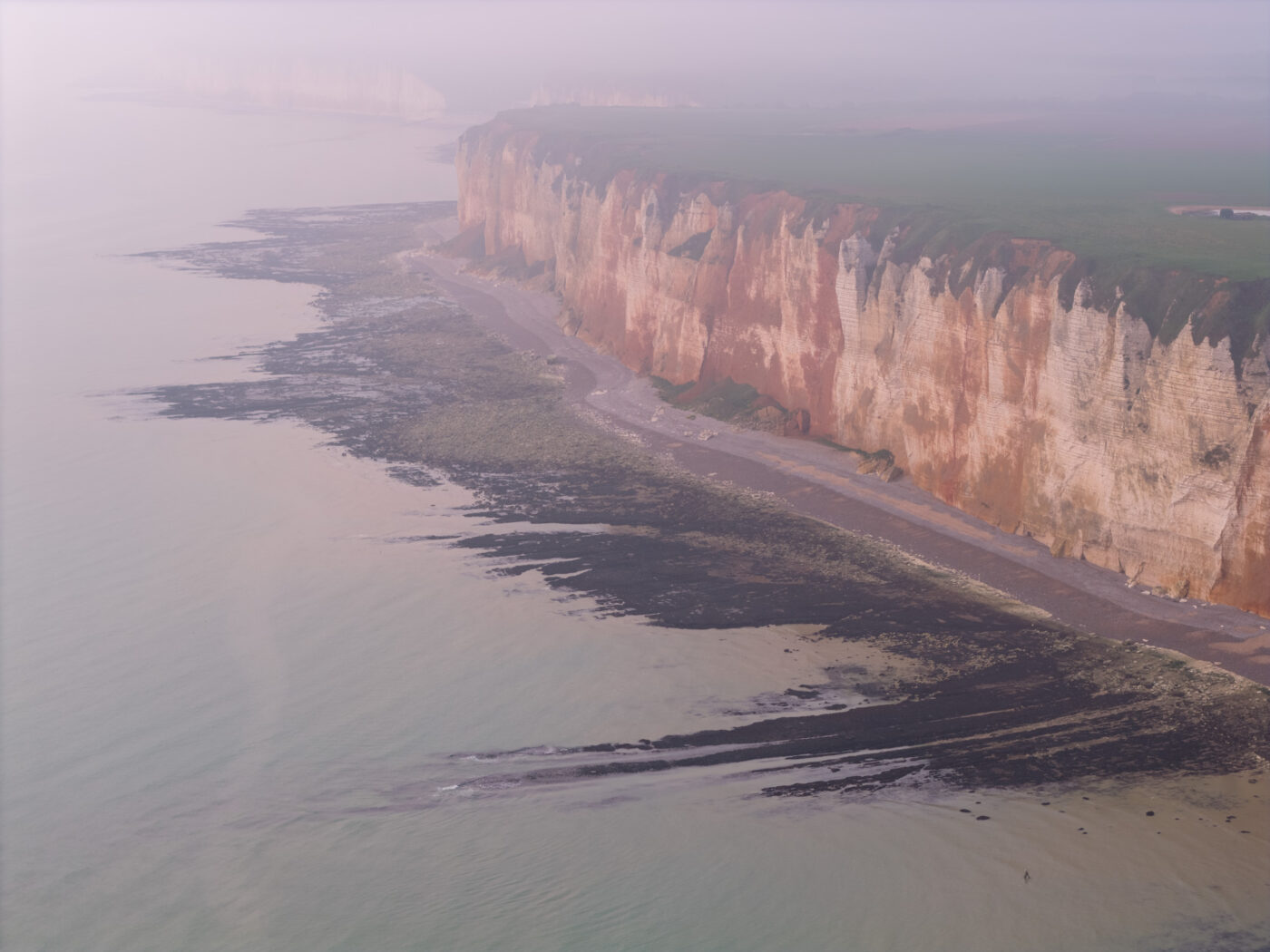

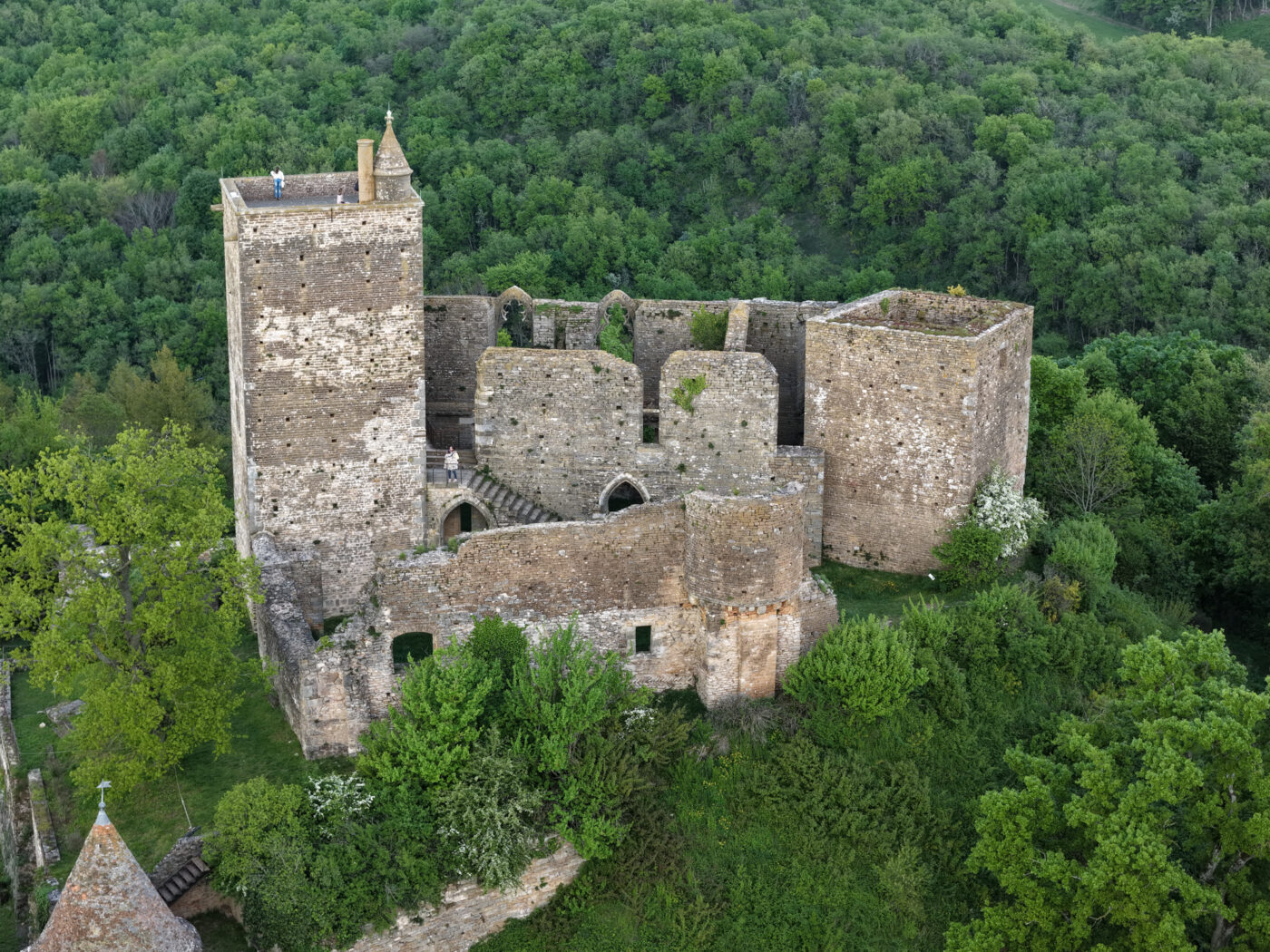

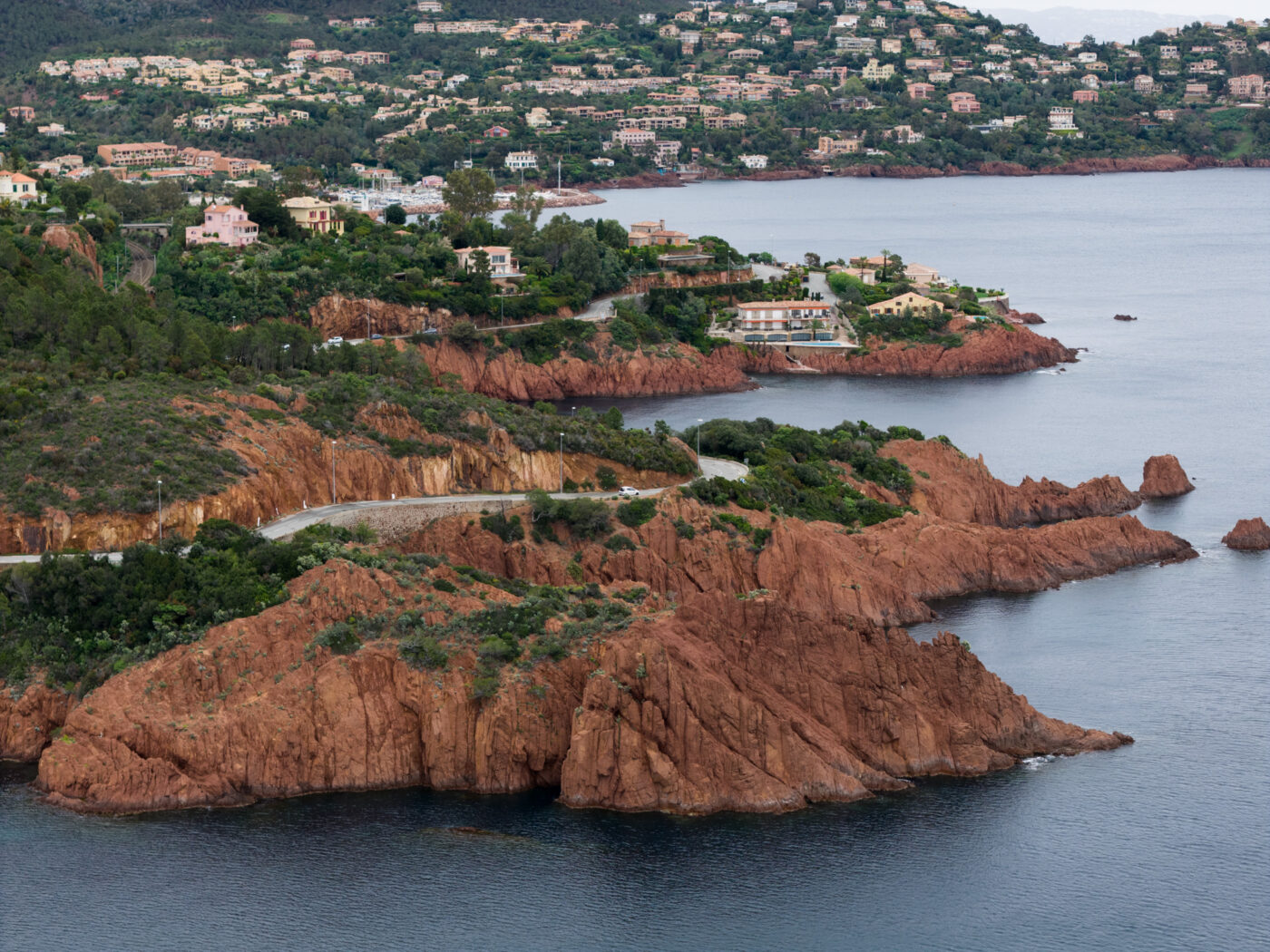

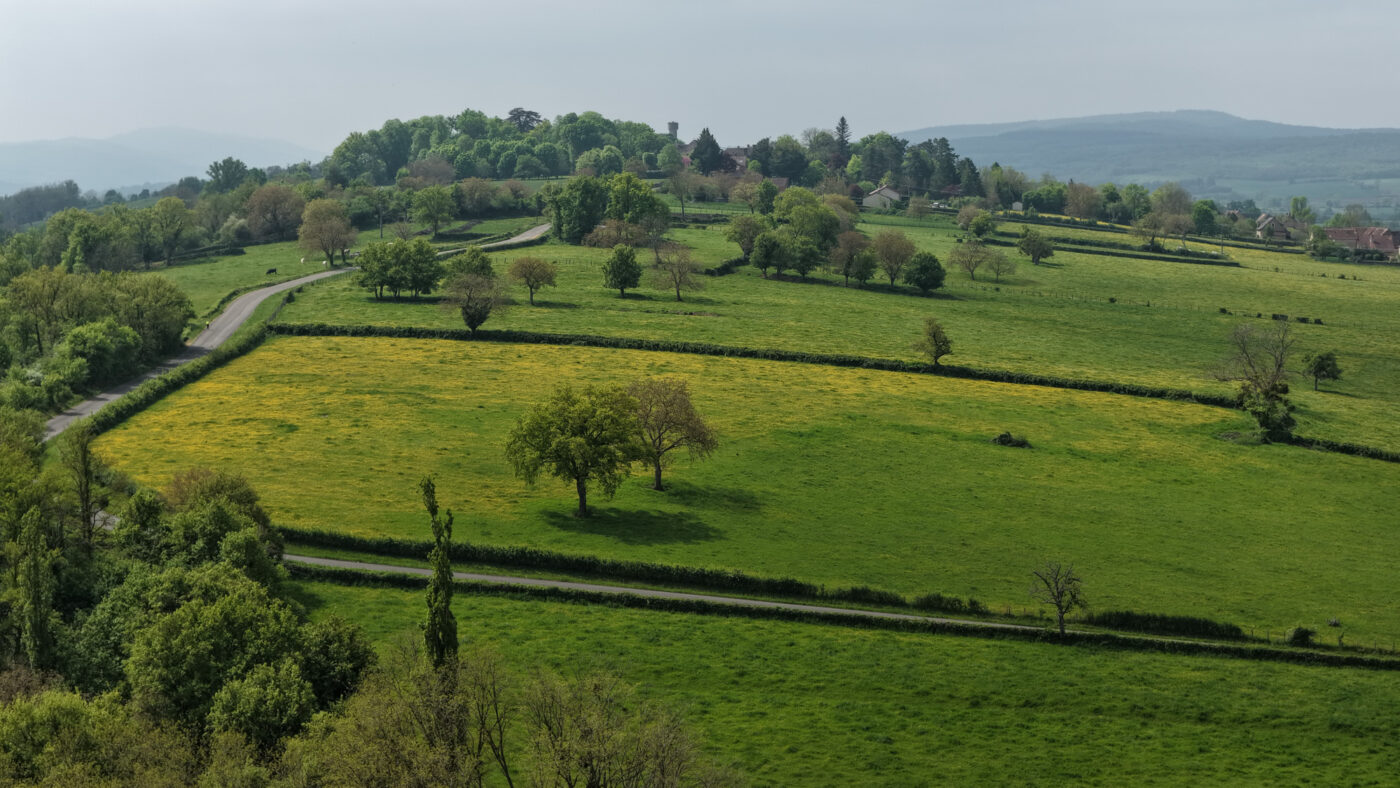

In terms of image quality, both lenses deliver visually pleasing images, though they don’t quite match the level of the main 4/3 sensor — primarily due to the smaller sensor sizes combined with high resolution. As a result, the photos can sometimes lack a bit of sharpness. As light fades, detail rendering falls short of the main sensor’s performance.
Here is a gallery of photos taken with the 168 mm:
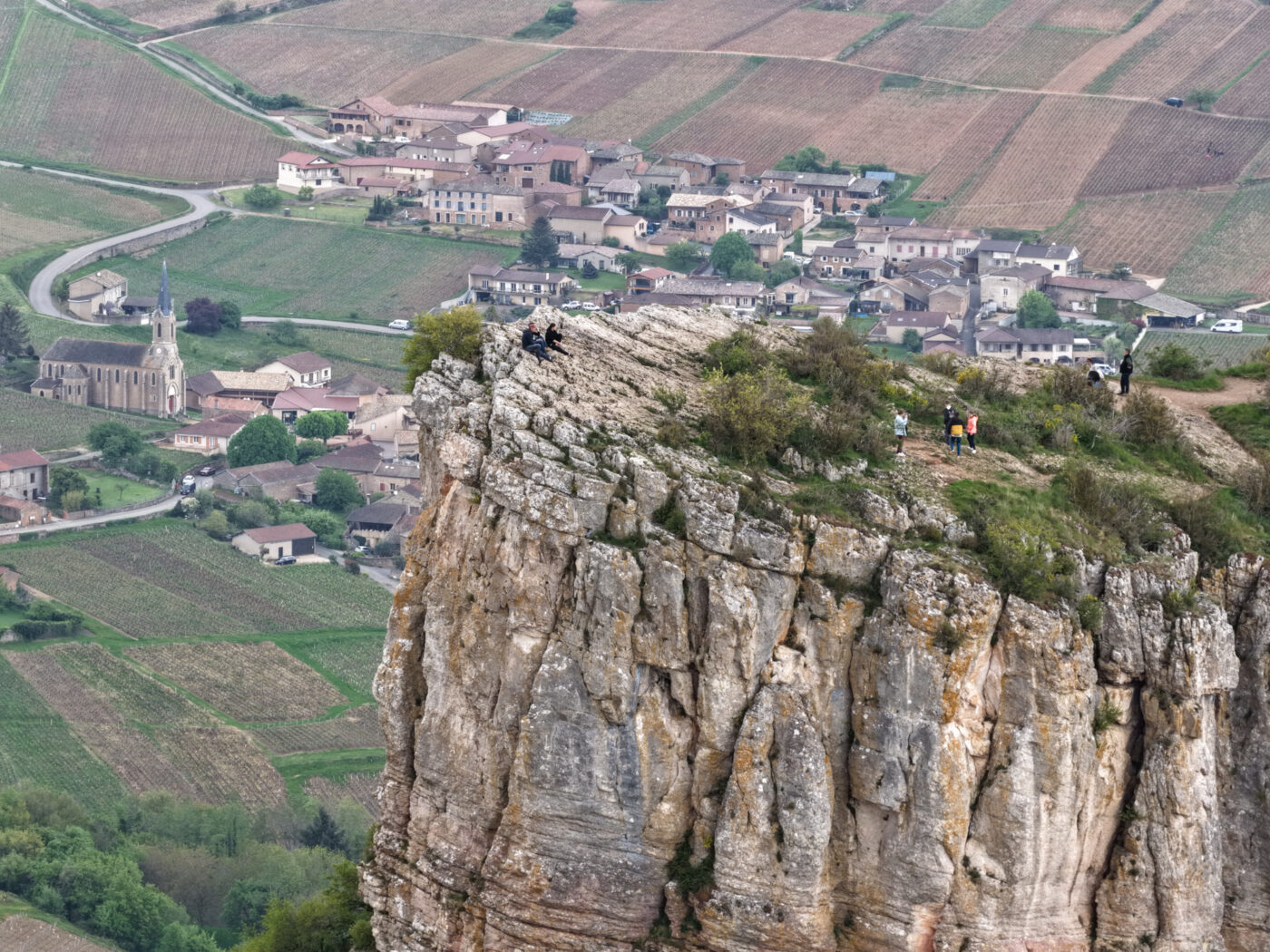

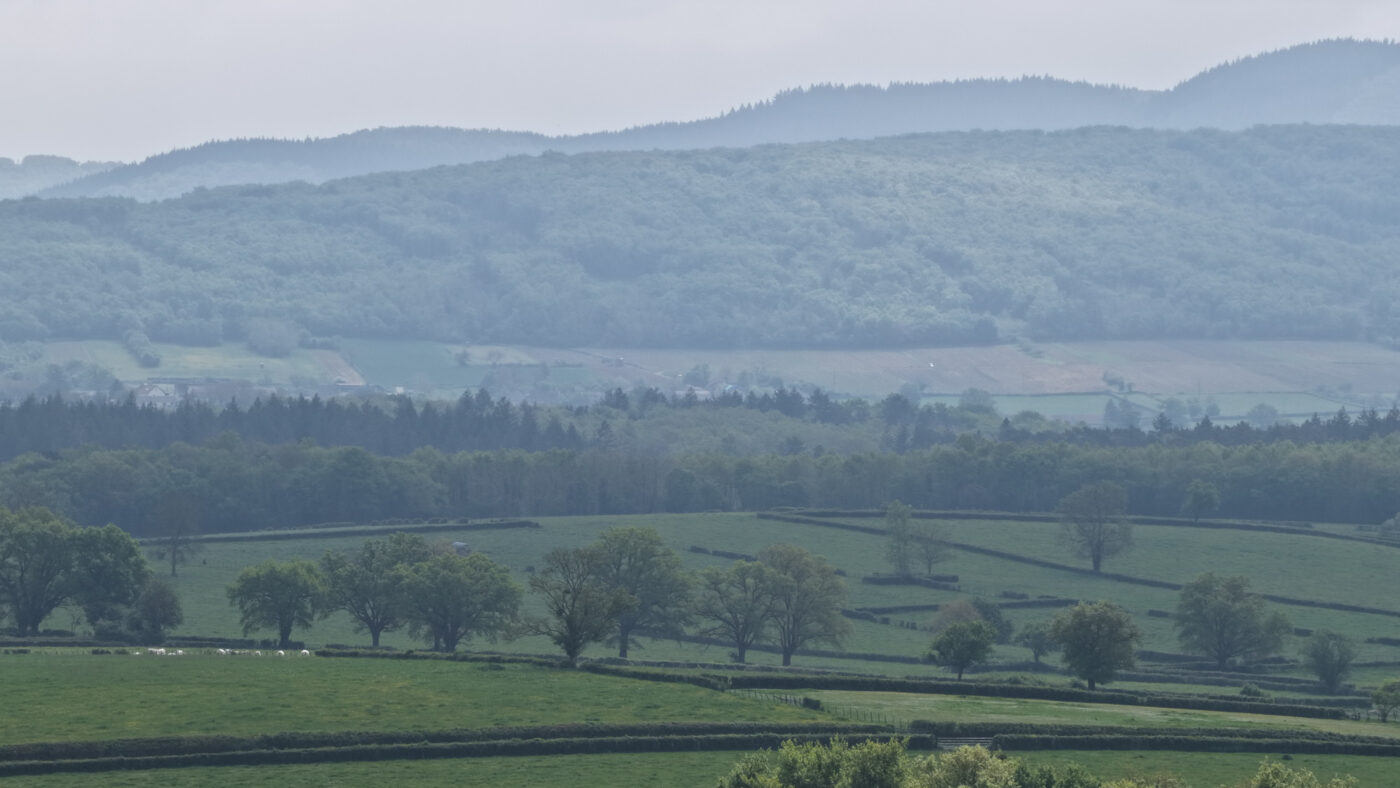



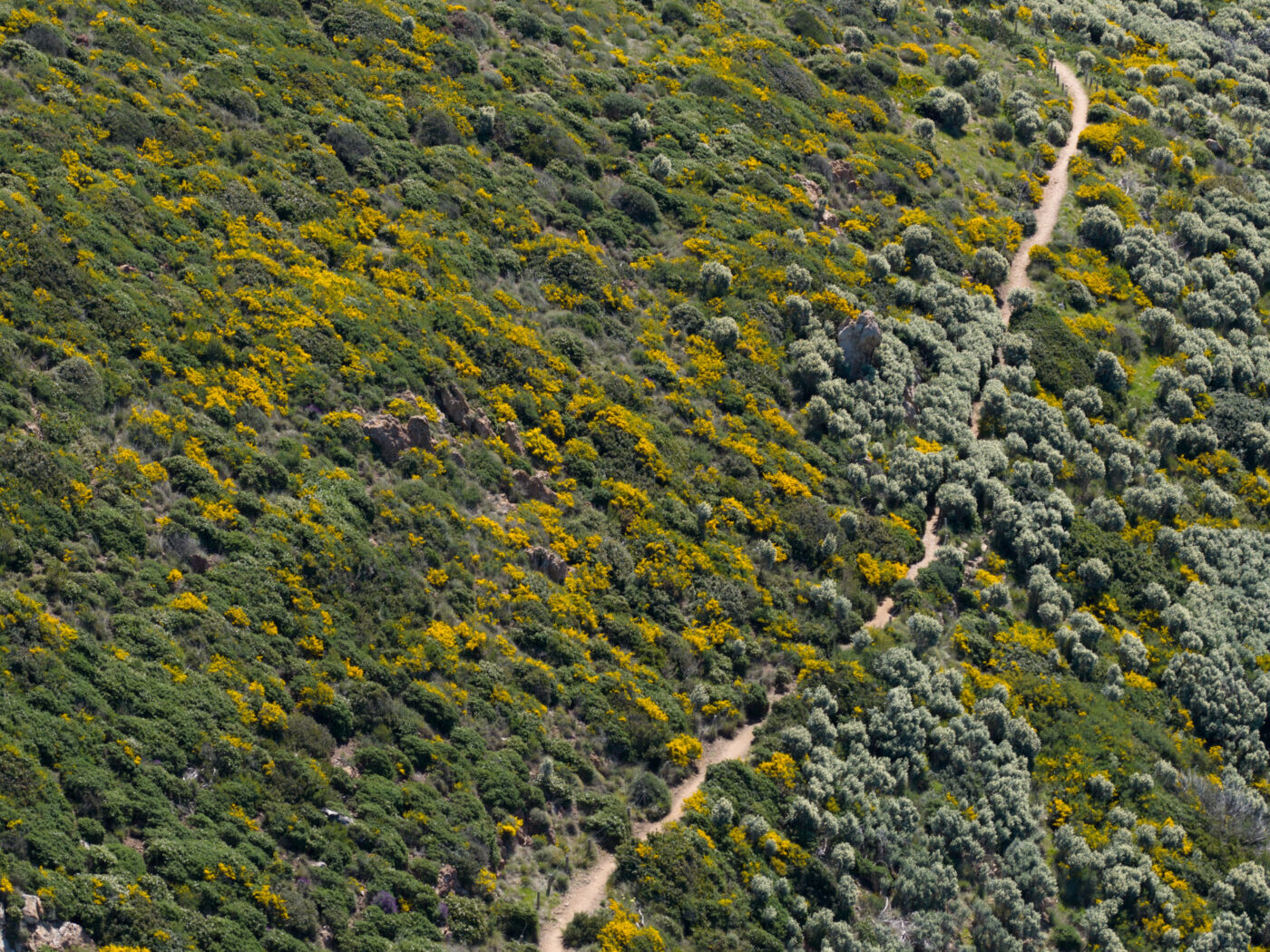

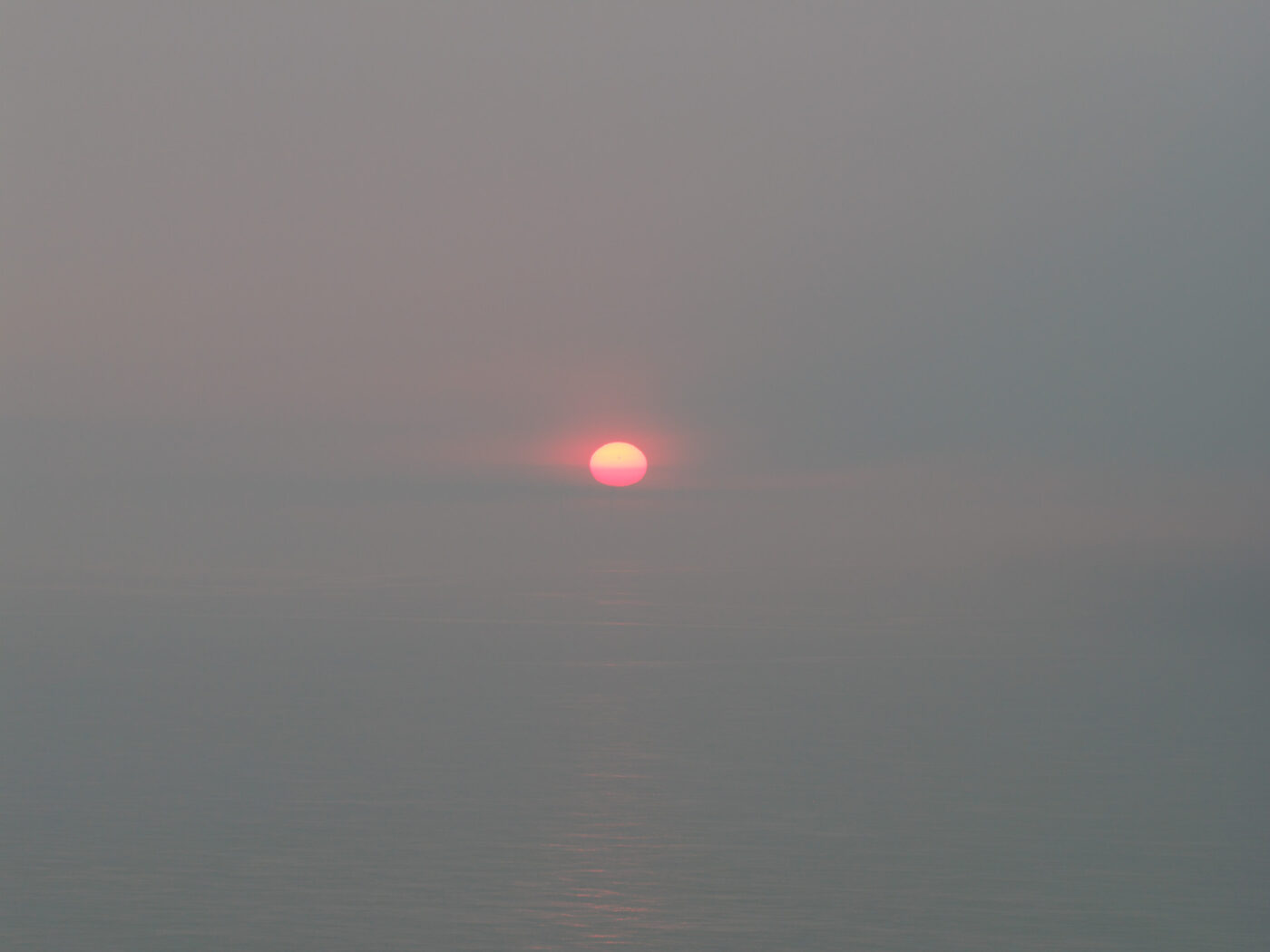

We’re looking at image quality comparable to that of good smartphone sensors here, and it’s clearly better than digital zoom.


It’s worth noting that DJI applies advanced background processing. In both photo and video, the manufacturer uses dual ISO fusion technology, combining shots taken at low and high ISO settings, along with RAW stacking of up to 5 frames. Although no manual control is available for this, DJI processes it automatically to optimize image quality.
Furthermore, each sensor supports pixel binning (QuadBayer), which combines 4 pixels into 1 to enhance low-light image quality, at the cost of reduced resolution (e.g., 25 MP instead of 100 MP).
Each camera can be individually configured (JPEG or RAW, 3:2 or 16:9 aspect ratio, QuadPixel on or off), so a bit of familiarity is needed to get the most out of the system.
Video Performance of the DJI Mavic 4 Pro
In the video department, the DJI Mavic 4 Pro once again improves on what the Mavic 3 Pro had to offer, providing a wide range of options for videographers seeking high image quality and versatility.
A Primary Camera Made for Cinema
The main “Hasselblad” camera records up to 6K at 60p in 10-bit HDR, with a claimed dynamic range of 16 stops. This is the best configuration we’ve ever seen on a drone of this size.
The D-Log profile provides maximum flexibility for color grading, while D-Log M and HLG allow for faster workflows in time-sensitive projects. Bonus: this module also supports slow motion in 4K up to 120 fps, while maintaining excellent detail.
Of course, the gimbal offers 3-axis mechanical stabilization to keep shots steady and the horizon level, even in flight.
Two Telephoto Video Cameras: To Avoid Digital Zoom
The two secondary cameras (70 mm and 168 mm) can also shoot in 4K HDR at 60 fps, with 14 and 13 stops of HDR dynamic range, respectively. In slow motion, the 70 mm goes up to 4K 120p, and the 168 mm reaches 4K 100p.
These lenses are not meant for “digital zooming”: they offer true telephoto perspectives, with strong compression and rare visual depth for a drone. Perfect for isolating subjects, filming urban scenes from a distance, or crafting more narrative shots that go beyond the classic wide-angle look.
All-Intra 4:2:2 10-bit: For Demanding Editors
The Creator Combo version, equipped with a 512 GB SSD, supports recording in ALL-I 10-bit 4:2:2. This codec, well-known among professional hybrid camera users, offers a high bitrate (up to 1200 Mb/s), minimal compression, and better post-production handling, especially for colorists.
The decision to limit this to the 512 GB version is twofold: microSD, limited to UHS-I, isn’t fast enough to support All-Intra recording, and the 64 GB base model doesn’t have the storage capacity for videos that can weigh in at 9 GB per minute. During testing, we found that the 512 GB version sustained write speeds up to 349 MB/s, twice as fast as the 64 GB model.
Also worth noting is that DJI skipped Apple ProRes, which was present in the Mavic 3 Pro “Ciné”. Likely a move to avoid overshadowing the Inspire 3, which can record in 8K Apple ProRes… or perhaps it’s being saved for a future Mavic 4 Pro “Ciné” version?
DJI also offers an ND filter kit (ND 8, 16, 32, 64) to help control shutter speed.
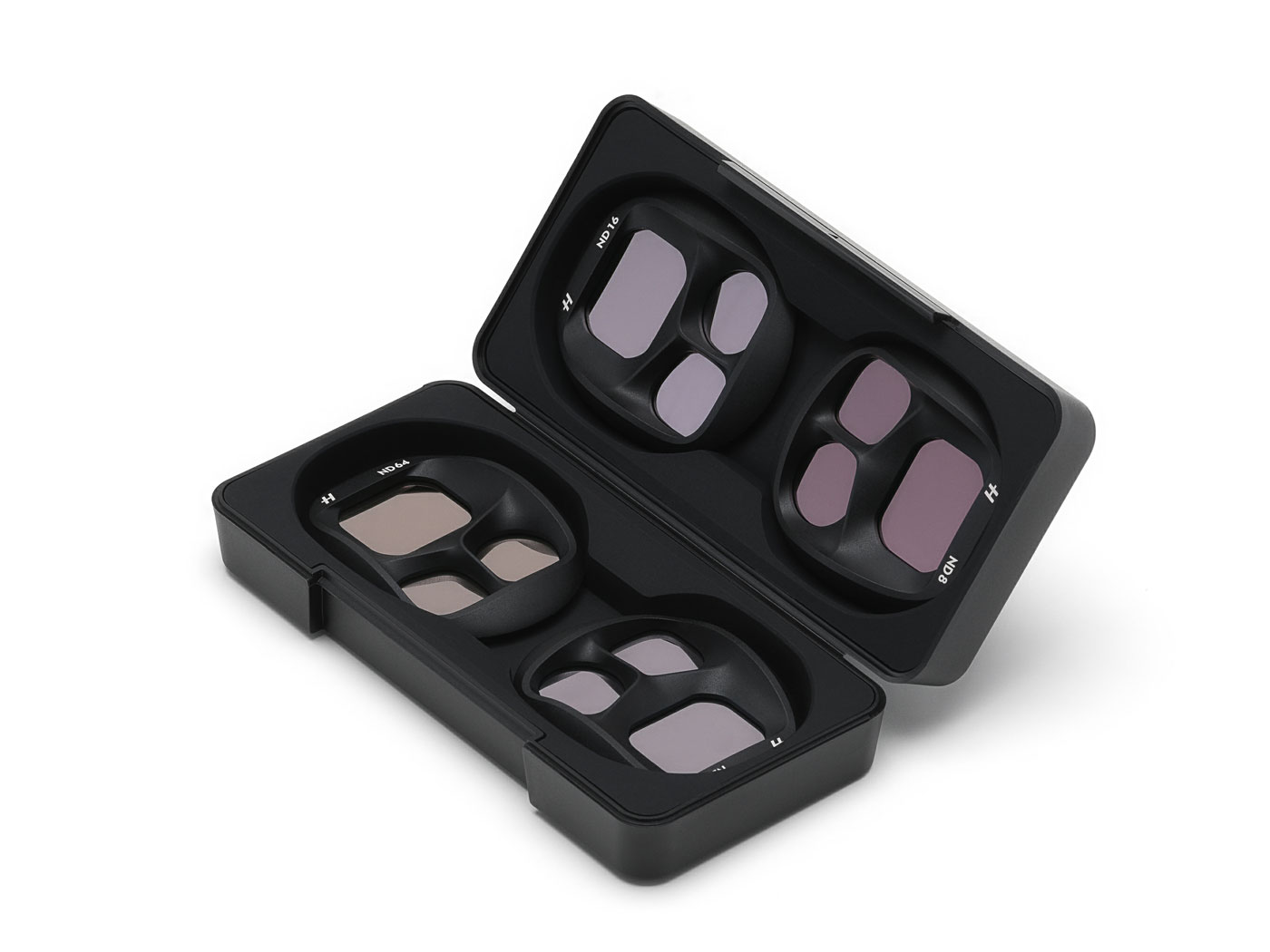

Some Limitations in Video
In practice, there are still some limitations with the Mavic 4 Pro in video mode. For example, it isn’t possible to switch freely between lenses while recording, except by using Explorer mode, which locks you into fully automatic 4K 60p recording.
Also, a slight latency was sometimes observed when switching cameras via the remote (likely improvable via firmware update).
ActiveTrack 360 and Smart Modes
Like other DJI drones, the Mavic 4 Pro comes with a suite of smart modes that greatly simplify aerial shooting — even for solo pilots. Among them is ActiveTrack 360°, which provides smooth and intelligent tracking of a moving subject, whether it’s a pedestrian or a vehicle.
Once ActiveTrack mode is enabled, the drone displays the subjects it detects on screen — whether pedestrians or vehicles. Simply tap on the desired subject and tracking begins. You can also activate it manually by drawing a box around the subject or object to track, such as a building or a mountain.
Compared to previous models, the drone can now detect a vehicle to track up to 200 m away. It analyzes direction, speed, and surroundings to automatically adjust its trajectory and keep the subject centered, including the ability to orbit around it. Guaranteed cinematic effect!
Detection is quick and reliable, even when the subject is partially obscured by objects like branches or low walls.
The Mavic 4 Pro also includes several automated shooting modes to help capture complex shots with a single gesture. These include:
- Point of Interest: automatic orbit around a subject.
- Waypoint: preprogrammed route with repeat capability (ideal for time-lapse videos or seasonal comparisons).
- MasterShots and QuickShots: automatic sequences of dynamic shots, perfect for travel, promotional, or event coverage when time is short.
Ultimately, the Mavic 4 Pro, despite its professional appearance, remains accessible to everyone. While offering precise manual camera control, it also includes many smart functions that simplify video capture, delivering smooth, professional-looking footage.
Battery Life and Connectivity
The Mavic 4 Pro is equipped with a new 6654 mAh battery, offering an official flight time of 51 minutes. However, behind this surprising figure, DJI notes a very restrictive test protocol: “measured with the drone flying forward at a constant speed of 32.4 km/h in a no-wind environment at sea level, with obstacle avoidance set to Brake, in Photo mode, and battery dropping from 100% to 0%. Actual experience may vary depending on environment, usage, and firmware version.”
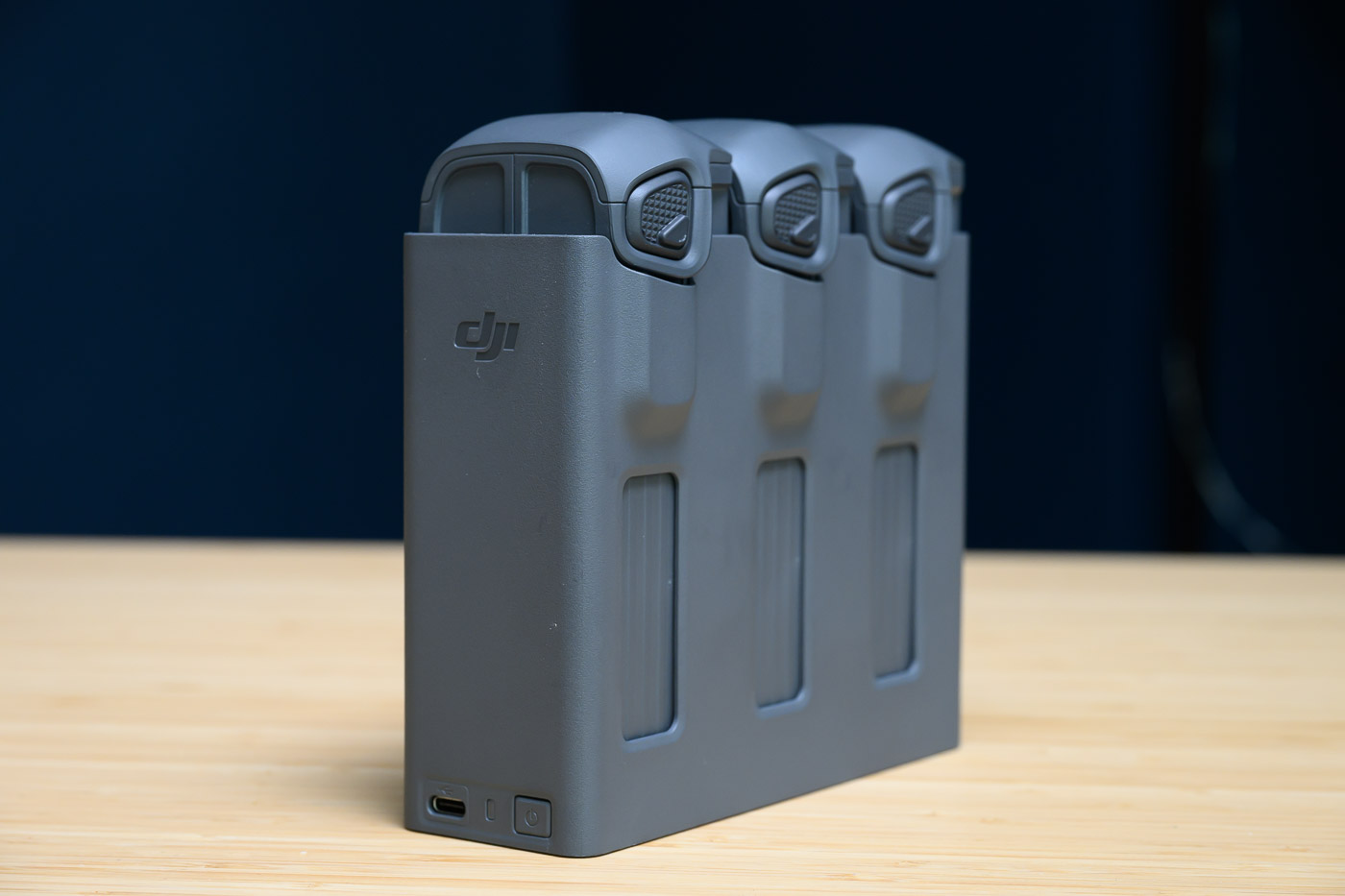

In real-world conditions — flying in Normal and Sport modes, and recording in 6K and 4K — you’ll get just over 30 minutes of effective airtime. Under 15%, the drone warns of low battery; under 8%, it initiates auto-landing or Return To Home, a reassuring safety measure.
The standard pack includes only one battery and no charging hub. This is an important consideration, as the battery doesn’t charge directly via USB-C. You’ll either need to buy a charging hub or charge it in the drone itself (115 minutes from 0 to 100%).
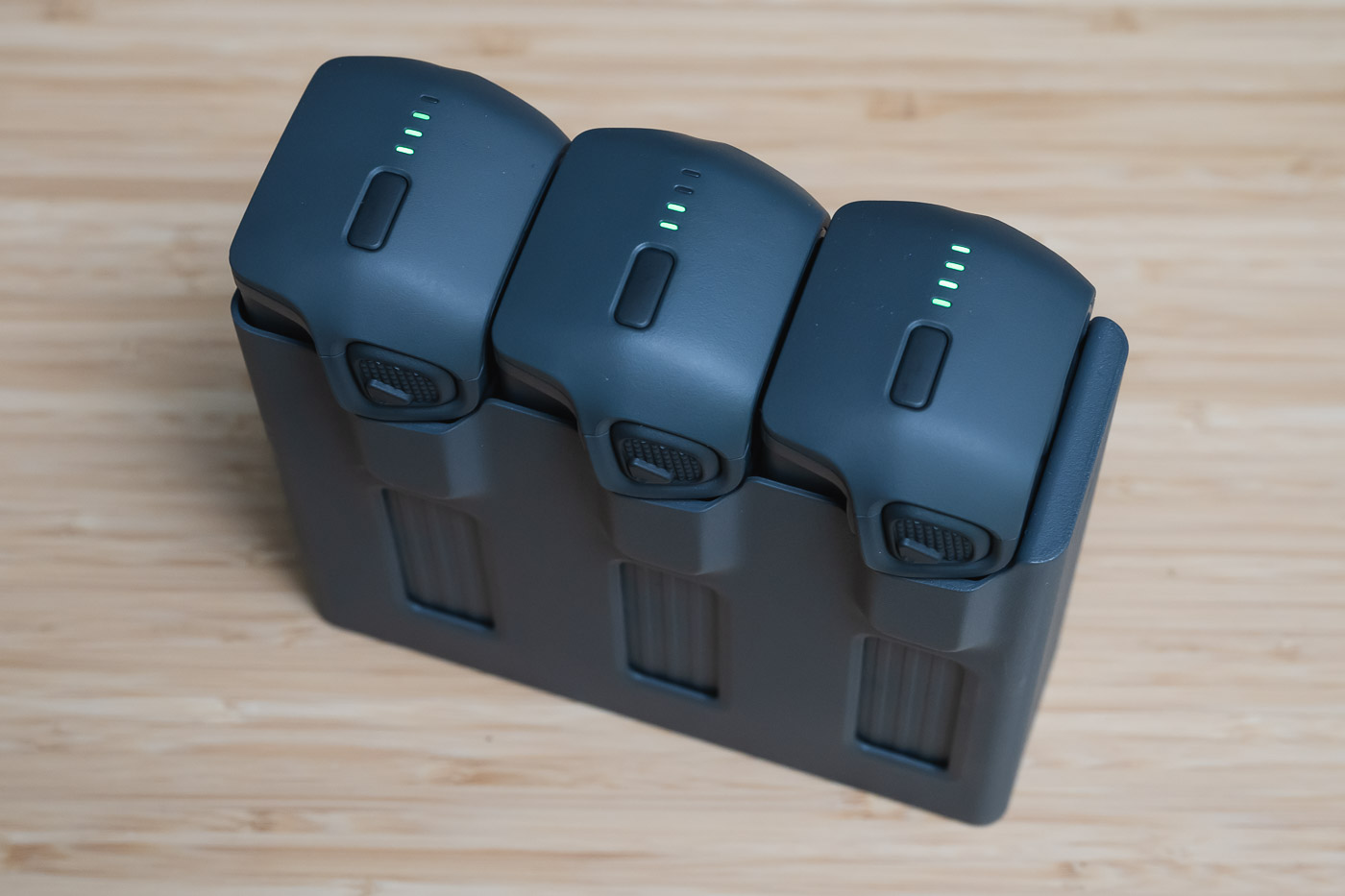

For this reason, investing in the Fly More Combo pack is highly recommended. It includes a charging station, two extra batteries, a 100 W USB-C power adapter with two USB-C ports, and a shoulder bag — all for an additional €600. Given that a single battery costs around €150, it’s a smart move. When charged via USB-C, a battery reaches full charge in 80 minutes. Note that the charging station can also act as a 100 W power bank when batteries are inserted.
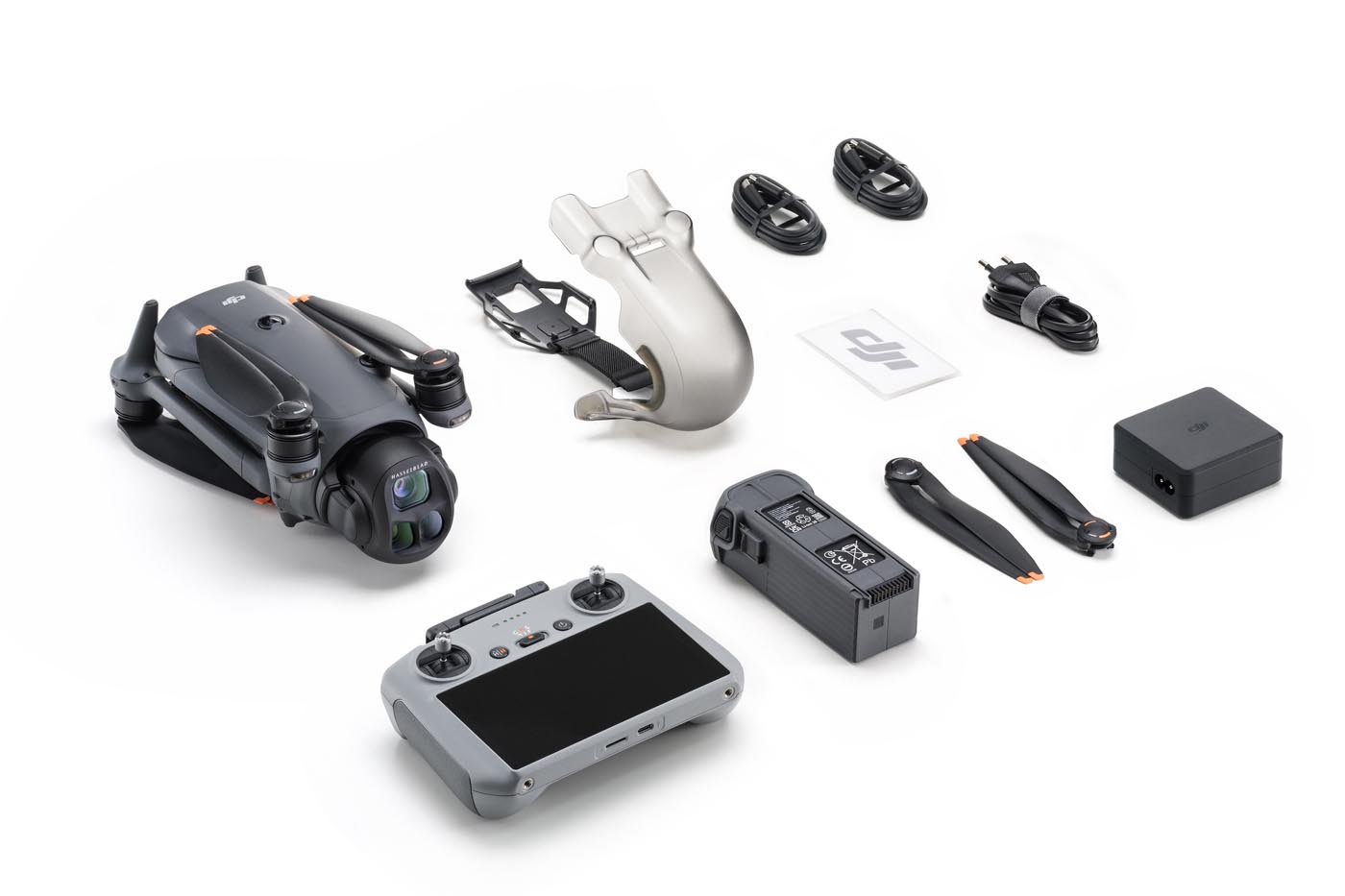

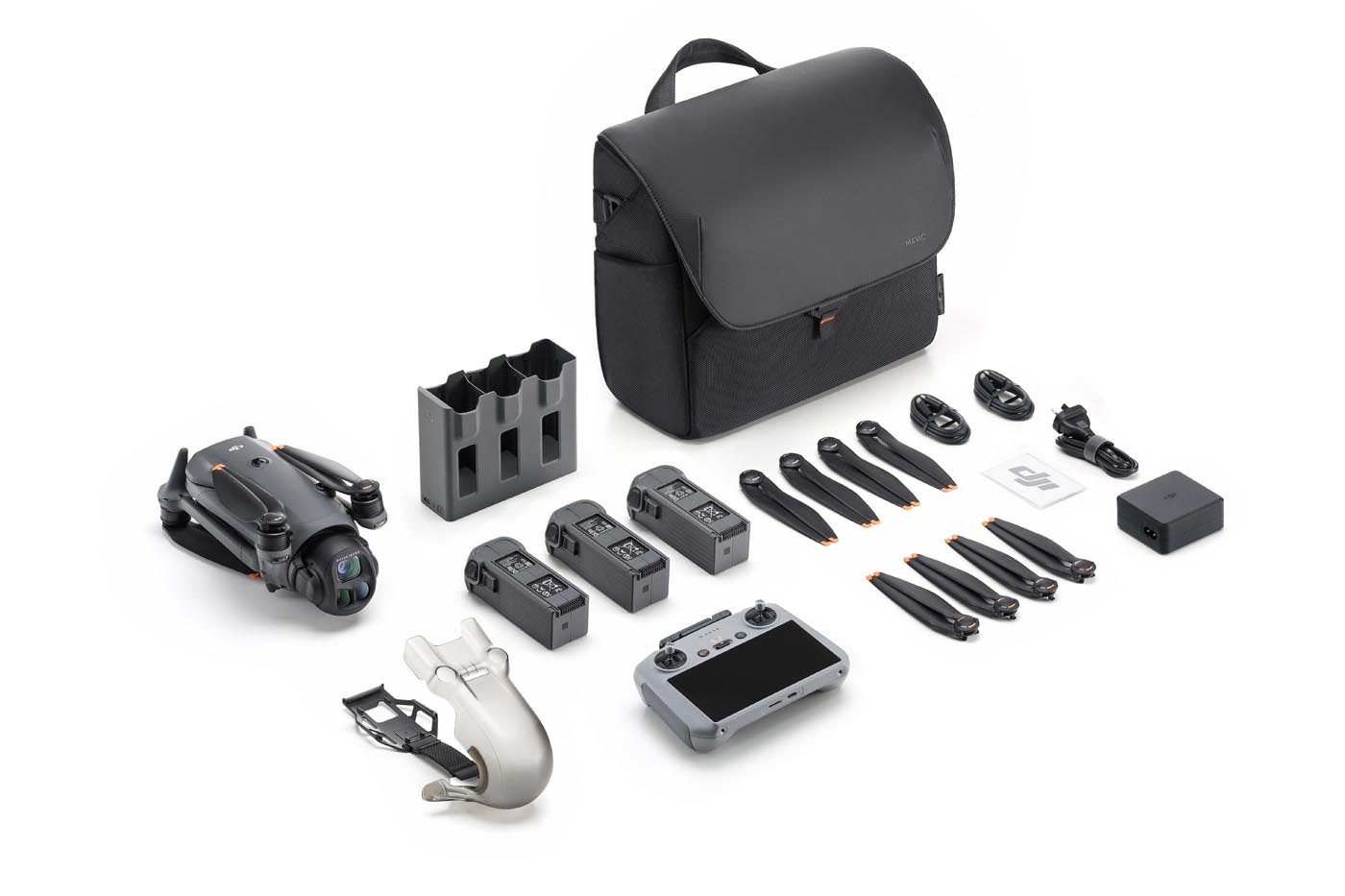

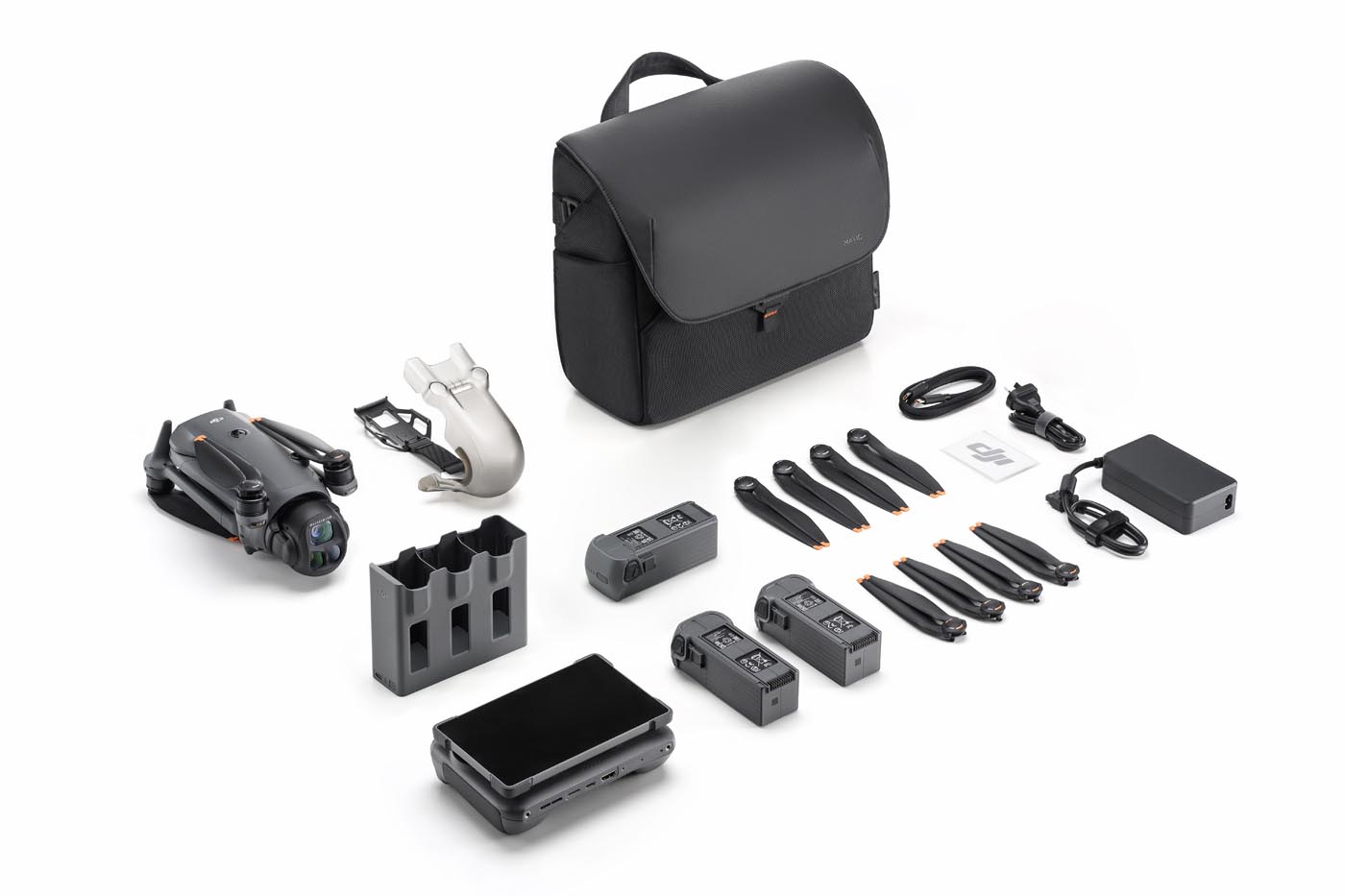

When used with the 240 W mini-SDC power adapter included in the Creator Kit, the charging hub can recharge all three batteries simultaneously in 90 minutes, or a single battery in 51 minutes. It’s also possible to consolidate the remaining charge from multiple batteries into one — a very useful feature when traveling.
In terms of connectivity, the drone saves photo and video files to internal storage or a microSD card. Files can also be transferred using QuickTransfer 6 over Wi-Fi (80 MB/s), letting you send media to your phone without powering the drone back on — a big time saver in the field. Additionally, the RC Pro 2 controller allows for on-the-fly editing using the DJI Fly app.
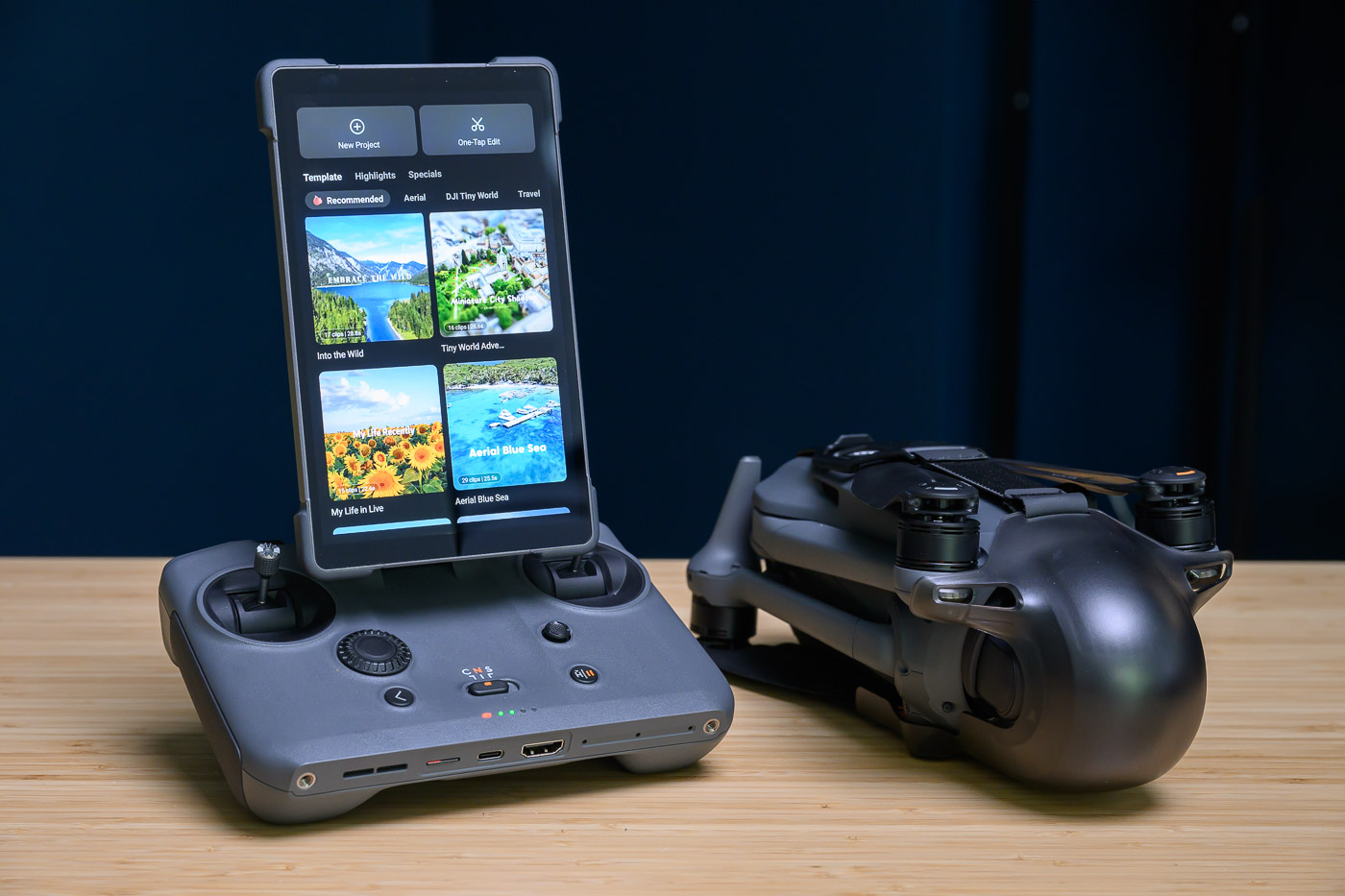

DJI Mavic 4 Pro: A Fully-Featured Photo and Video Drone
At the end of our test, we can say the DJI Mavic 4 Pro is a true technological powerhouse. With its 4/3 sensor boasting 100 megapixels, triple stabilized camera, 360° rotating gimbal, and numerous advanced video options, it delivers an unprecedented creative toolkit for a drone of this size.
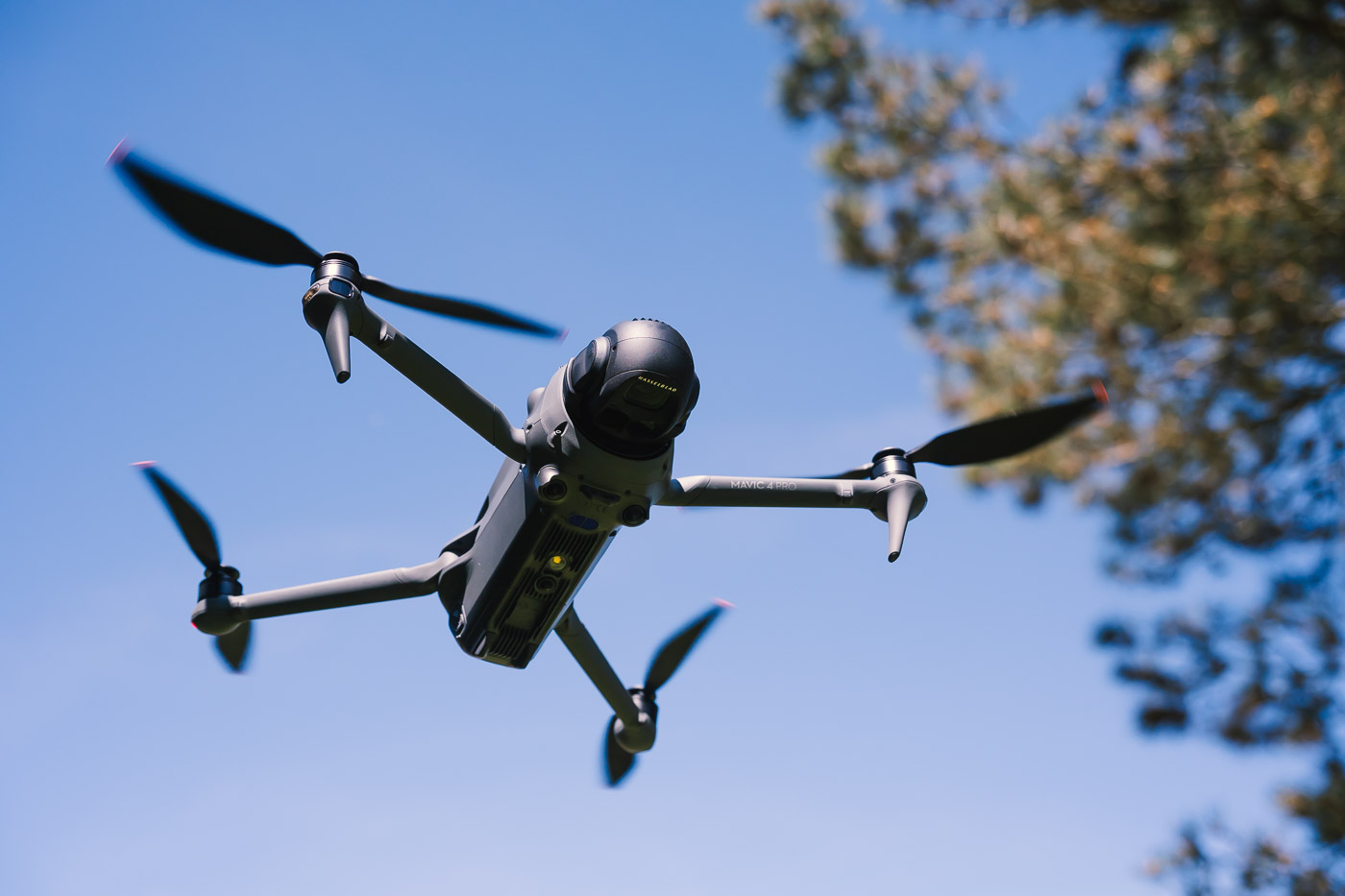

The new 360° gimbal enables video capture from unique angles, allowing creative users to push the limits of aerial storytelling. The “vertical” mode is also a big plus for shooting content optimized for social media — an increasingly common professional need.
On the video front, 6K at 60p using the main sensor allows for rich and highly detailed footage. The two other lenses enable image zooming with framing and perspectives previously reserved for cinema cameras mounted on pro-level drones. While the image quality isn’t quite on par with the main sensor, they are perfectly suitable for use in short sequences.
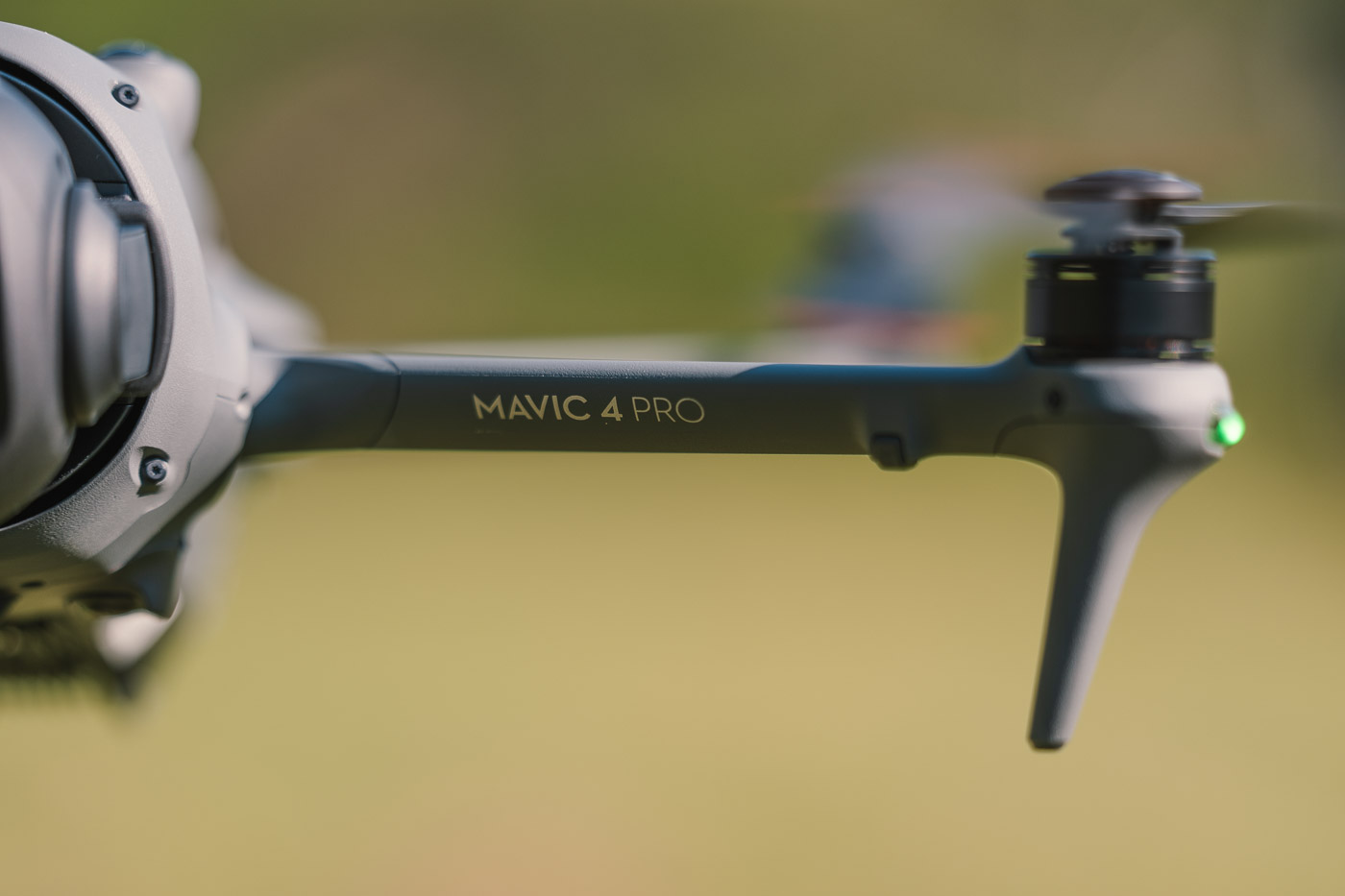

In still photography, the combination of a 4/3 100 MP sensor and DJI’s imaging algorithms makes this drone a formidable tool for aerial photography, with the telephoto lenses providing additional framing options and aiding exploration.
Although real-world flight time is less than advertised, enhanced safety features (especially LiDAR) and the drone’s easy handling — especially with the RC Pro 2 controller — provide a very smooth piloting experience.
There are a few areas for improvement. In manual video mode, not being able to switch lenses without going through Explorer mode slightly hinders flexibility. JPEGs are also overly sharpened, and the overall setup is bulky, particularly when factoring in the controller, extra batteries, etc. But these are minor criticisms in an otherwise exceptional package.
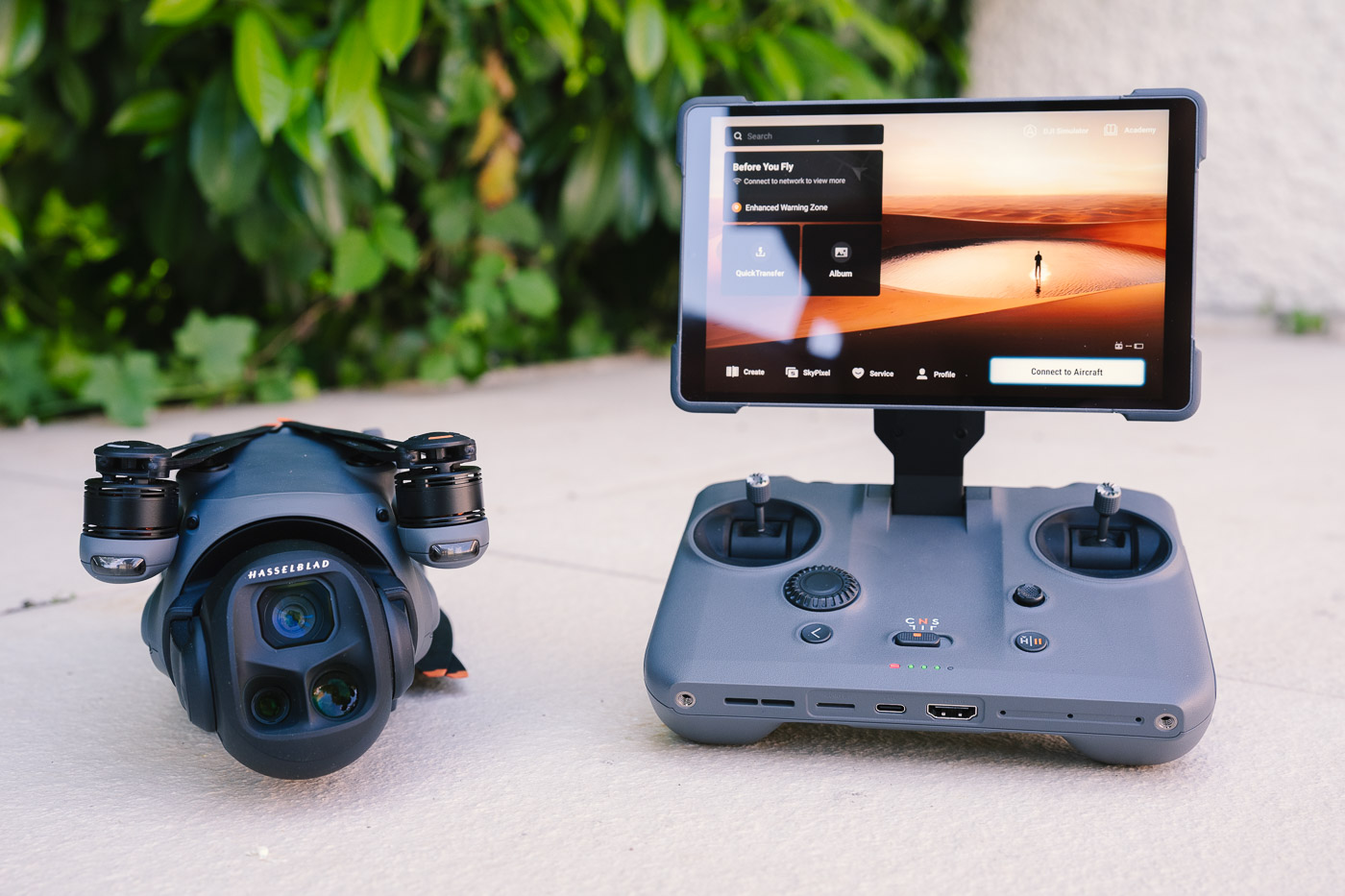

Granted, the Mavic 4 Pro may not be the first drone you buy, especially if you’re just starting out, but for professional drone operators, it’s clearly a top contender for Drone of the Year, pushing the boundaries of drone photography and videography.
The Mavic 4 Pro is available in three configurations:
- Mavic 4 Pro (64 GB), including the drone + RC 2 + 1 battery: $2,699
- Fly More Combo, which adds 2 extra batteries, a charging hub, 100W USB-C charger, and shoulder bag to the 64 GB Mavic 4 Pro: $3549
- Creator Combo (512 GB), which includes the RC Pro 2 remote, 512 GB internal storage, 10-bit All-Intra video recording, and a braided USB-C data cable: $4649
Each pack also includes replacement propellers, which are very easy to install.
The DJI Mavic 4 Pro is available at B&H and other specialized retailers.

